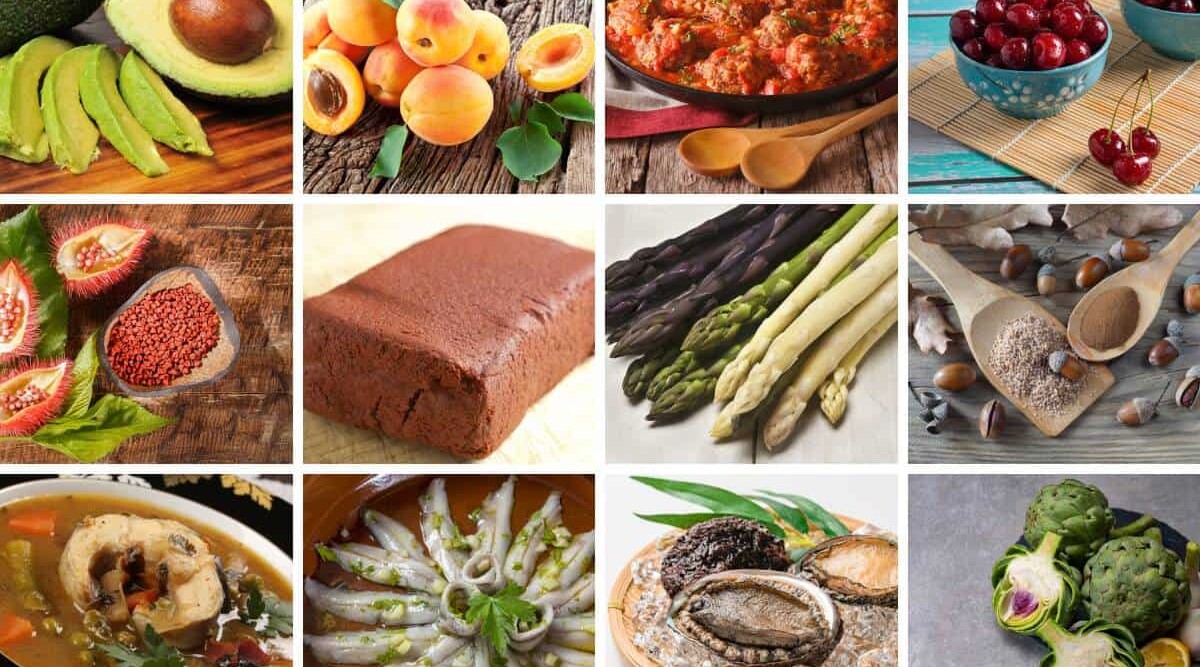
There’s a world of exciting food waiting for you out there! From aalsuppe to avocado, it’s one tasty trip! But where to begin your culinary expedition? How about at the beginning, with our first alphabetized list of things people eat, a list of foods that with start A?
This article lists and describes food and ingredients from around the world that start with the letter A.
We’re all about barbecue around here and learning how to cook everything we can with fire and smoke. But we also plain love food, and discovering new things to try is part of the fun.
With that in mind, and to help you navigate the world of international cuisine, we’ve compiled lists of everything edible from around the world.
Naturally, we start by looking at all the amazing dishes and ingredients that begin with the letter A. And we’ve come up with over 100! Obviously, we can’t possibly list them all — but we’ve tried to be as comprehensive as possible.
This is the first in a series of, naturally, 26 articles. Each article will include a selection of the best-known and most popular food items, each with a short write-up. We’ll try to cover origins and where they’re eaten, descriptions, and other interesting or useful facts. Plus, we’ll share some nutritional highlights and a tip or two for preparing and enjoying each item.
Then, we’ll list all the other items we came up with that are no less exciting but a lot less well-known, at least outside their native lands. We’ll give you a brief description of each one to either help you decipher a recipe or decide if it’s something you want to try.
Our goal is to be your go-to encyclopedia of alphabetical eating.
We begin with a trendy superfood that many of us are afraid of mispronouncing and looking silly in front of the grocery store clerk. (Don’t worry; we’ll tell you how to say it!)
Jump to:
- 1 Most Popular Foods Beginning With a
- 1.1 Acai
- 1.2 Acorn Squash
- 1.3 Adobo
- 1.4 Agar
- 1.5 Agave / Agave Syrup / Agave Nectar
- 1.6 Ahi Tuna
- 1.7 Aioli
- 1.8 Albacore Tuna
- 1.9 Albóndigas
- 1.10 Alfalfa
- 1.11 Alfredo Sauce
- 1.12 All-Purpose Flour
- 1.13 Allemande Sauce
- 1.14 Alligator
- 1.15 Allspice
- 1.16 Almond Butter
- 1.17 Almonds
- 1.18 American Cheese
- 1.19 Anchovies
- 1.20 Andouille Sausages
- 1.21 Angel Food Cake
- 1.22 Angus Beef
- 1.23 Anise
- 1.24 Apple Pie
- 1.25 Apples
- 1.26 Applesauce
- 1.27 Apricots
- 1.28 Arancini
- 1.29 Arborio Rice
- 1.30 Arepas
- 1.31 Arrabbiata Sauce
- 1.32 Arrowroot
- 1.33 Arroz Con Huevos / Arroz Con Maiz / Arroz Con Pollo
- 1.34 Artichoke / Artichoke Hearts
- 1.35 Arugula
- 1.36 Asiago Cheese
- 1.37 Asparagus
- 1.38 Aubergine
- 1.39 Avocado
- 1.40 Avocado Oil
- 2 Less Common & Unusual Foods Beginning With A
- 2.1 Aalsuppe
- 2.2 Abacha
- 2.3 Abalone
- 2.4 Abgoosht
- 2.5 Acerola Cherries
- 2.6 Achacha
- 2.7 Achar
- 2.8 Acheke
- 2.9 Achiote Paste
- 2.10 Acorns
- 2.11 Acuka
- 2.12 Adai
- 2.13 Adzuki Beans
- 2.14 Afang
- 2.15 Agrodolce
- 2.16 Aguachile
- 2.17 Ahriche
- 2.18 Ajika
- 2.19 Ajvar
- 2.20 Ajwain Seed
- 2.21 Akara
- 2.22 Akkawi
- 2.23 Alewife
- 2.24 Alheira
- 2.25 Alloco
- 2.26 Aloo Gobi
- 2.27 Amala
- 2.28 Amanatsu
- 2.29 Amaranth
- 2.30 Amarelle Cherries
- 2.31 Ambrosia
- 2.32 Ambuyat
- 2.33 Amchoor
- 2.34 Amok Trey
- 2.35 Andagi
- 2.36 Anko
- 2.37 Anmitsu
- 2.38 Annatto
- 2.39 Aonori
- 2.40 Appam
- 2.41 Apple Fritter
- 2.42 Arame
- 2.43 Arracacha
- 2.44 Ash Cake
- 2.45 Ash Soup
- 2.46 Asian Greens
- 2.47 Asian Noodles
- 2.48 Asida
- 2.49 Asopao
- 2.50 Aspic
- 2.51 Avgolemono Soup
- 3 Final Thoughts
Most Popular Foods Beginning With a
Let’s explore some of the top foods at the top of the alphabet. How many have you tried already, and which ones will you add to your list to sample?
Acai
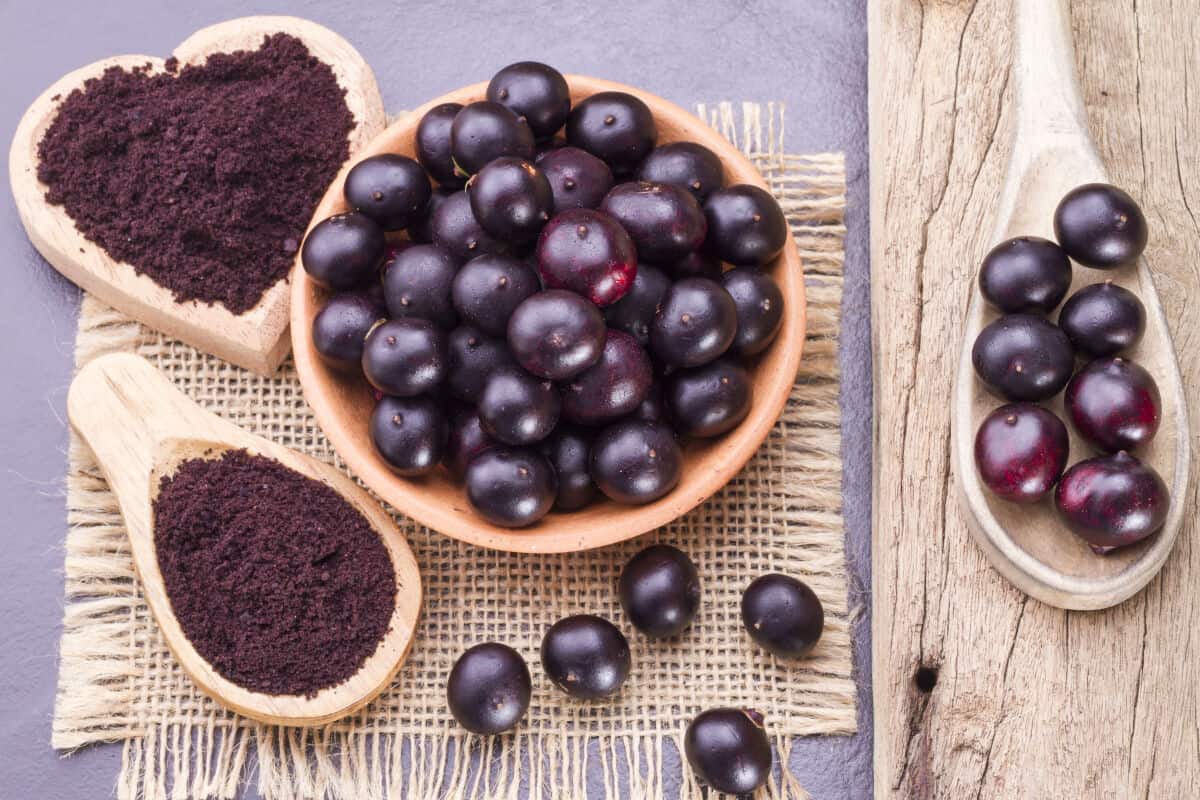
Properly spelled açaí and pronounced “ah-sigh-EE,” these are grape-sized purple berries native to South America and harvested from acai palms. The berries are more earthy in flavor than sweet and have tough skin.
Acai berries are usually soaked to soften the skin before being mashed into a pulp or puree.
Acai is a trendy “superfood” and has become a popular mix-in at smoothie bars and health food restaurants, where it is commonly blended with sweeter fruits like bananas.
- Nutritional info: Acai berries are incredibly high in antioxidants, higher even than blueberries. They are also good sources of fiber and calcium.
- Cooking / Eating tips: Fresh acai berries have a short shelf life, so use them quickly. Pureed berries are excellent to mix into smoothies and power bowls.
Acorn Squash
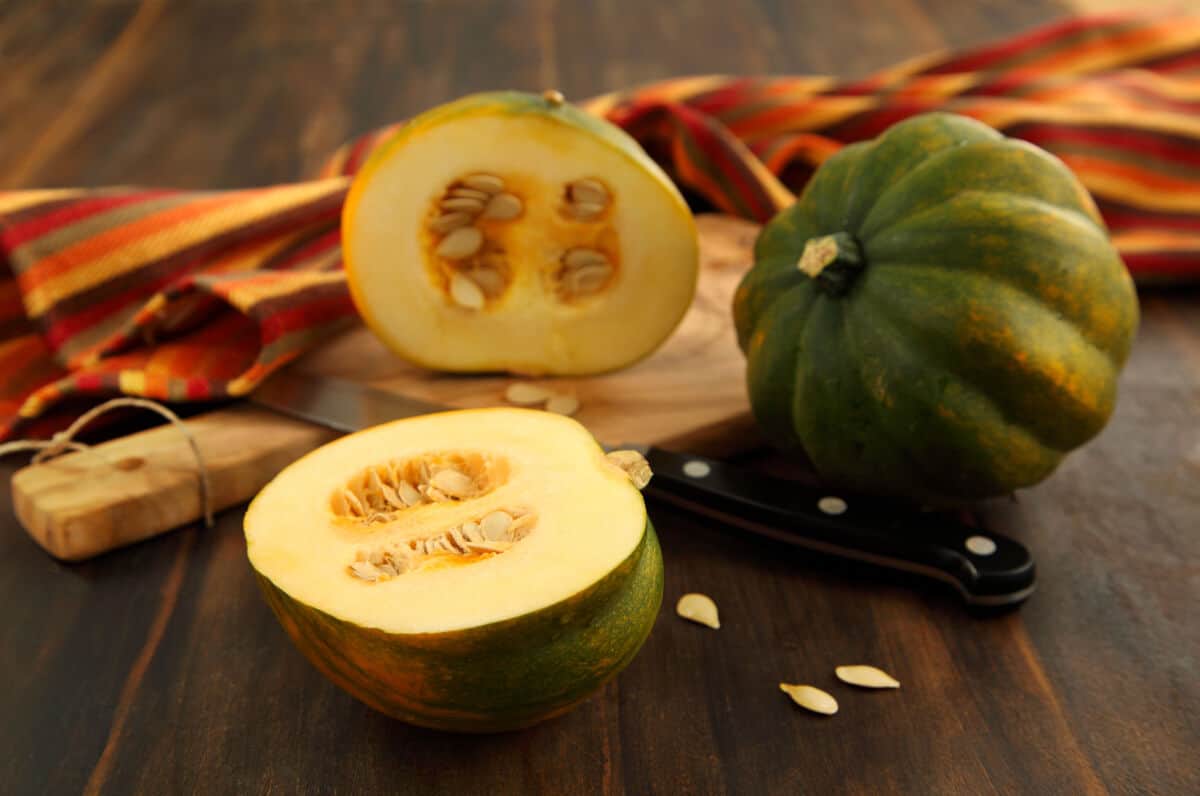
It is a popular variety of winter squash named for its resemblance to the acorn nut. Typical examples weigh 1 – 2 pounds and measure 4 – 7 inches long.
They are most commonly dark green on the outside and sometimes feature a spot of orange near the stem. Newer variants are available in golden or white hues.
Acorn squash is native to North and Central America and was eaten by indigenous peoples well before European settlers arrived.
The taste of the yellow-orange flesh is mild, sweet, and slightly nutty. Acorn squash is usually baked to soften the insides.
- Nutritional info: Acorn squash is high in vitamins C, B1, B6, and B9, as well as fiber, Iron, Magnesium, and Potassium.
- Cooking / Eating tips: Because the taste is mild, acorn squash is highly versatile. You can roast it with any spices you enjoy, drizzle it with maple syrup, or stuff them with rice, ground beef, ground pork, and more.
Adobo
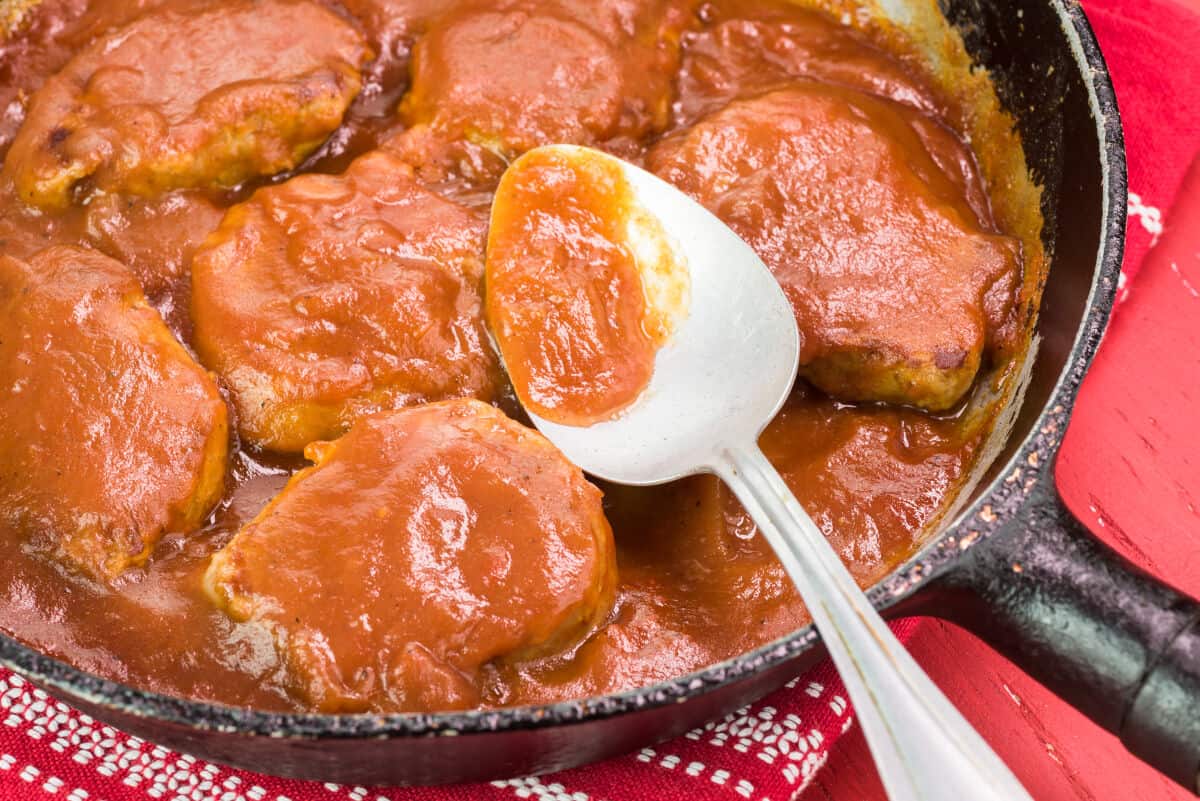
This tricky term may refer to one of three things: a traditional Philippine dish, a Spanish marinade, or a Caribbean spice blend.
As a dish, it’s usually made with chicken or pork marinated in a sauce, often made with soy sauce, vinegar, peppercorns, and garlic. The marinade is later simmered into a sauce to serve over the meat.
Spanish adobo marinades are usually dark red and made with chipotle and paprika. Adobo spice mixes may be wet or dry, but the most common are dry mixes of oregano, salt, pepper, onion powder, garlic powder, and possibly dried citrus fruits.
It’s popular in both Puerto Rico and the Dominican Republic.
- Nutritional info: This varies depending on the protein (if any) and the ingredients used.
- Cooking / Eating tips: If marinating, allow the meat at least an hour in the mix (refrigerated, of course) to absorb the flavor. Keep the heat moderate; you want to simmer, not boil, to avoid drying out your meat. And don’t be afraid to customize ingredients and proportions to suit your tastes.
Agar
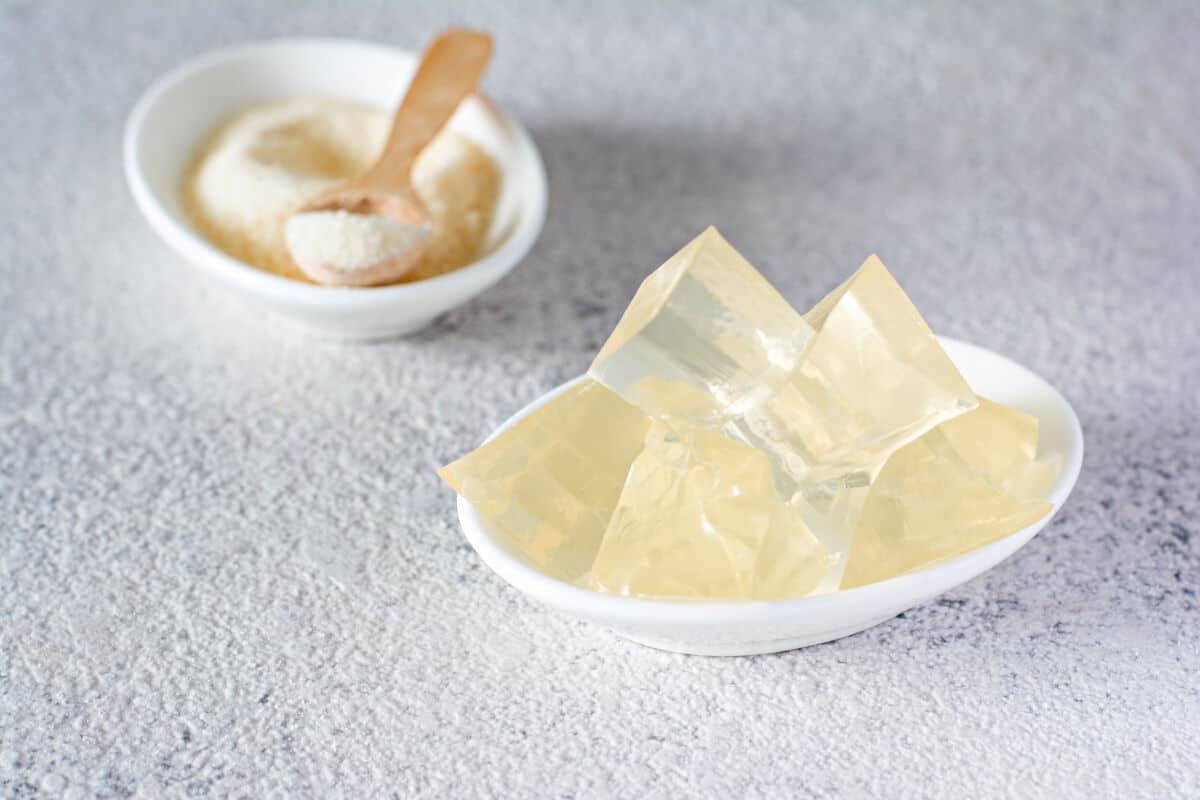
Also known as agar-agar or kanten, this is a gelatin made from red algae, a type of seaweed.
Agar is used for making gelatin and for thickening dishes, especially desserts. It’s commonly used in ice cream, gummies, and puddings. It’s most common in China and Japan, where it’s harvested and available in powder, flake, or bar form.
Agar is completely flavorless, so you can use it in any application without worrying about affecting the taste.
Because it’s made from seaweed, agar is a popular vegetarian/vegan alternative to gelatin, which is animal-derived. Agar is similar to carrageenan, which you may have seen on some grocery store ingredient lists.
- Nutritional info: There is no fat in agar, and it’s low in calories. There’s next to no nutritional value, and there’s no sugar, either.
- Cooking / Eating tips: Powdered agar is the easiest format to use, as it dissolves easily in hot water.
Agave / Agave Syrup / Agave Nectar
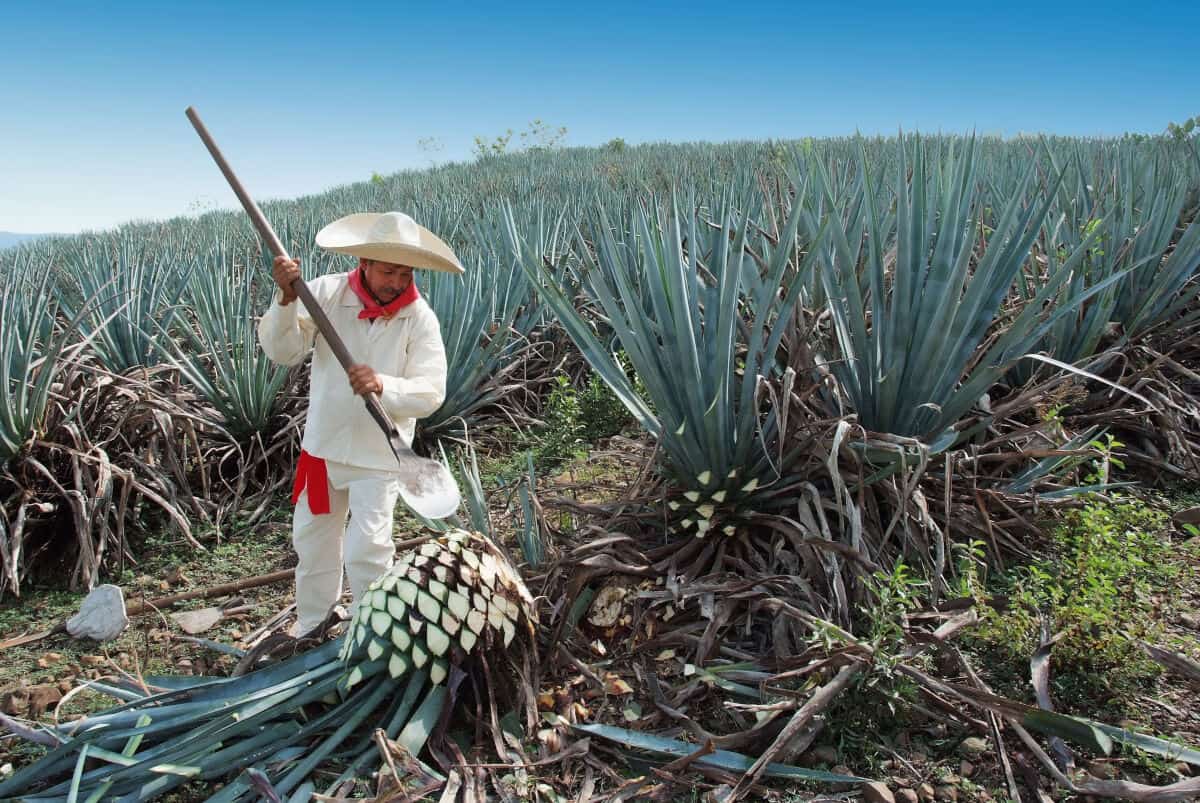
The agave is a species of desert plant native to Mexico and the southern United States. There are several varieties, with blue agave being the best known. The popular alcohol tequila is made from the central bulb of blue agave.
Although agave is almost entirely edible, the most popular use is the extraction of agave syrup or agave nectar. The syrup is very high in fructose and is about 1.5 times sweeter than sugar. While seen as more “natural” than refined sugar, it’s no healthier.
Some vegans choose agave syrup, which is thick and golden in color, to substitute for honey.
- Nutritional info: Agave syrup is very low in nutritional value but is a potent sweetener made without animal inputs and with only trace amounts of sucrose.
- Cooking / Eating tips: Agave syrup comes in a variety of strengths. Light-colored syrups are almost flavorless and are excellent for sweetening without impacting the flavor profile. Dark syrups add strong caramel notes and are excellent in sauces for meat, in strong coffee, or to pour straight on waffles, pancakes, and French toast.
Ahi Tuna
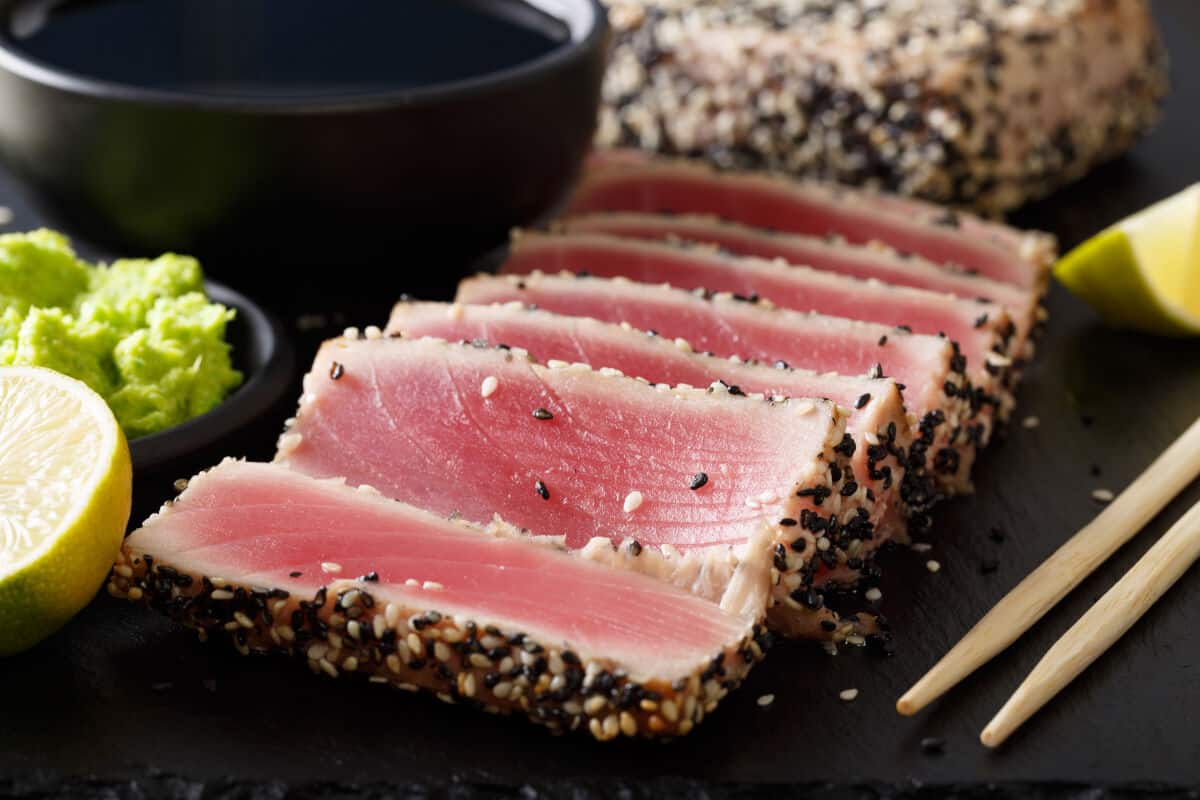
The Hawaiian name for yellowfin tuna is known as Kihada in Japan.
This popular fish may weigh over 200 pounds but is commercially caught from as low as 3 pounds. Ahi is line-caught year-round in Hawaii, and most of it is sold fresh.
The deep red or pink flesh is firm and with a mild taste, making it extremely popular, even with people who don’t typically enjoy fish.
Ahi is highly versatile and is commonly served in various styles, from sashimi to seared, grilled, and blackened.
Poke bowls, a Hawaiian dish featuring rice, sesame seeds, avocado, and some kind of salty sauce, often include ahi tuna.
- Nutritional info: Ahi tuna is low in fat and high in protein, B6, B12, magnesium, and omega-3s.
- Cooking / Eating tips: Because they’re so thick, ahi tuna steaks are excellent for the barbecue, and you can grill them right on your main grate – no skillet required.
Aioli
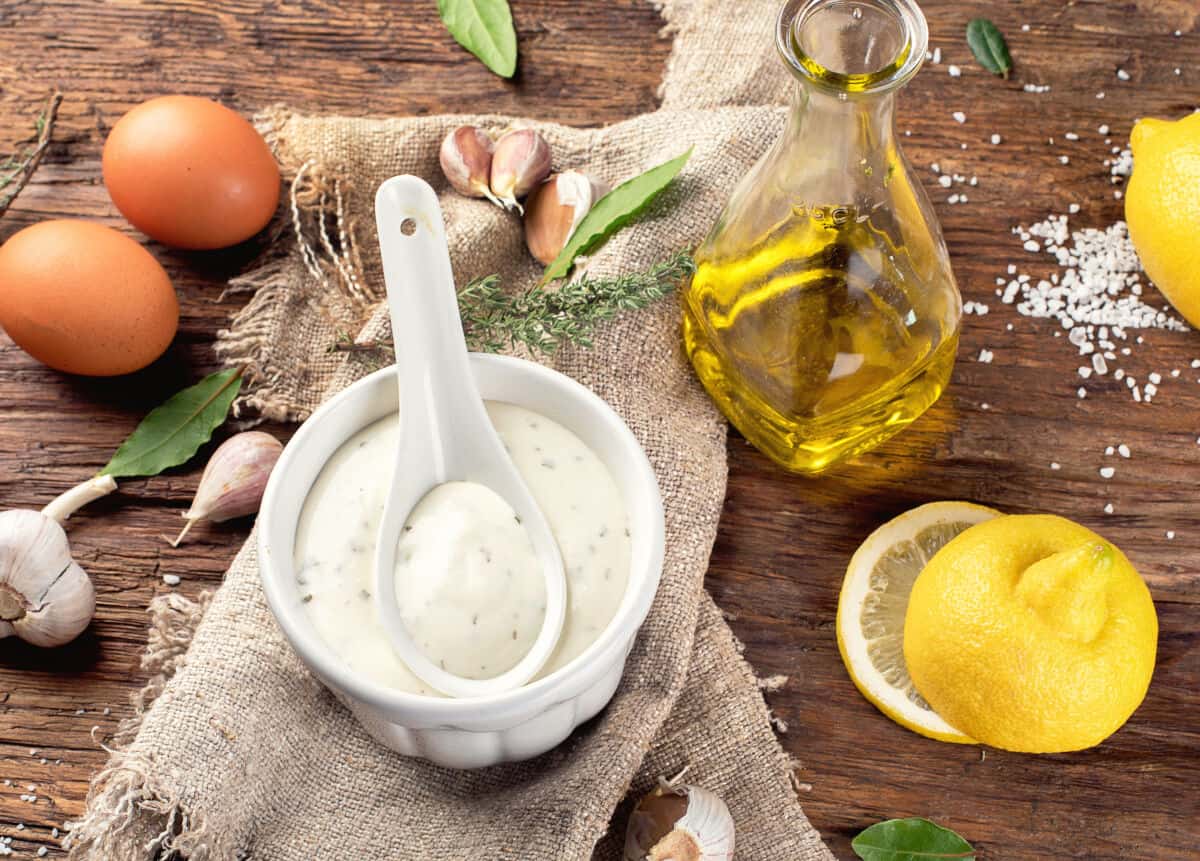
True aioli, a thick sauce with Mediterranean origins, is made from olive oil, mashed garlic, and a bit of salt, all blended until it’s emulsified. Originally, this process would have been entirely done by hand with a mortar and pestle. Today, it’s commonly made with a whisk or a food processor.
Although creamy, Italian aioli contains no mayonnaise; in France, it’s often made with egg yolks, lemon, and mustard and has a mayonnaise-like consistency.
Many aiolis are flavored with extra ingredients, including spicy versions with chipotle or sriracha, and it’s easy to customize your own version for any dish.
- Nutritional info: Aioli is typically high in fat and calories but with zero net carbs. It’s very low in nutrients.
- Cooking / Eating tips: You can use aioli on almost anything, and it’s a delicious stand-in for mayo on sandwiches and burgers or for tartar sauce with fish.
Albacore Tuna
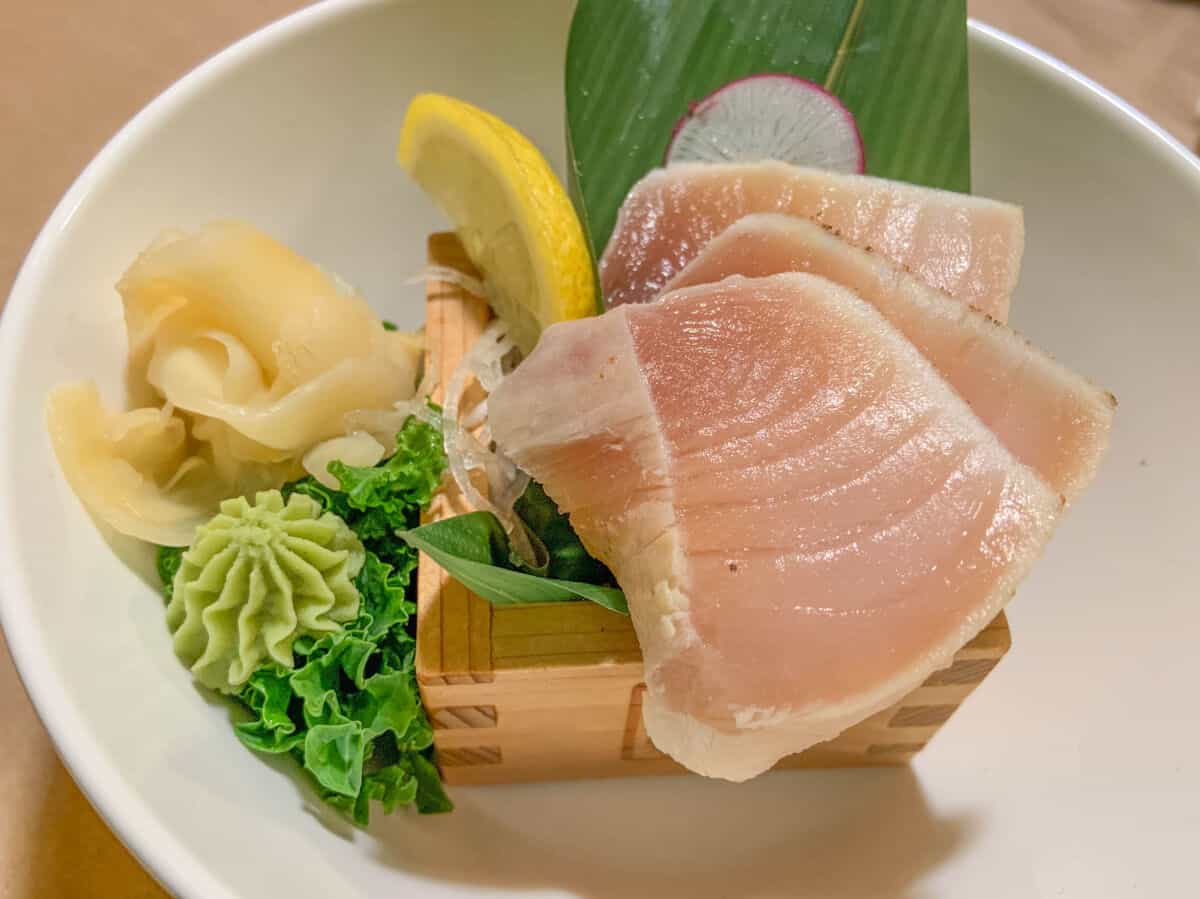
Also known as the longfin tuna, albacore is caught in tropical and temperate waters in the Atlantic, Pacific, and Indian Oceans, plus the Mediterranean Sea. The meat is usually a light color and may be pink or even beige when raw and turns closer to white when cooked; sometimes, albacore is marketed as “white tuna.”
Albacore is a popular choice for canned tuna, but you can buy it fresh, too. The taste is mild and not very “fishy.” it’s not as firm as ahi, so it’s not good for sashimi and doesn’t grill as easily.
Albacore tuna is eaten all over the world.
- Nutritional info: Albacore is a low-carb, high-protein fish loaded with omega-3 fats. Mercury is a problem in albacore tuna because it is a predatory fish; therefore, limit your consumption of albacore to just a few times per month.
- Cooking / Eating tips: You can enjoy albacore rare or medium-rare to enhance the fish flavor and preserve the moisture. Your best options are searing in a pan or carefully grilling on the BBQ.
Albóndigas
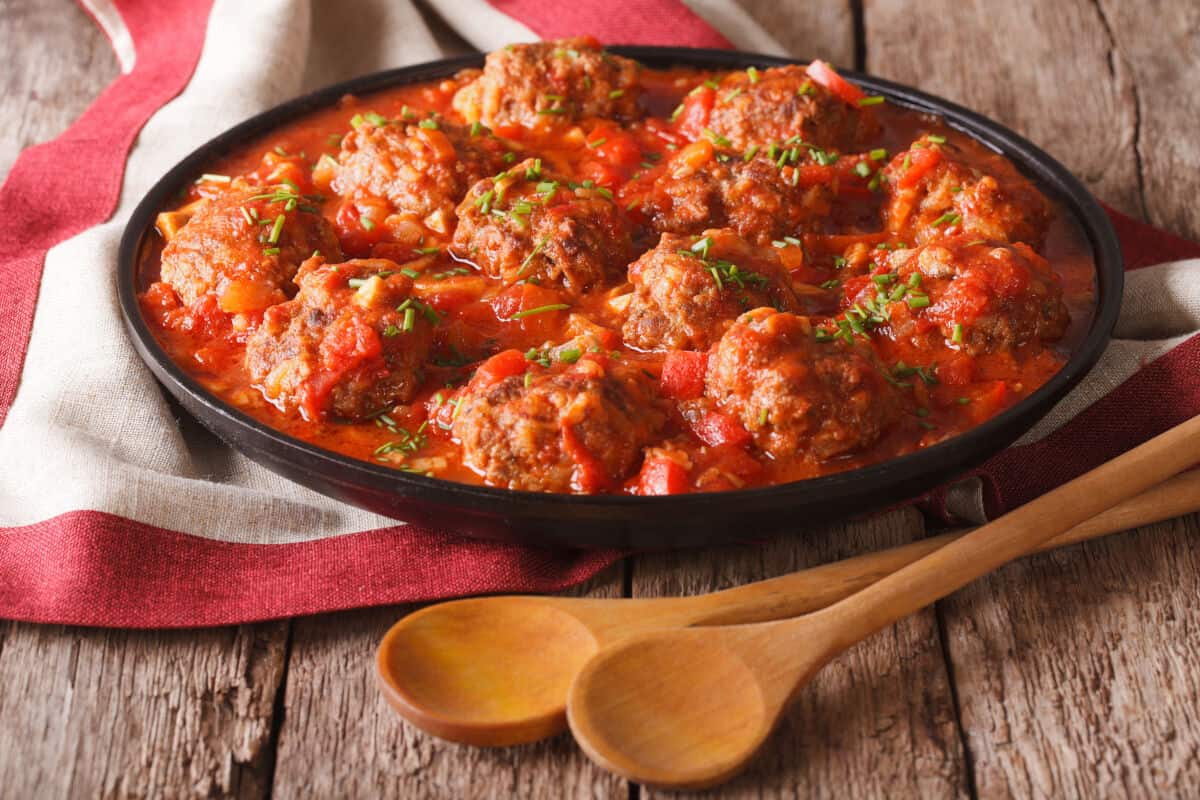
Generally, this term refers to Spanish meatballs, usually served as tapas, small appetizers served to hold you over before a late dinner.
Albondigas are served in a tomato sauce and are small enough to eat in a single bite. They can be made with any combination of veal, pork, or beef and pan-fried before simmering in sauce.
The meat is usually lightly seasoned, preserving its natural flavor. Sauce recipes vary but generally include crushed tomatoes, paprika, and red wine.
In Mexico, they serve Albondigas Soup, made with meatballs, chicken or beef broth, and vegetables.
- Nutritional info: Varies depending on the protein, but generally a high-calorie item that’s also high in fat and cholesterol. Fortunately, it’s an appetizer; you won’t eat many at a sitting! Paprika, the key spice in albondigas, is a good source of vitamin A and antioxidants.
- Cooking / Eating tips: Always pan-fry the meatballs before simmering and finishing in the broth. They’ll be tastier and juicier than baked meatballs.
Alfalfa
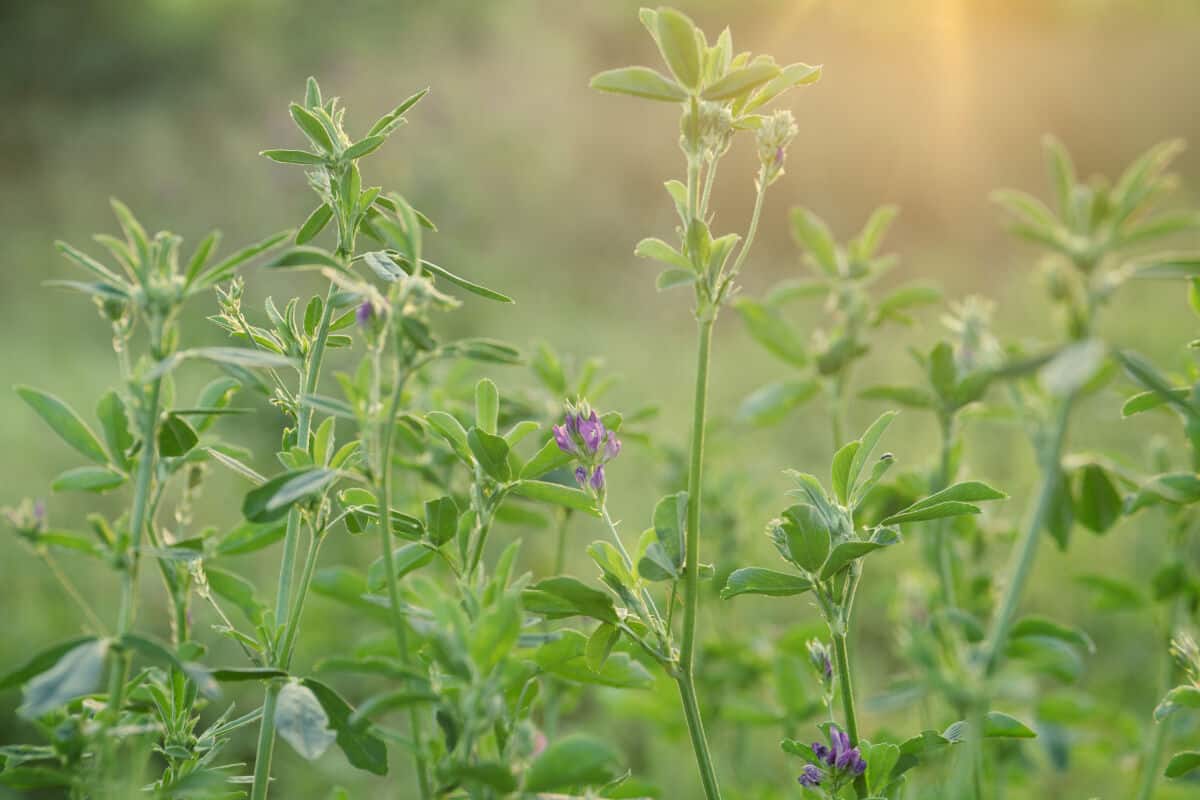
Technically part of the legume family, many consider this nutritious plant a herb.
Alfalfa is commonly fed to pets and livestock, though humans also use it as a dietary supplement in dried or powdered form.
Thought to originate in South and Central America, alfalfa is now grown worldwide. Sprouted alfalfa seeds can be added to warm salads for enhanced nutrition and texture. They are also popular on sandwiches and in wraps and fresh rolls.
- Nutritional info: Alfalfa is a good source of many minerals, including iron, magnesium, and copper, plus vitamins B1, B2, C, and K. It can also help reduce LDL cholesterol and promote a healthy urinary tract.
- Cooking / Eating tips: Alfalfa wilts quickly, so add it to warm meals shortly before serving.
Alfredo Sauce
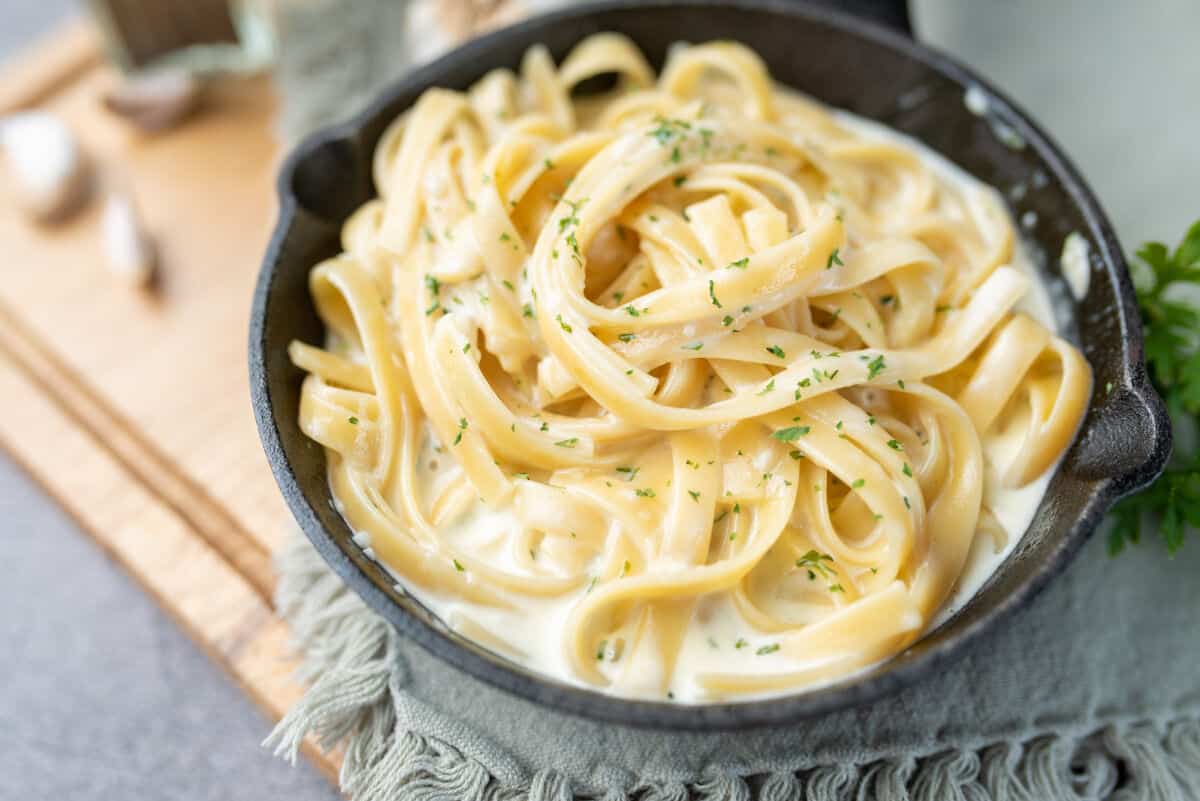
A true Italian original, authentic alfredo consists of butter, Parmesan cheese, salt, and water leftover from boiling pasta. Most recipes call for heavy cream, as well, but this seems to be an Americanization of the real deal.
The simple sauce is most commonly served with fettuccine noodles and was invented in 1914 by Italian restaurateur Alfredo di Lelio.
- Nutritional info: Very high in fat and cholesterol, especially the heavy cream versions. But high in calcium thanks to all the dairy content.
- Cooking / Eating tips: Alfredo is very simple in its basic form, so feel free to add seasonings and spices to jazz it up or fit a theme for a meal.
All-Purpose Flour

Usually made from a blend of soft and hard wheat varieties, you can use this flour for just about all your baking needs, including cookies, muffins, and pizza dough.
It’s ok for bread but is less suitable for cake.
All-purpose flour comes in bleached and unbleached formats and is frequently enriched with nutrients since it has very little nutritional value on its own.
- Nutritional info: Enriched all-purpose flour is a good source of iron and protein.
- Cooking / Eating tips: If you’re baking cake but have only all-purpose flour, for every cup of flour, remove 2 tablespoons of flour and replace with 2 tablespoons of cornstarch; sift together before using.
Allemande Sauce
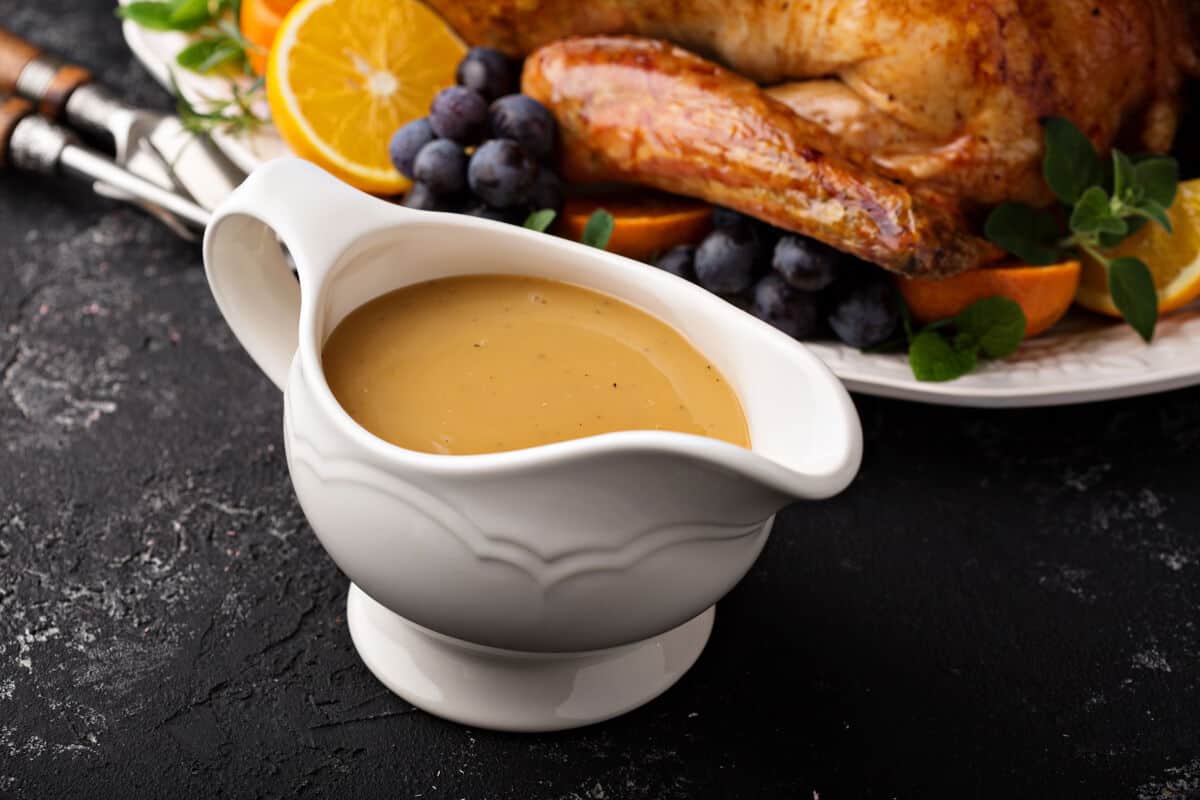
So, the name means “German”; but, oddly, this is a classic part of French cuisine, invented in the 19th century.
Allemande sauce is made with veal velouté (a so-called “mother sauce” made with veal stock, flour, and butter), egg yolks, salt, and heavy cream. It’s tricky to make but very rich and delicious. It’s highly versatile, commonly used to top mains like roast beef, grilled salmon, and side dishes including asparagus and roasted potatoes.
- Nutritional info: Very high in calories, fat, and cholesterol, but you can control the salt to make it suitable for a low-sodium diet.
- Cooking / Eating tips: Allemande sauce is very rich, so don’t pour it on in large quantities like a gravy.
Alligator
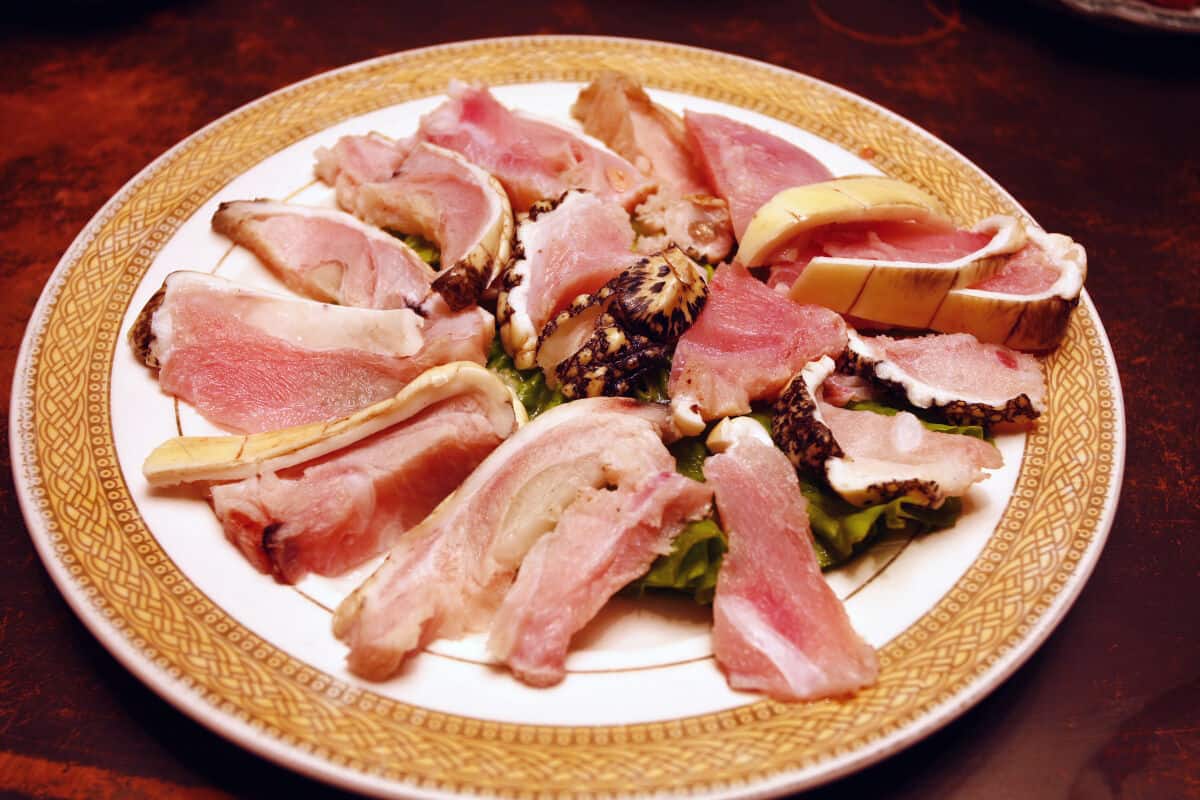
While considered game meat, almost all alligator meat comes from farm-raised animals.
Alligators are farmed and eaten anywhere in the world where they naturally exist, especially in China and Southeast Asia, and the southern United States.
Alligators yield both white and dark meat, and the taste is often compared to chicken and pork, and you can cook it in much the same way.
Popular cuts include ribs, tenderloin, and tail meat, and there’s also ground alligator.
- Nutritional info: Alligator is lean meat high in protein and low in fat, combining the benefits of chicken and beef.
- Cooking / Eating tips: Alligator meat is suitable for smoking and dehydrating into jerky.
Allspice
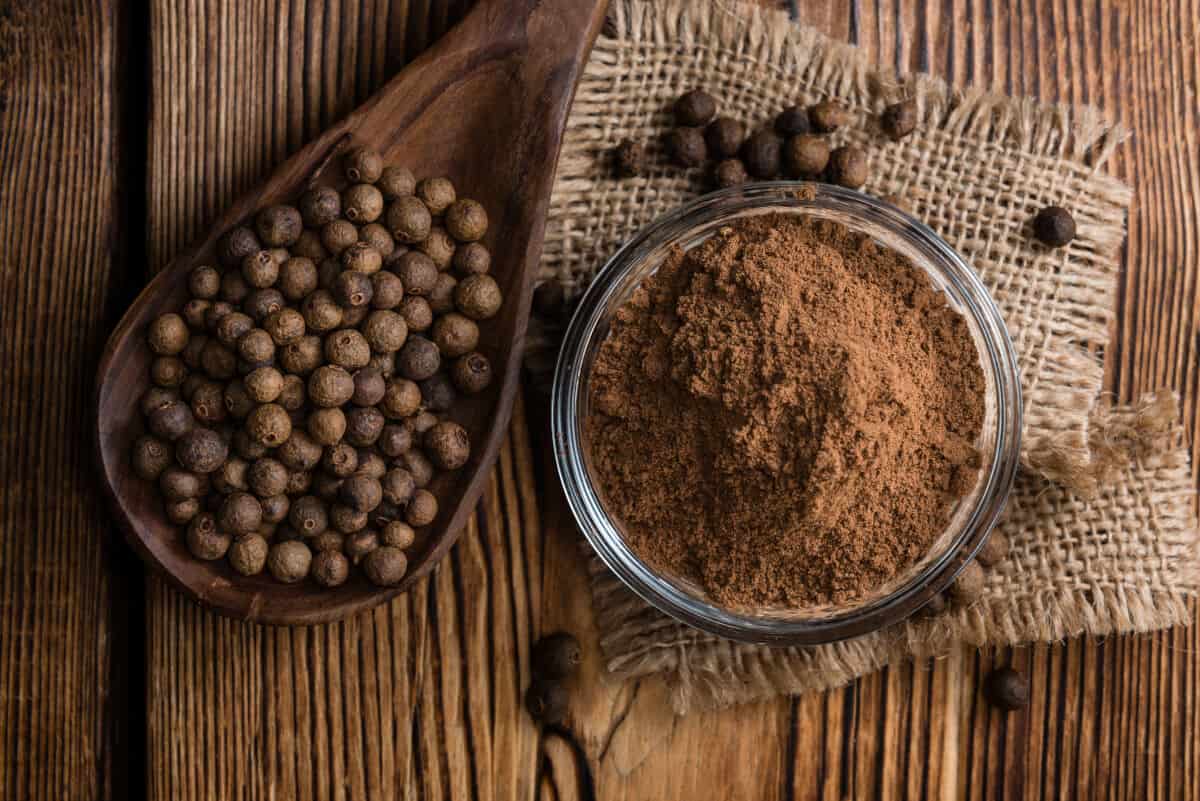
It sounds like a blend, but allspice is a seasoning made from dried Pimenta dioica berries, a Jamaican plant that’s part of the myrtle family. The dried berries look a lot like peppercorns, and the taste of the spice is reminiscent of pepper, but also with hints of nutmeg, cloves, cinnamon, and even a touch of sweetness.
Early European explorers brought it back with them, and today, allspice is popular not only in Caribbean and Latin American cuisine but also in Europe and around the Mediterranean.
Allspice is a primary ingredient in jerk seasoning.
- Nutritional info: Like most spices, allspice has very few nutrients in the small quantities in which it’s consumed in food. Liquid forms are available for use as a supplement, and those who make it and take it claim many (mostly unproven) health benefits.
- Cooking / Eating tips: Allspice is excellent in meaty dishes like soup, stew, and baking, especially in fall and winter recipes. Whole allspice berries may be used just as you would whole cloves.
Almond Butter
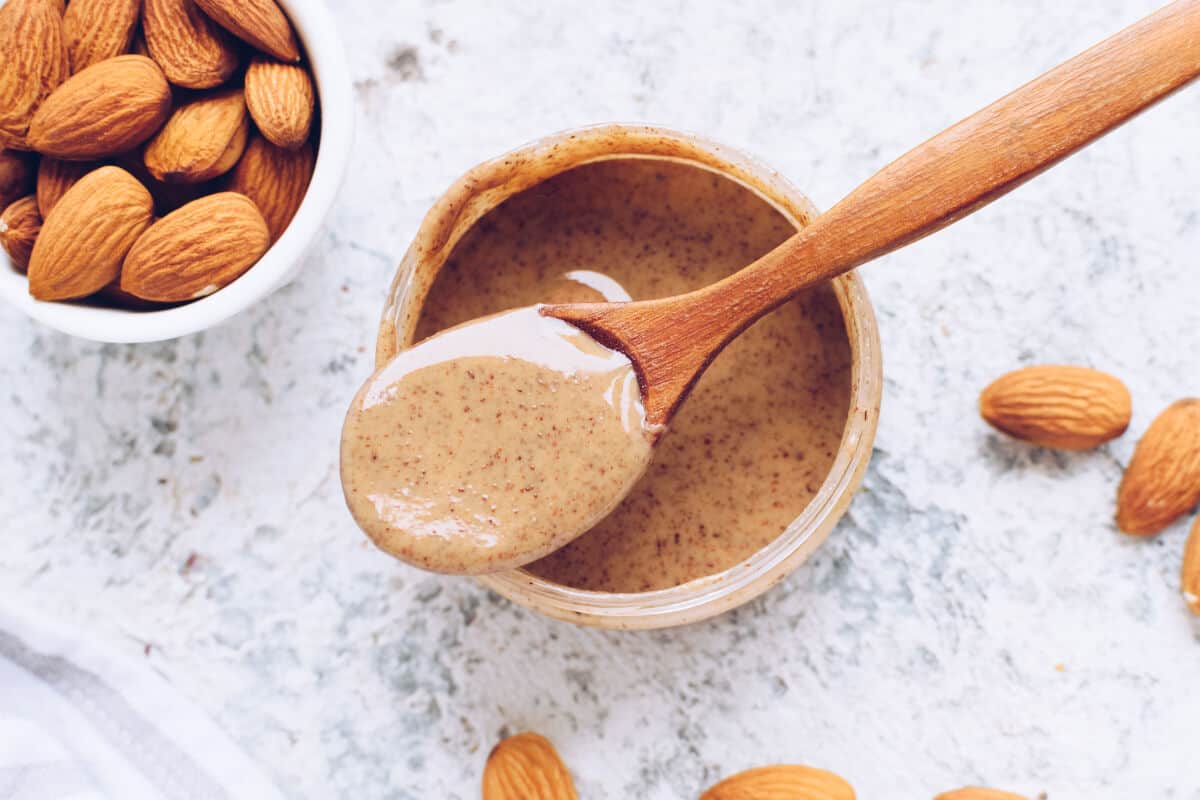
A popular substitute for peanut butter, almond butter is a spreadable paste made of ground almonds. The almonds may be raw or roasted before grinding to alter the flavor.
The rise in peanut allergies has made almond butter increasingly common recently, though it seems to be an invention of cereal and healthy lifestyle pioneer John Harvey Kellogg in the early 20th century.
Good almond butter should have few to no other ingredients, likely excepting salt; the natural oils inside almonds allow it to become spreadable when ground.
Almond butter tends to be more naturally flavorful than peanut butter, and you can use it anywhere you’d typically use peanut butter.
- Nutritional info: High-quality almond butter can be highly nutritious and is a good source of protein, fiber, potassium, iron, vitamin E, and more. Watch out, though; some brands add a lot of sugar.
- Cooking / Eating tips: It’s easy to make almond butter with raw almonds and a food processor. Adding avocado oil will make it more spreadable, and you can flavor it with spices and extracts if desired.
Almonds
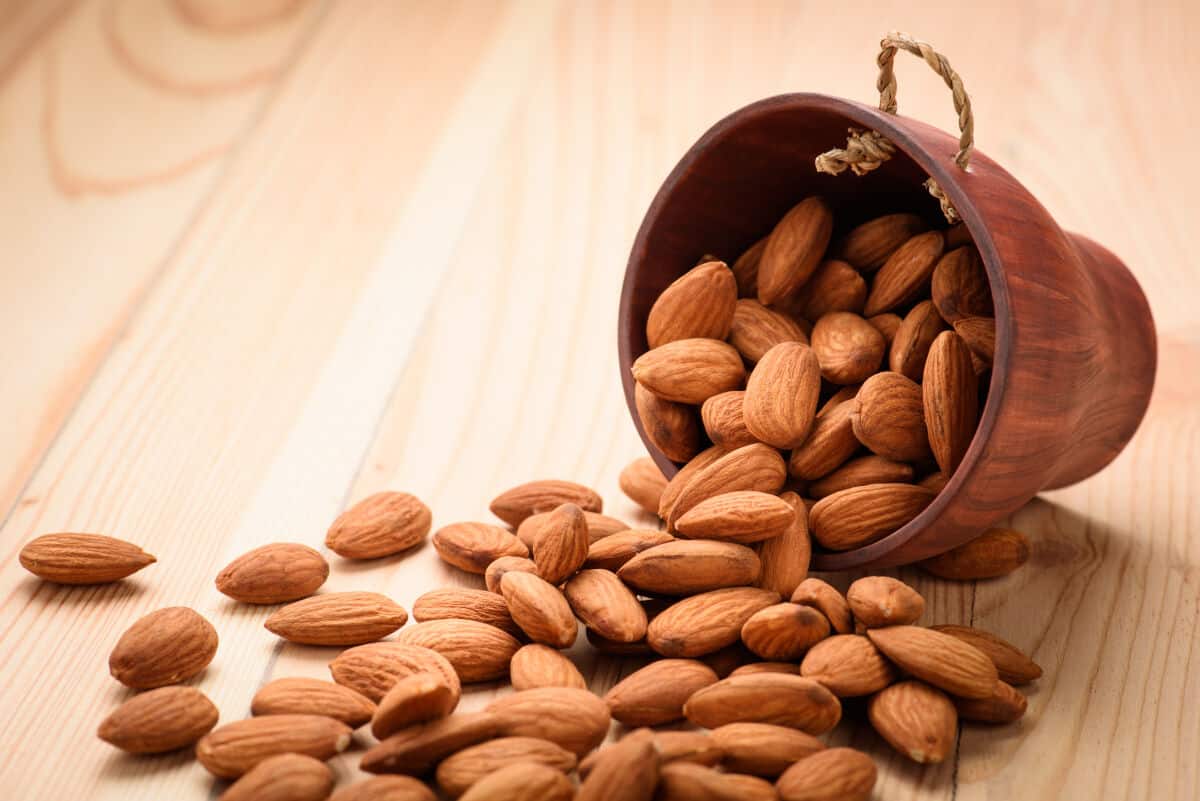
Almond trees are native to Iran and the surrounding area. Today, they are grown commercially in many parts of the world.
What we call almonds are seeds from the fruit of the almond tree; this is why people with nut allergies can safely eat almonds.
Over half of the world’s almonds are grown in the U.S., mainly in California.
Almonds have been a popular snack since ancient times and are used in desserts in France, Germany, Greece, Morocco, and more.
Almonds have a mild, nutty flavor when raw and may be sweet or bitter, depending on the variety. Common almond products include almond oil, almond extract, and almond milk.
- Nutritional info: Almonds are gluten- and cholesterol-free, and provide fiber, unsaturated fats, and valuable nutrients. Just one ounce of almonds gives you over ⅓ of your daily vitamin E requirements.
- Cooking / Eating tips: Try smoking almonds in your smoker or barbecue for an excellent snack. Add a bit of oil and/or salt and seasonings to create different flavor profiles.
American Cheese
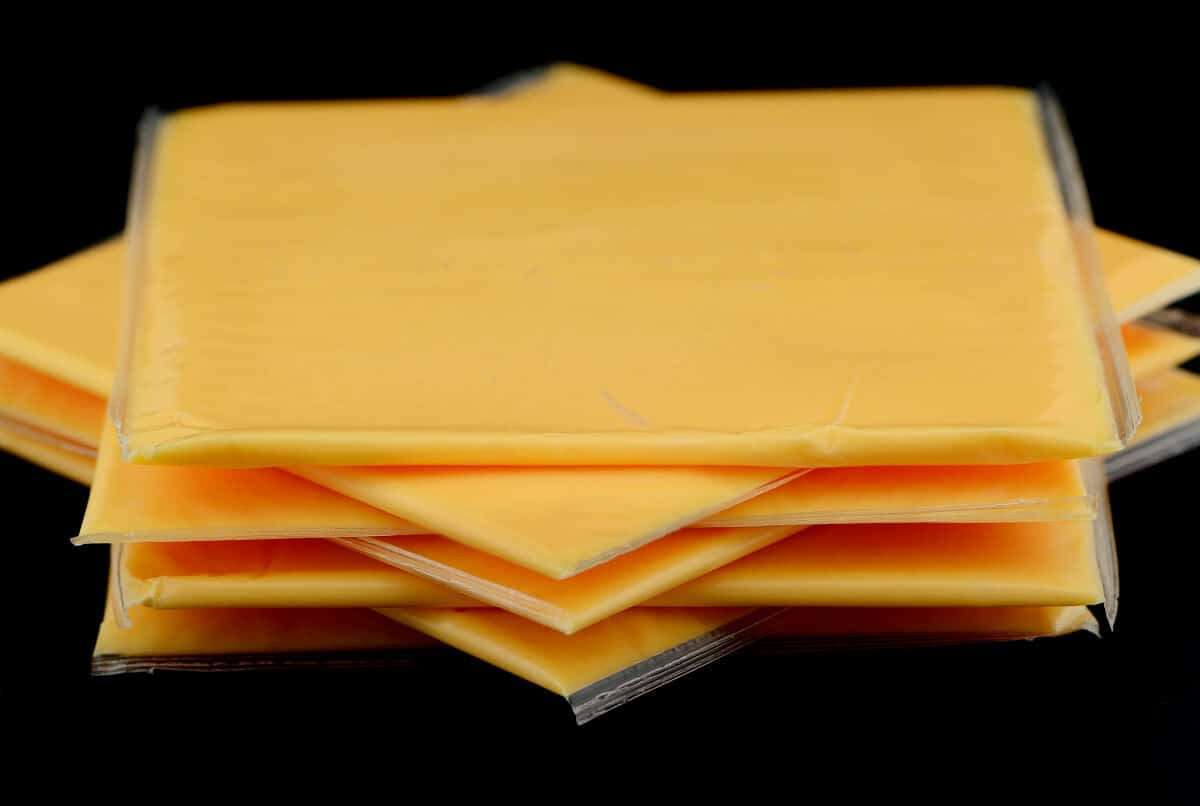
Not a true cheese, American cheese is a “pasteurized process cheese food” according to the FDA Code of Federal Regulations. Why? Because there is an insufficient quantity of milk for legal cheese status.
American cheese was once made of blended cheeses like cheddar and Colby, but is now made from milk, milk fats and solids, whey, and other fats. It’s available in blocks, but most of us are more familiar with the thin-sliced variety, often with each slice individually wrapped for snacking.
It’s a soft product, is easy to chew, and melts readily.
American cheese is usually smooth, can be yellow or white, has a moderate and generic cheese flavor, and is a go-to topping for low-cost sandwiches like subs and grilled cheese.
- Nutritional info: It’s high in fat and sodium but can also be a good source of calcium — an excuse many parents use for giving it to their kids.
- Cooking / Eating tips: American cheese is an excellent choice for a casual cheese fondue because it’s inexpensive and melts so easily.
Anchovies
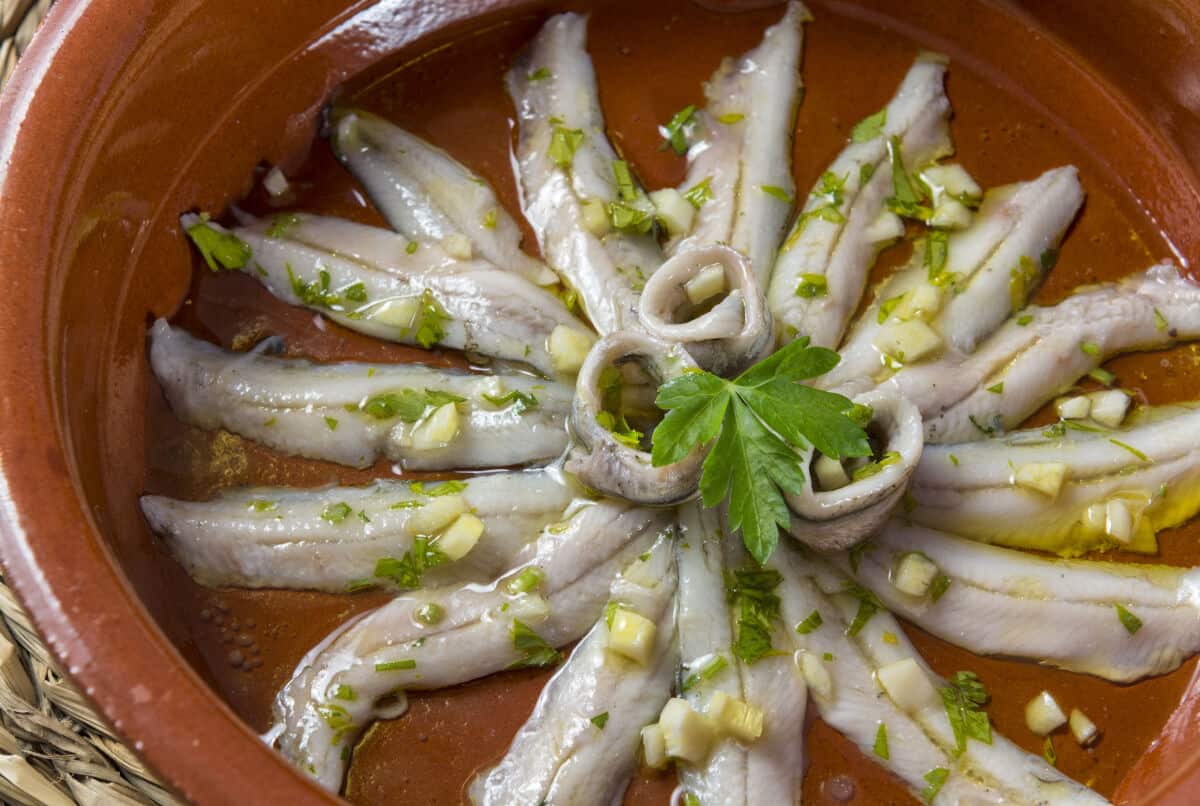
Anchovies are small saltwater fish caught in the Atlantic and Pacific Oceans and the Black and Mediterranean Seas. They measure about 5–8 inches long and are very thin, feeding on fish fry and plankton.
Anchovies are oily fish and are a good source of omega-3 fatty acids.
Once gutted, anchovies can be eaten whole, including the scales, though they are often packed in oil as tiny filets.
Depending on the quality and variety, the flavor can be moderate to intensely fishy, and they are naturally salty.
Anchovies are popular in Mediterranean and Asian cuisine and are almost always offered as a pizza topping in North America.
- Nutritional info: Choose anchovies for a bonus of omega-3s, B12, calcium, and selenium in whatever you add them to. Watch out for the high sodium content; 20g of these little fishies (about 5) has 30% of your daily requirement.
- Cooking / Eating tips: If whole anchovies make you squeamish, mince them for a flavorful (and basically invisible) mix-in for dressings and sauces.
Andouille Sausages

Pronounced ahn-DOO-ee, these French pork sausages are traditionally made from pig intestines and stomach mixed with seasonings and onions.
The large, dry sausages are often served poached, cooled, and sliced thin, though grilling is also popular.
American-style andouille is made with pork butt.
In the U.S., these sausages are a popular part of Cajun and Creole cuisine and can be very spicy and heavily smoked. You’ll find them in jambalaya and gumbo, and they taste not unlike chorizo.
- Nutritional info: They’re lower in fat than many other sausages but are still considered high in fat, saturated fat, and sodium.
- Cooking / Eating tips: Though they’re most often used sliced in other dishes, the strong flavor makes them great to eat as they are or on a bun with mustard and other condiments.
Angel Food Cake

Dating back to at least 1878, the origins of this fluffy cake are definitely American, though several states lay claim to its invention.
Angel food cake is a sponge cake made with egg whites; yolks and butter are not included, hence the almost perfectly white color.
The batter must be thoroughly whipped to be as light and fluffy as possible, though the process may vary, and it’s more about duration than power or speed.
The cake is sweet but generic and lends itself to almost any topping; fruit or berries are especially popular.
- Nutritional info: There’s some protein in Angel Food Cake, about 3g per slice (depending on how big you like your slices), and almost no fat at all.
- Cooking / Eating tips: Experts say to cool angel food cake upside down in the pan to prevent it from collapsing and ruining that fluffy interior.
Angus Beef
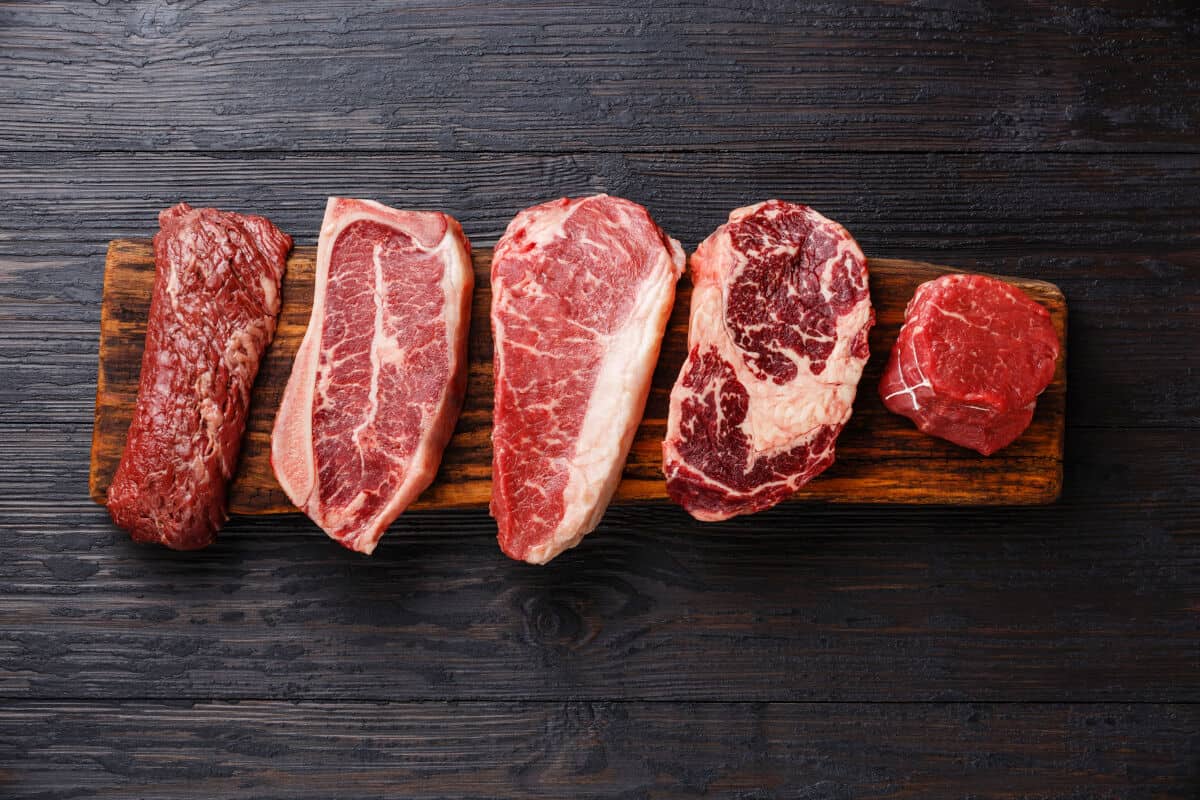
Angus beef refers to beef cuts taken from Aberdeen Angus cattle.
Originally a Scottish breed and first established in the late 18th century, Angus cattle are now widely ranched in the United States, Canada, and Europe. In the U.S., approximately 25% of all beef produced is Angus.
Often presented as a premium type of beef, Angus beef comes in various grades. Angus beef is noted for its excellent marbling and can generally be relied on for appealing flavor, texture, and tenderness.
Be aware that there’s no way to be 100% certain your beef is actually Angus, nor does being Angus guarantee quality despite the fact it’s often more expensive than other kinds of beef.
- Nutritional info: Like all beef, Angus is generally high in fat and cholesterol and is a good source of protein and iron.
- Cooking / Eating tips: You probably paid extra for Angus beef, so take care not to overcook it. Use a digital instant-read thermometer to attain the perfect rare to medium-rare doneness.
Anise
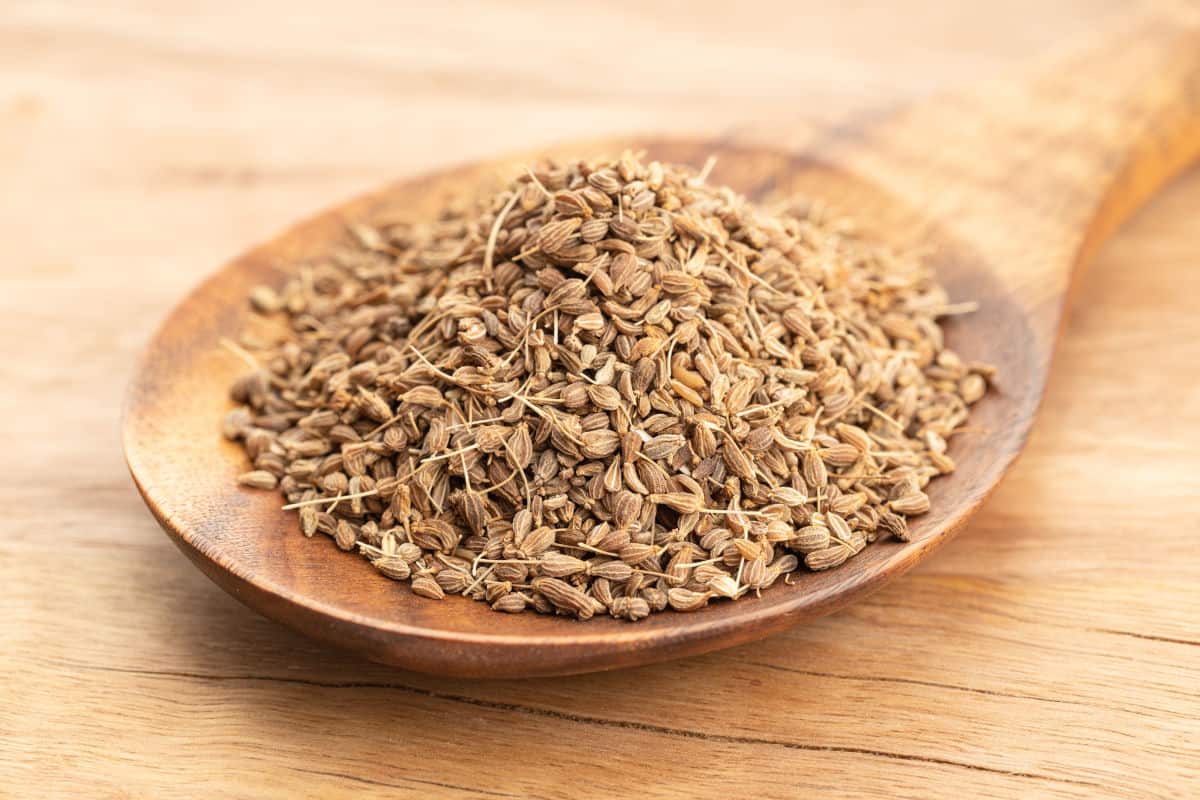
Anise is a fragrant spice made from anise seed harvested from the Pimpinella anisum plant, native to Egypt, the Middle East, and southeastern Europe.
Used whole or ground, anise adds a licorice-like flavor and a touch of spicy heat to dishes and is common in Middle Eastern, European, and Indian cooking. In Italy, it’s often used in desserts, including biscotti, and its extract flavors the Greek alcohol ouzo.
Though similar in name, it is not related to star anise or fennel, which also tastes like licorice.
- Nutritional info: Anise has small quantities of many beneficial nutrients, including calcium, iron, and vitamin A. Anise is thought to assist blood health, digestion, and depression.
- Cooking / Eating tips: Use ground anise to add sweet licorice flavor to baked goods and pie fillings, or try the liquid extract for a unique taste in your coffee.
Apple Pie

Though it’s the quintessential American dessert, apple pie is one of the most popular pies in the world. The oldest known apple pie recipe dates back to 1381 in England.
Modern apple pies consist of a baked pie shell with a top, filled with peeled apples and a mixture of brown sugar and spice, usually some combination of cinnamon, nutmeg, and ginger.
At some point, probably into the 19th century, the English began to add cheddar cheese as a topper or slipped underneath the crust top. This tradition still exists in the northern and midwestern United States.
- Nutritional info: High in fat, cholesterol, and sugar because of the dough and filling, but with some vitamins and minerals found in the apples.
- Cooking / Eating tips: Firm apples work best for apple pie, including Granny Smith, Pink Lady, and Spartan. Combine varieties for unique blends of taste and textures.
Apples
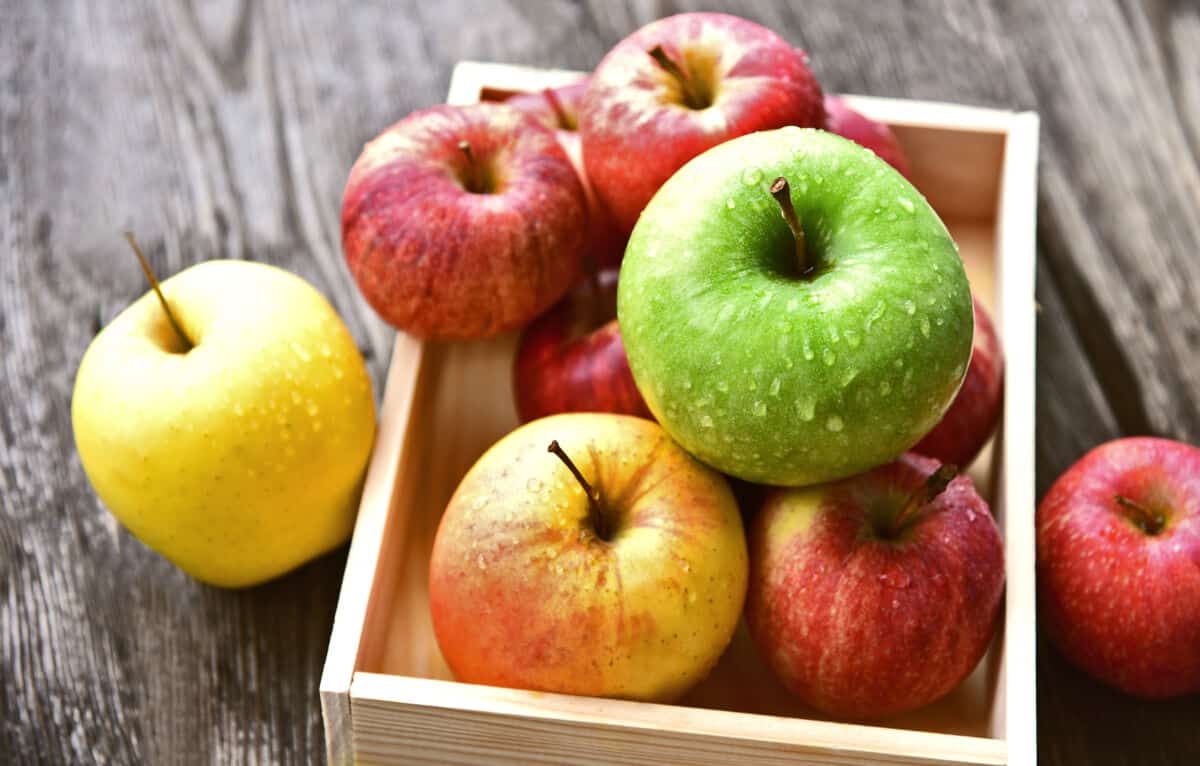
This most famous of fruits is known worldwide, but originated in Central Asia. Europeans brought them to North and South America, and they are widely grown on every continent except Antarctica.
There are over 7500 known varieties of apples, most of which are cultivars bred by people for specific qualities, including flavor, appearance, and tolerance to the local climate.
Apples are generally some shade of red, green, or gold on the outside and may be white, pink, or red inside.
Typically, apples are bred to be tart or sweet and juicy.
- Nutritional info: Specifics vary by variety, but despite abundant natural sugars, apples are very healthy (ok, they’re mostly water), providing fiber, vitamin C, potassium, and several antioxidants.
- Cooking / Eating tips: Even though it unleashes amazing flavors, cooking apples significantly reduces their nutritive value. Cook apples for dessert, not for health.
Applesauce
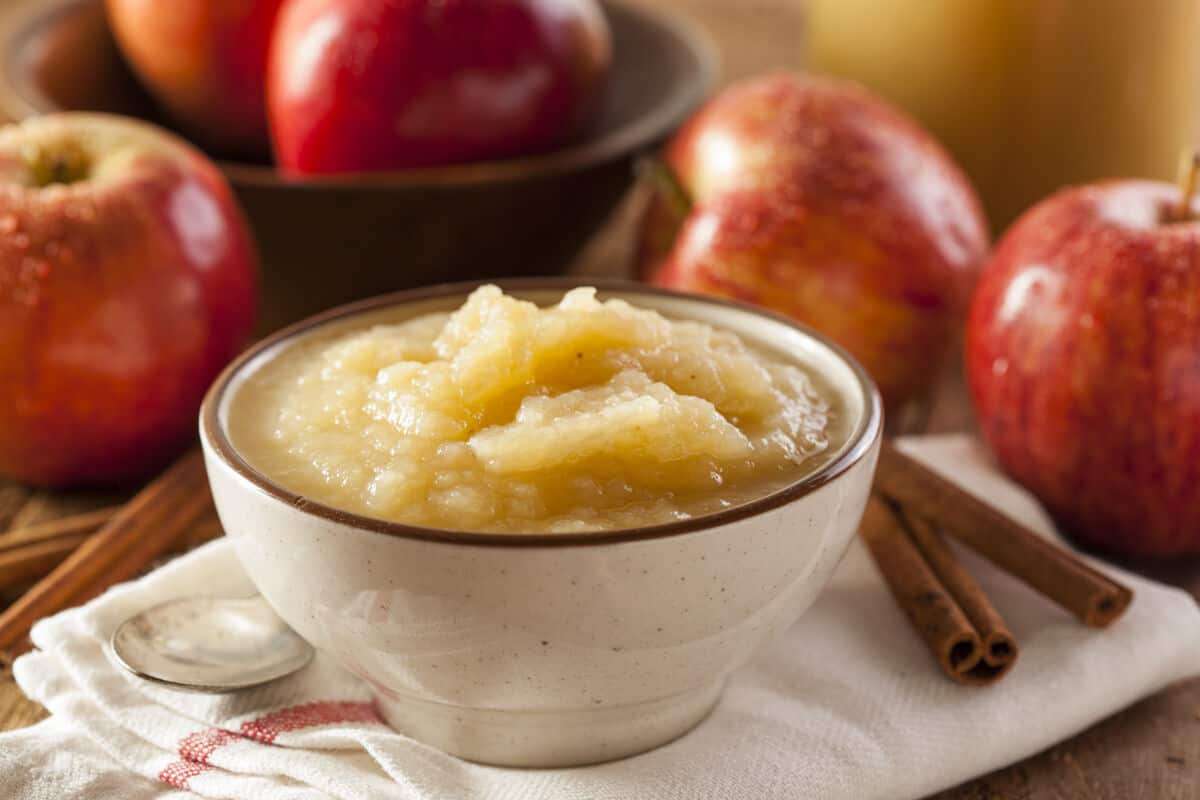
In its simplest form, applesauce is nothing more than cooked apples blended until practically liquified. To add flavor, many homemade and commercial applesauces are mixed with sugar, often brown, cinnamon, and other seasonings.
It’s popular as a snack on its own but is also a popular side dish or topping in North America and Europe. Common uses include serving alongside pork chops, goose, latkes, and potato pancakes.
- Nutritional info: Unsweetened applesauce is quite healthy, possessing most of the same benefits as apples: fiber, antioxidants, and vitamins.
- Cooking / Eating tips: Choose softer apples like Golden Delicious and Cortland for making homemade applesauce; they’ll blend more easily and yield a sauce with a more pleasant mouthfeel.
Apricots
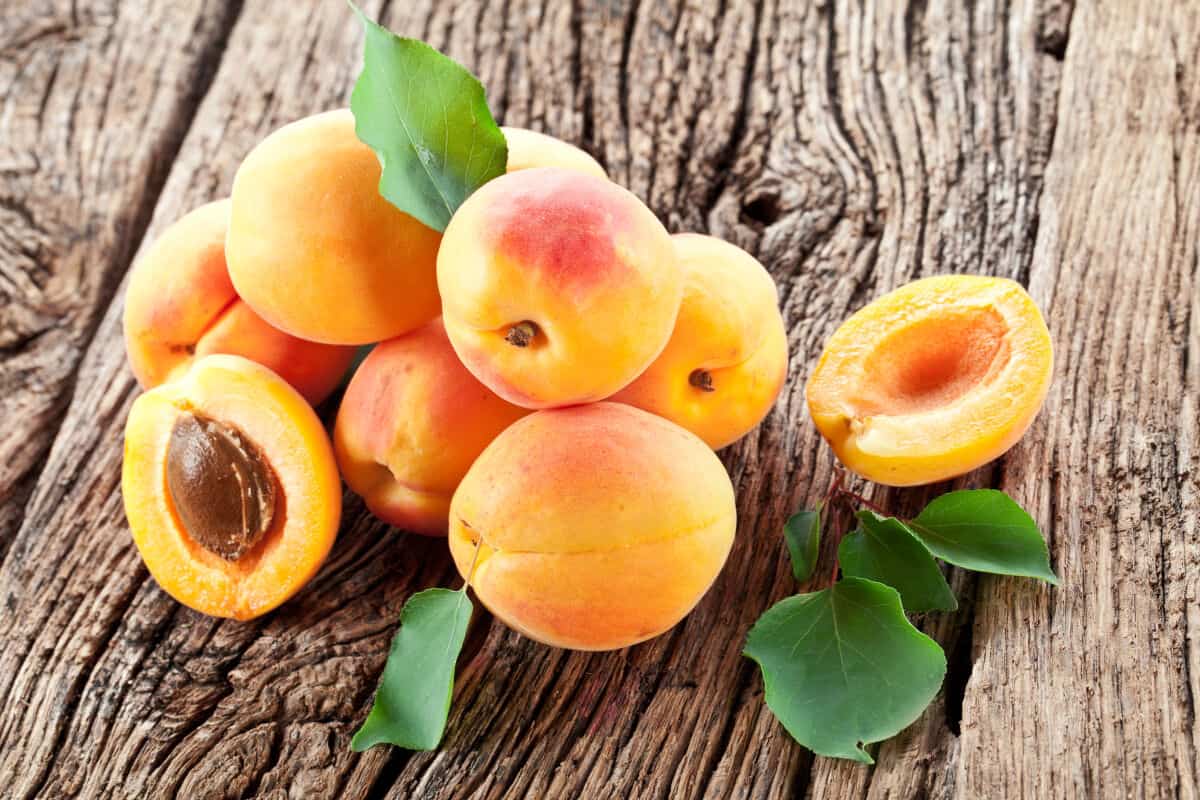
No one is positive where apricots originated, but they likely first appeared in Central Asia, moving throughout Asia and into Europe and North Africa centuries ago.
The apricot fruit is a golf ball-sized drupe, like a small peach with a large stone inside. The skin is usually some shade of yellow or orange, and is thin and edible.
Apricot flesh is approximately the same color as the skin, tender, juicy, and sweet but a bit firmer than peach. They are popular as raw fruit, or dehydratedlike a prune, to eat as a snack or to add to salads and other dishes.
Apricots can also be used for preserves to use on toast, scones, and frozen desserts.
- Nutritional info: Small but mighty apricots are packed with vitamin A, beta-carotene, and fiber. Many people eat them to enhance eye health.
- Cooking / Eating tips: Like peaches, apricots can be grilled on your barbecue. Serve with ice cream for a fantastic summer dessert.
Arancini
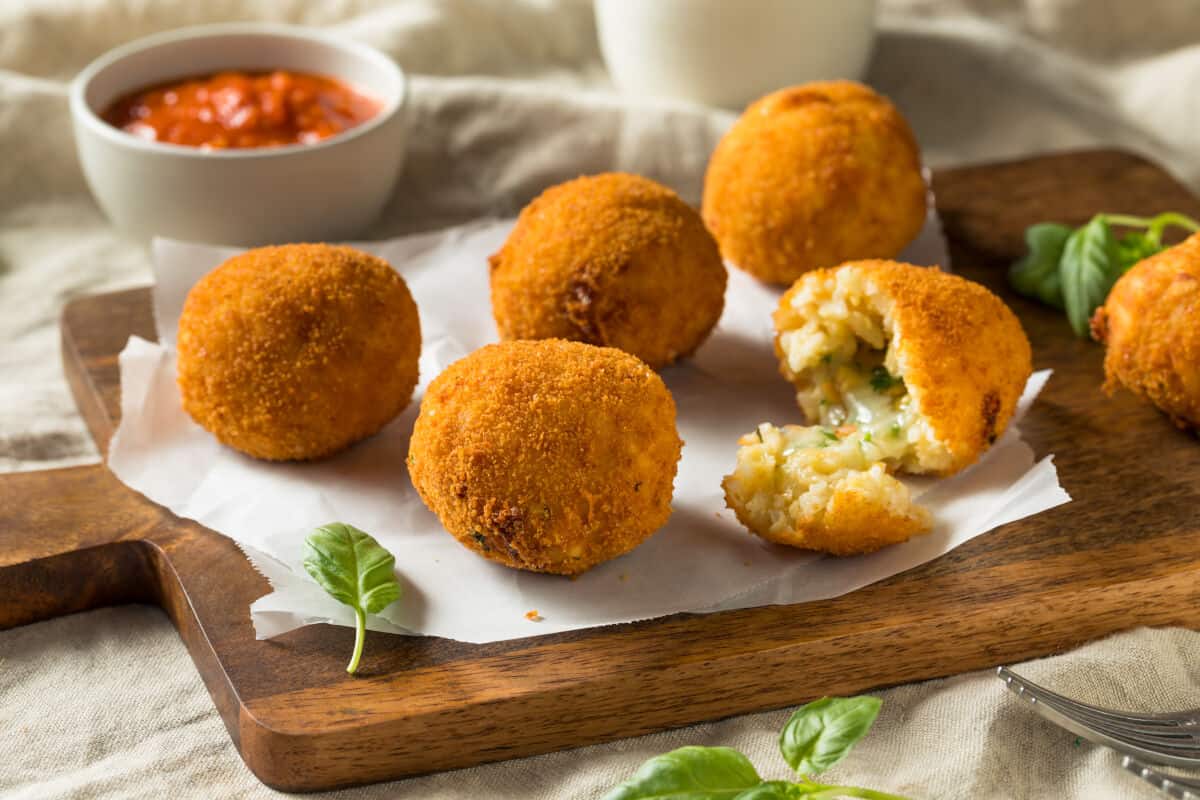
Arancini are believed to date back to the 10th century and are stuffed, deep-fried rice balls originally from Sicily. They take their name from the Sicilian word for orange, clearly because they’re both round and, after cooking, slightly orange in color.
The rice balls are stuffed with meat, sauce, and cheese, breaded, and then deep-fried. They’re a popular street food, often eaten without cutlery, and can be served with a tomato sauce for dipping.
A good arancini is crisp and firm on the outside and probably edible in two bites.
- Nutritional info: Nothing deep-fried is ever healthy, is it? Data will vary depending on how you make them, but they’re generally high in calories but low in fat and with some calcium and vitamin A from the cheese.
- Cooking / Eating tips: Always serve arancini warm so the cheese stays melted inside.
Arborio Rice
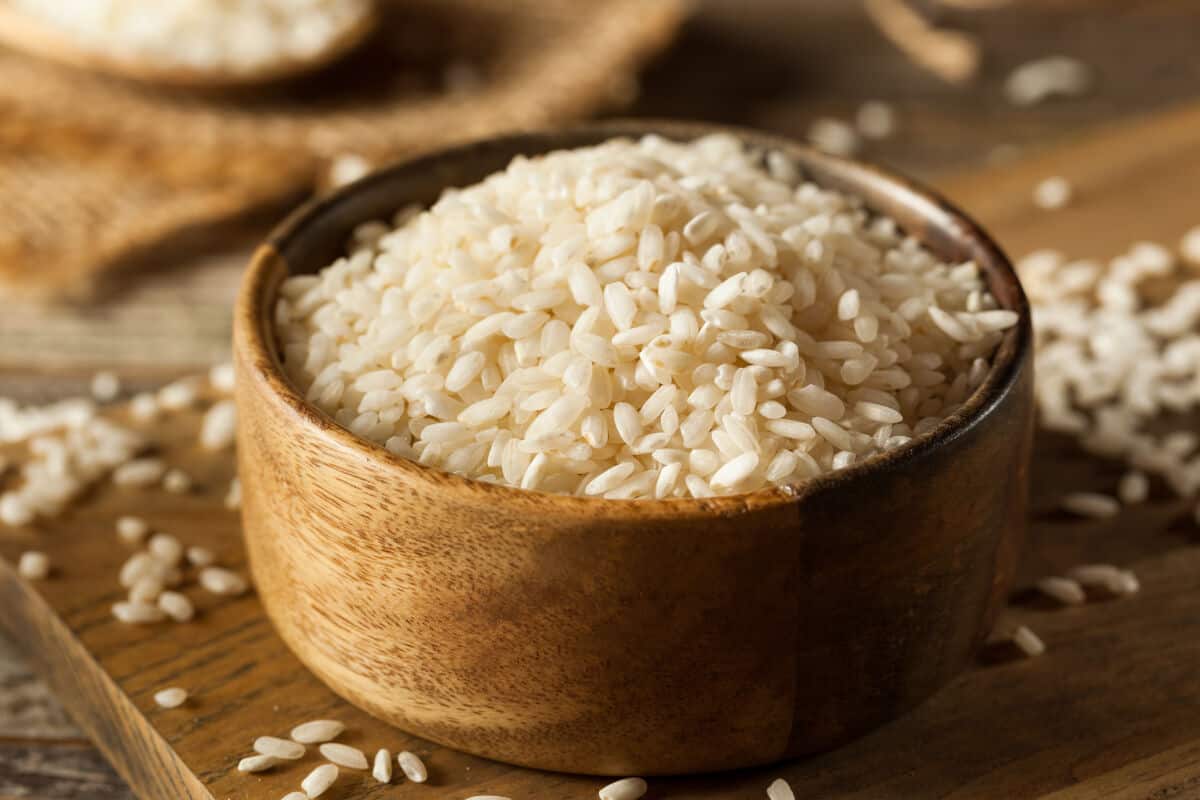
Named for its region of origin in Italy, Arborio is a short-grain rice easily identified by its squat profile and pearly sheen.
This premium-priced rice is starchy, firm, and chewy compared to standard long-grain rice varieties. It’s creamy on the palette and dense, though it can be lighter and fluffier if thoroughly rinsed before use.
Arborio has little flavor of its own, but will absorb the taste of whatever is around it. This is the preferred rice for any kind of risotto but is also excellent in arancini and rice pudding.
- Nutritional info: Very low in fat, cholesterol, and sodium (like virtually none), but with a decent amount of iron — about 15% of your RDI in a cup.
- Cooking / Eating tips: Serve as immediately as possible before the starch has a chance to congeal to avoid thick, pasty rice.
Arepas
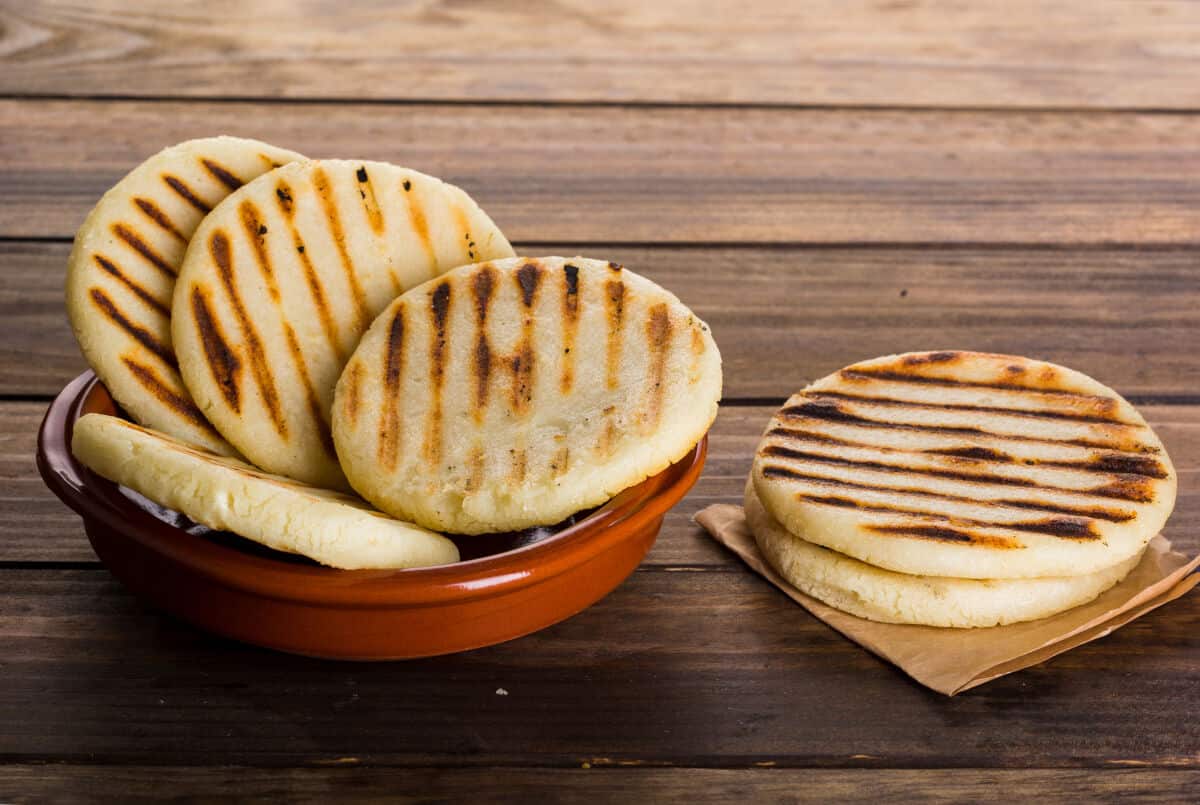
Flat, fried cakes made of cornmeal, originally from Venezuela and Colombia, with a history stretching back before the arrival of Europeans.
These simple cakes or patties typically contain just four ingredients: water, salt, and corn flour, and taste a bit like a cross between cornbread and English muffins.
A special type of corn flour exists specifically for making arepas, known as masarepa.
Arepas are popular as street food, and can be cut in half or into a pocket for filling with pulled meat, beans and cheese, fish, or other ingredients. Depending on the country of origin, arepas may be thick or thin and may be slightly sweet. Some recipes call for stuffing with cheese.
- Nutritional info: This varies depending on how the arepas are made, but they generally have a little bit of fiber plus decent amounts of vitamins B1 and B9.
- Cooking / Eating tips: Don’t let your dough get too wet; it should be sticky, but overly wet dough will crack at the edges.
Arrabbiata Sauce
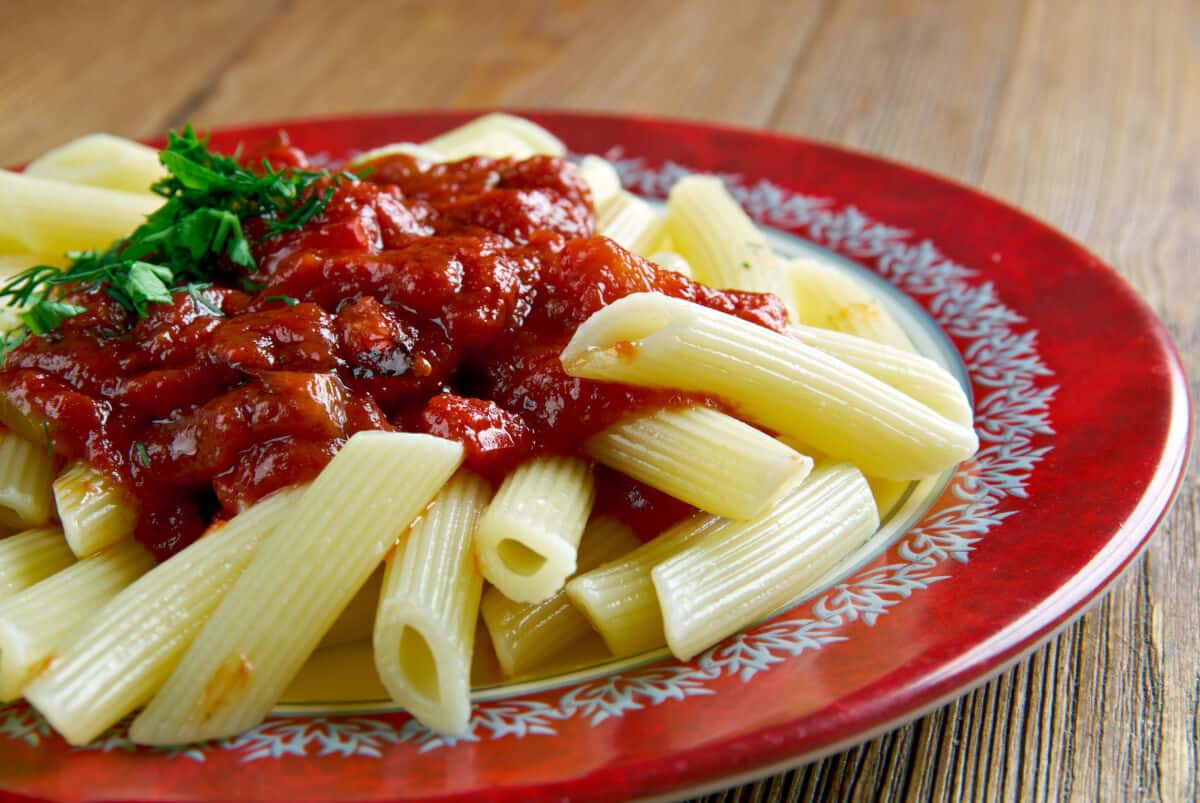
The spicy sibling of marinara, this Italian sauce is made with tomatoes, basil, garlic, and crushed red pepper (or red pepper flakes) for heat. Invented in Rome in the 1950s, it’s a simple sauce but typically packs a big hit of spice.
You can use arrabbiata — which translates to “angry” — anywhere you’d normally use a standard marinara or other pasta sauce.
- Nutritional info: It’s a bit high in sodium, but you do reap the benefits of the tomatoes; half a cup provides more than 50% of your daily vitamin C requirements, plus some vitamin A.
- Cooking / Eating tips: Arrabbiata should simmer for several hours to build up the flavor and to thicken.
Arrowroot
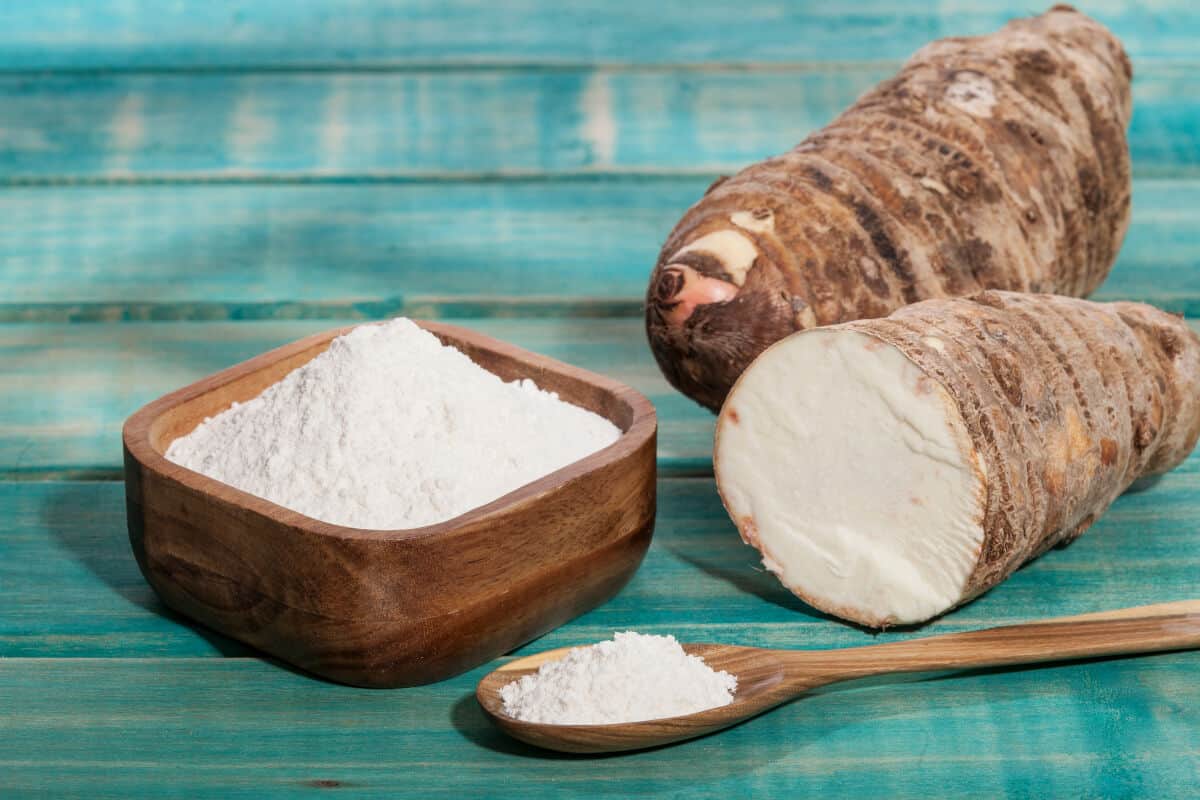
Arrowroot is a starchy tuber (potatoes and yams are other examples) native to Indonesia that can be peeled, boiled, and eaten as is. More commonly, though, arrowroot flour is made from the starchy extract of the tuber.
Arrowroot flour is used for thickening sauces or for baking bread and desserts. It’s also sold as arrowroot powder and arrowroot starch, and is grain-free, gluten-free, and suitable for a paleo diet.
Arrowroot is flavorless, preserving the flavor profile of anything you add it to. Many people blend it with other alternative flours to reap the purported health benefits, including immune system support and weight loss assistance.
- Nutritional info: Arrowroot powder is almost devoid of vitamins and minerals but does provide some fiber.
- Cooking / Eating tips: Use on foods such as french fries and chicken for a crispier coating than standard flour.
Arroz Con Huevos / Arroz Con Maiz / Arroz Con Pollo
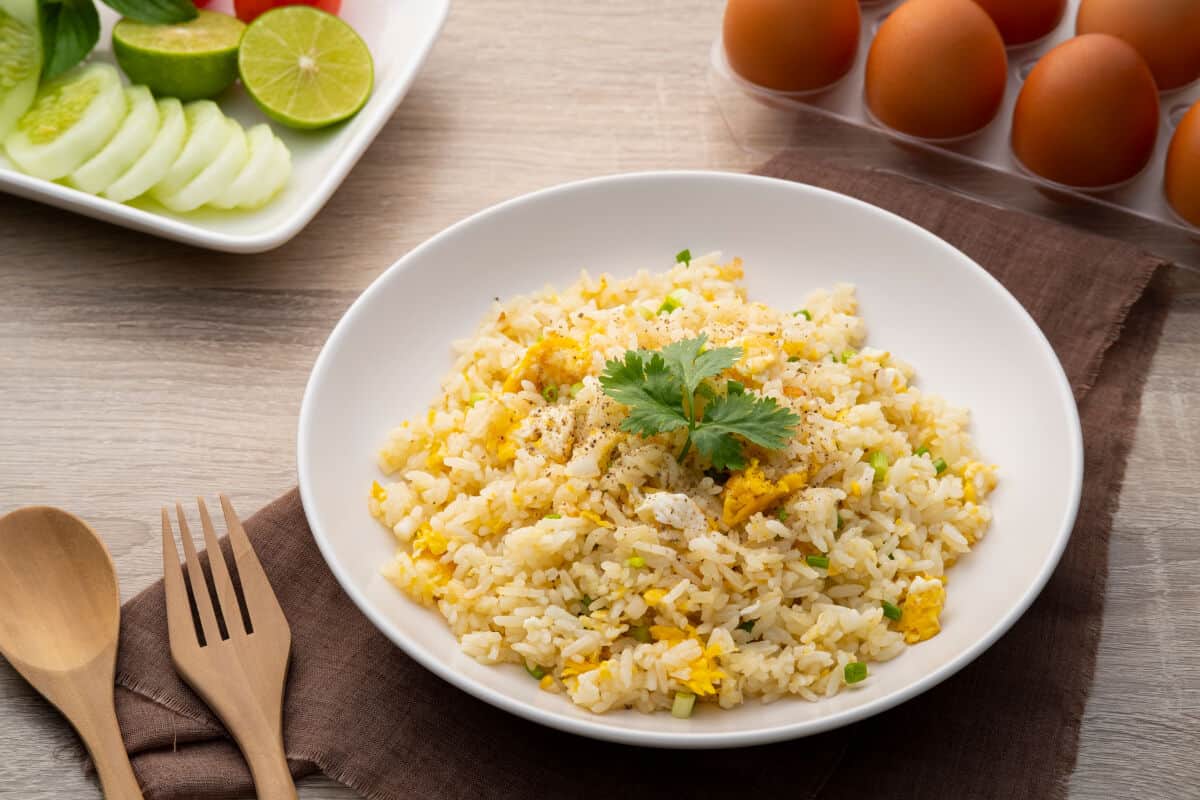
The word arroz simply means rice, so any dish named “arroz con ____” is something served with rice. Among the most popular are:
- Arroz Con Huevos — rice with eggs
- Arroz Con Maiz — rice with corn
- Arroz Con Pollo — rice with chicken
Its origins are likely Spanish, and it’s similar to paella. The dish was brought to Latin America, and versions now exist throughout the region and around the Caribbean.
Arroz dishes can usually be identified by the yellow color of the rice caused by saffron in the recipe.
The rice will be heavily seasoned, and may include garlic, cayenne, cumin, and black pepper, as well as bell peppers, onions, and tomato sauce.
Arroz is usually not spicy but can be seasoned to taste.
- Nutritional info: It varies depending on the protein added, but the rice itself is low in fat and contains trace amounts of vitamins and minerals.
- Cooking / Eating tips: Arroz con huevos is a popular (and inexpensive) Mexican breakfast. Try making some with any leftover rice from the previous night’s dinner.
Artichoke / Artichoke Hearts
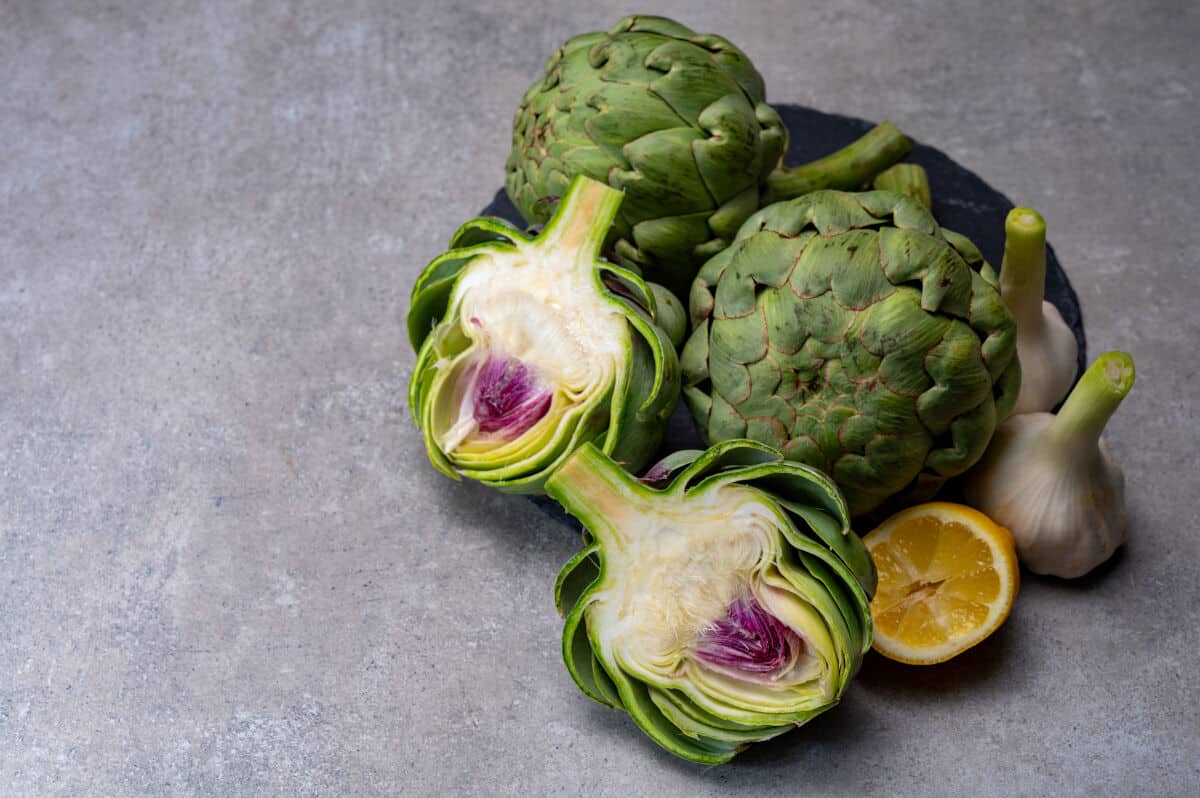
Known since ancient times, artichokes are a type of thistle indigenous to the Mediterranean. Now grown in California, France, Spain, and Italy, we eat the flower buds, though they are treated as a vegetable.
Parts of the outer layers are edible, as are some of the inner leaves. There’s a hairy spot near the Middle called the choke, which is not eaten, and inside that is the heart, the most popular part of the artichoke and commonly sold separately.
Artichokes must be cooked to soften enough to eat and have a pleasant, nutty taste. They’re popular in creamy dips but are also delicious roasted and served with strongly flavored foods like lamb, salmon, and game meats.
- Nutritional info: Practically a superfood, 1 medium artichoke provides over one-quarter of your fiber needs for the day, plus excellent amounts of magnesium, vitamin C, and potassium.
- Cooking / Eating tips: Fresh artichokes require a fair bit of prep work to remove thorns and other inedible bits, but the taste is stronger than with canned or frozen artichokes.
Arugula
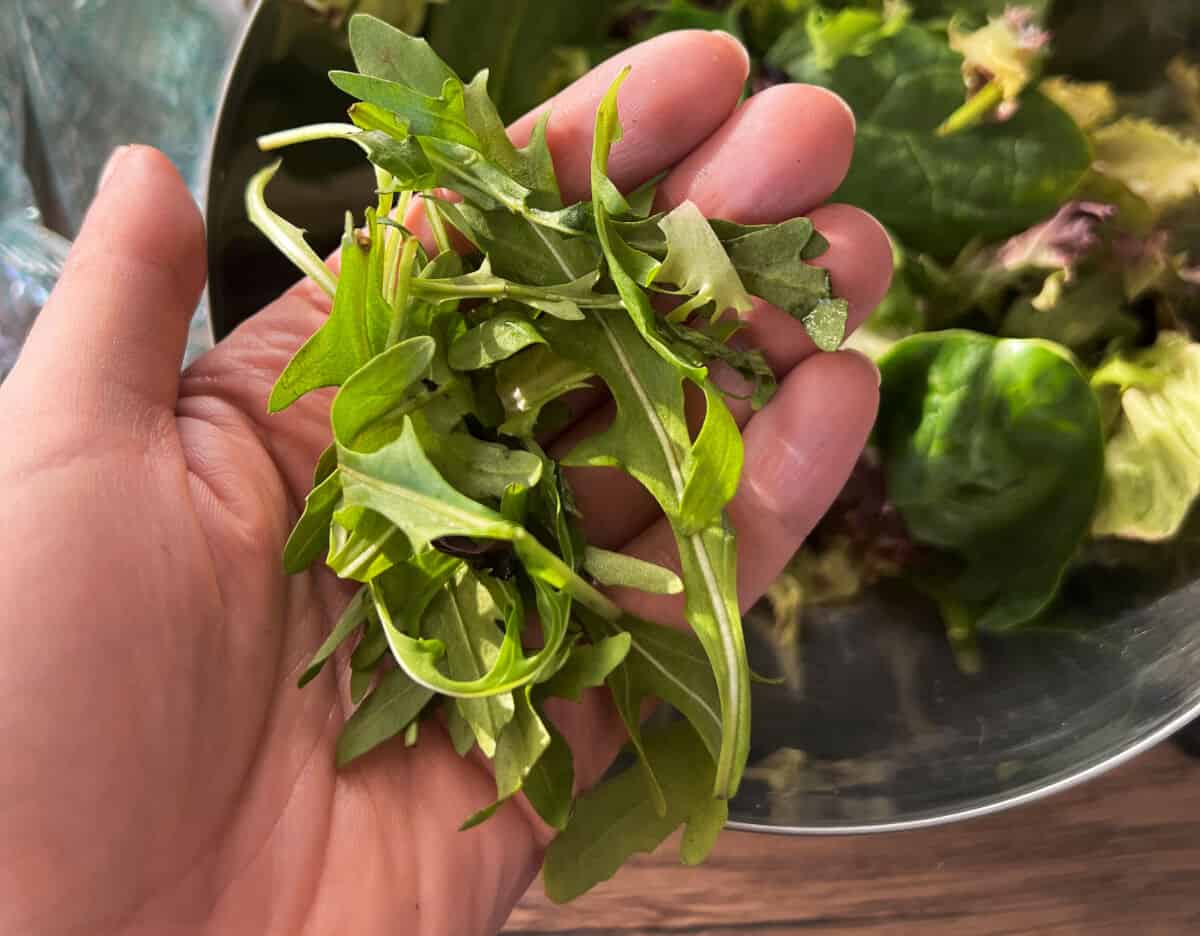
Related to cabbage and mustard, arugula is a leafy salad green native to the Mediterranean.
Known since at least Biblical times, arugula is historically a mainstay of Moroccan, Turkish, and Italian cuisine. Its popularity waxed and waned in Western Europe, and it never really caught on in North America until the 1990s.
Arugula has a stronger taste than most greens, being notably bitter and peppery. It pairs well with other strong flavors, like sharp cheeses, citrus, and radish.
When sauteed, arugula wilts appealingly and imparts a more mellow taste than in raw form, making it a delicious mix-in for pasta sauces and more.
- Nutritional info: Arugula is high in many nutrients, including vitamin C, calcium, magnesium, and potassium.
- Cooking / Eating tips: Arugula makes an excellent topping for gourmet burgers, either raw or sauteed.
Asiago Cheese
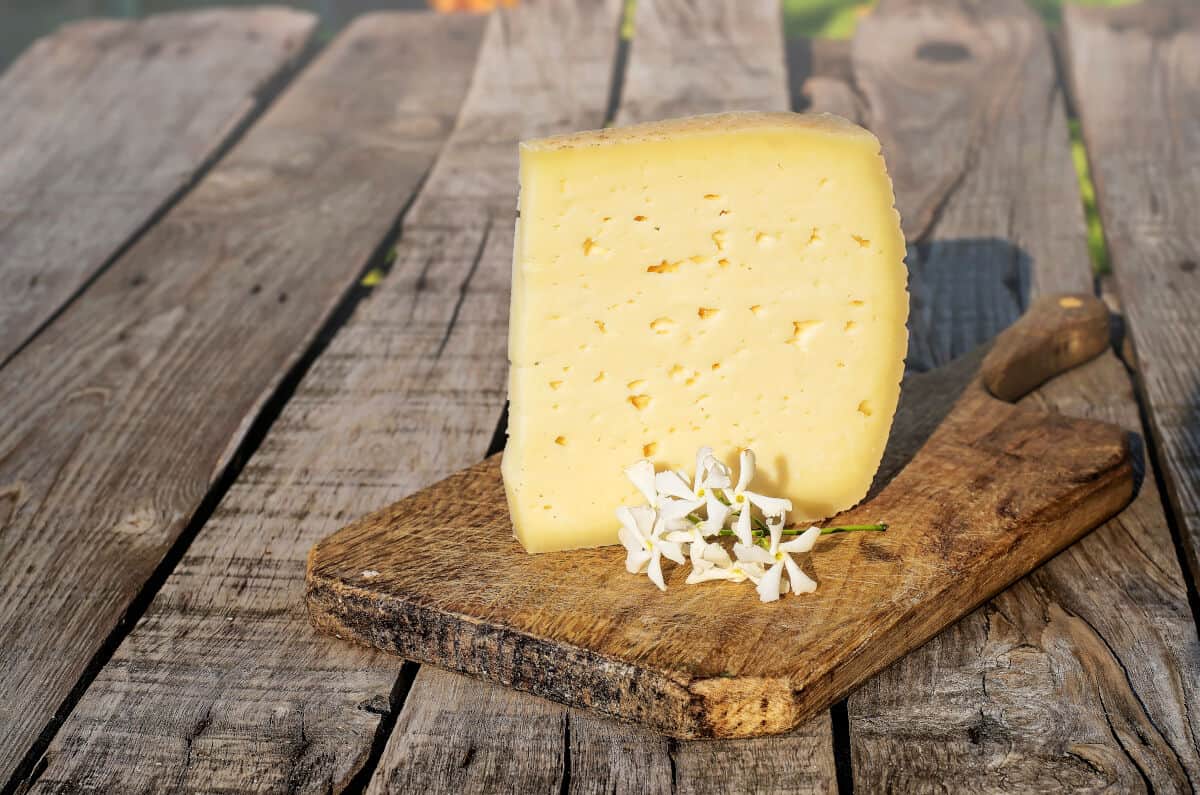
Originally a sheep’s milk cheese made in the Asiago region of northeastern Italy, about 500 years ago, shifting farming practices resulted in asiago cheese production with cow’s milk.
There are two varieties of asiago, pressed (asiago pressato) and ripened (asiago d’allevo). Pressed asiago is pressed in a mold during the curd stage before wrapping, brining, and aging for up to 40 days. It’s semi-soft, smooth, and creamy with a delicate, milky flavor.
Ripened asiago uses a mix of whole and skimmed milk, and is salted before it’s aged for as long as 15 months, resulting in a harder cheese and more intense flavor. This is the variety most of us know, and it’s popular as a grated topping on salads, soups, pasta, and more.
- Nutritional info: Asiago is high in fat, sodium, protein, and calcium; one ounce has over ⅓ of your daily calcium needs covered.
- Cooking / Eating tips: Makes a tasty substitute for parmesan for a bolder flavor profile. Aged asiago is typically too strong and firm for sandwiches, but the pressed style is very good between the slices.
Asparagus
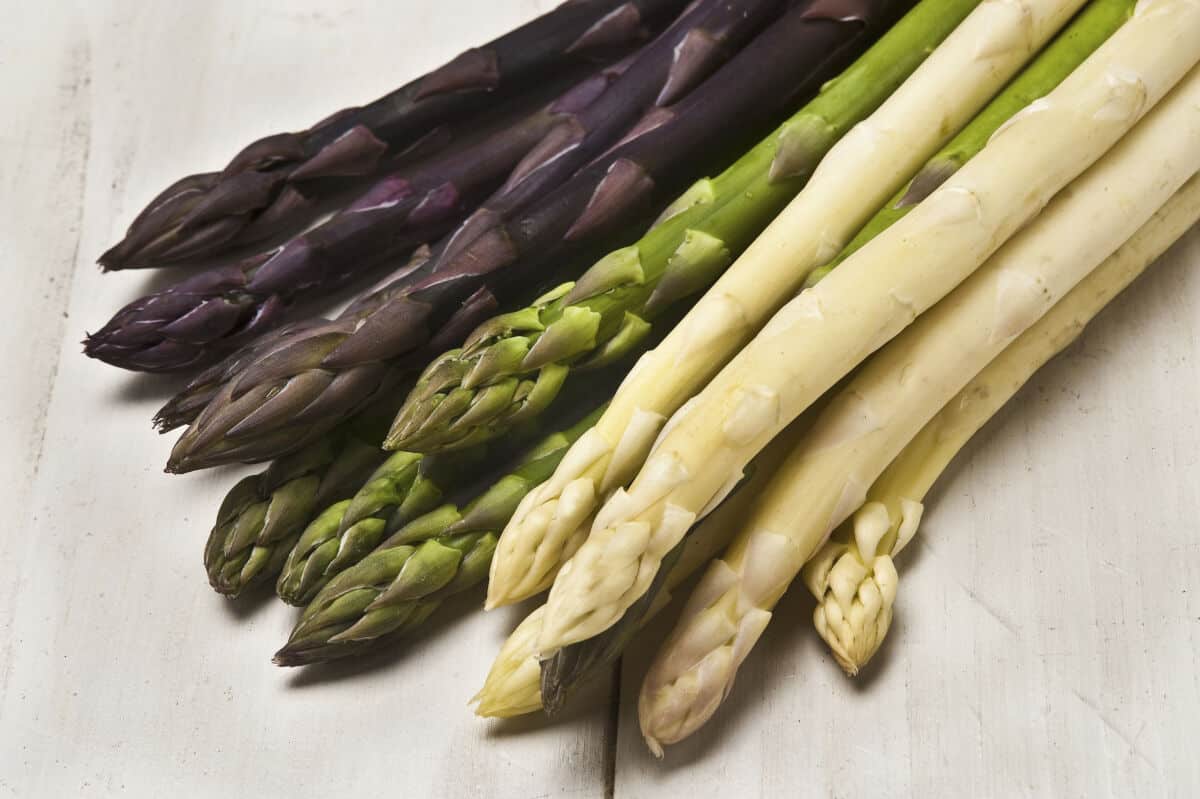
One of over 200 varieties of asparagus, the garden asparagus has been popular with diners for over 2500 years. It’s an annual vegetable that is very easy to grow at home.
Originally from the northern Mediterranean area, today it’s grown in much of Europe, China, and Central and South America.
Almost all commercially grown asparagus is dark green, though there are purple and white varieties, the latter being the focus of many spring festivals in Germany.
Asparagus can be eaten raw or cooked and has a flavor best described as woody, grassy, and nutty all at once.
Because it’s so firm, asparagus will stand up to cooking at high temperatures in a skillet or on a grill.
Asparagus tips are more tender than the slender stalks. Either may be prepared as a separate side dish, mixed into pasta, or cooked alongside meat dishes.
- Nutritional info: Asparagus contains many essential nutrients and is a good source of vitamin B9, iron, fiber, and potassium.
- Cooking / Eating tips: Trim the ends of each stem to remove the woodiest part before cooking. They have a strong flavor, so don’t try to mask it; cooking in oil or butter with a bit of salt and pepper yields the best results.
Aubergine
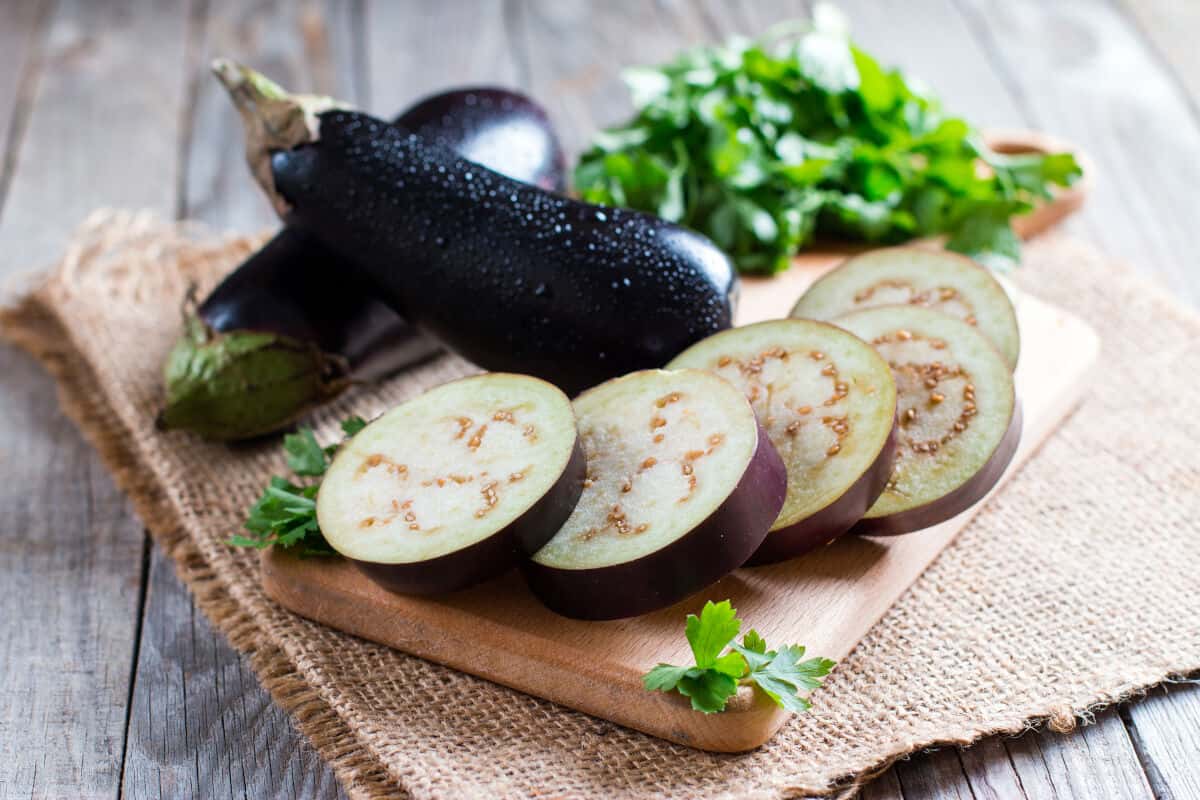
Quite simply, aubergine is nothing more than the French term for eggplant. Many restaurants will use this name to make a menu item seem fancier, but it is exactly the same thing.
Eggplants are part of the nightshade family and come originally from Southeast Asia. They were most commonly white, but purple varieties took their place in popularity.
White eggplants are still popular in India, while purple ones are typical of Italian and French cuisine.
The taste is mild and something like zucchini; roasted eggplant is very tender and blends well with other flavors.
- Nutritional info: Aubergine is not what you’d call a nutritional powerhouse, being very low in vitamins and minerals. But, it’s also low-calories and provides a reasonable quantity of fiber — about 10% of your RDI per 100g.
- Cooking / Eating tips: Go easy on the oil when cooking aubergine; it’s a natural sponge and will soak up excess oil, becoming greasy and soggy.
Avocado
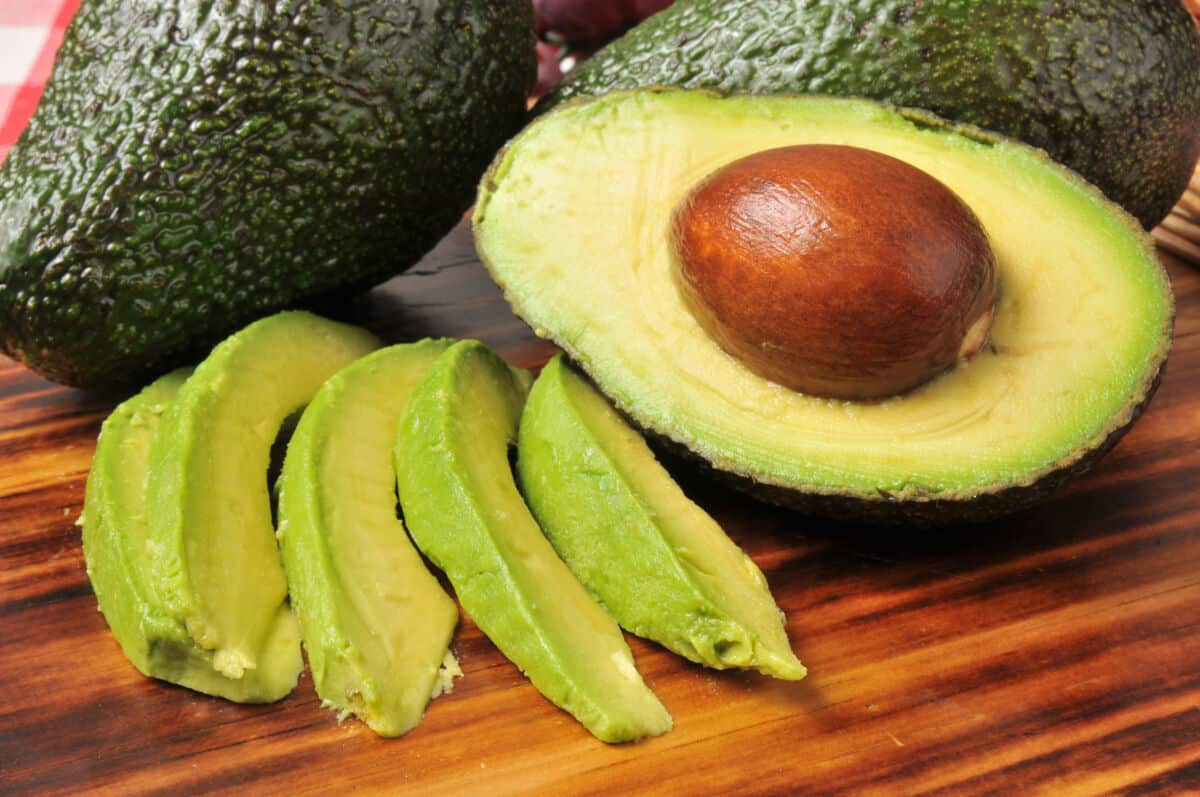
A fruit (technically a berry) likely originating in Central America thousands of years ago, featuring one large seed in the center.
Ripe avocados have a tough but thin dark green skin with a soft, light green interior. Avocado trees yield fruit year-round, and Mexico is the world’s leading producer — which is no surprise, as it’s the main ingredient in guacamole.
Avocado flesh is incredibly smooth, easily scooped out with a spoon, and can be spread without processing. The flavor can be nutty or earthy but not overpowering.
Avocado slices are popular on salads, you can spread it on toast, and they blend easily into smoothies, pudding, and dessert frostings.
- Nutritional info: Considered a superfood, avocado is high in fiber, potassium, and vitamins C, B2, B6, B9, and monounsaturated fats, which is the good stuff.
- Cooking / Eating tips: Avocado flesh is so smooth you can use it in baking or blend it into pasta sauces for a healthier alternative to butter or oil.
Avocado Oil
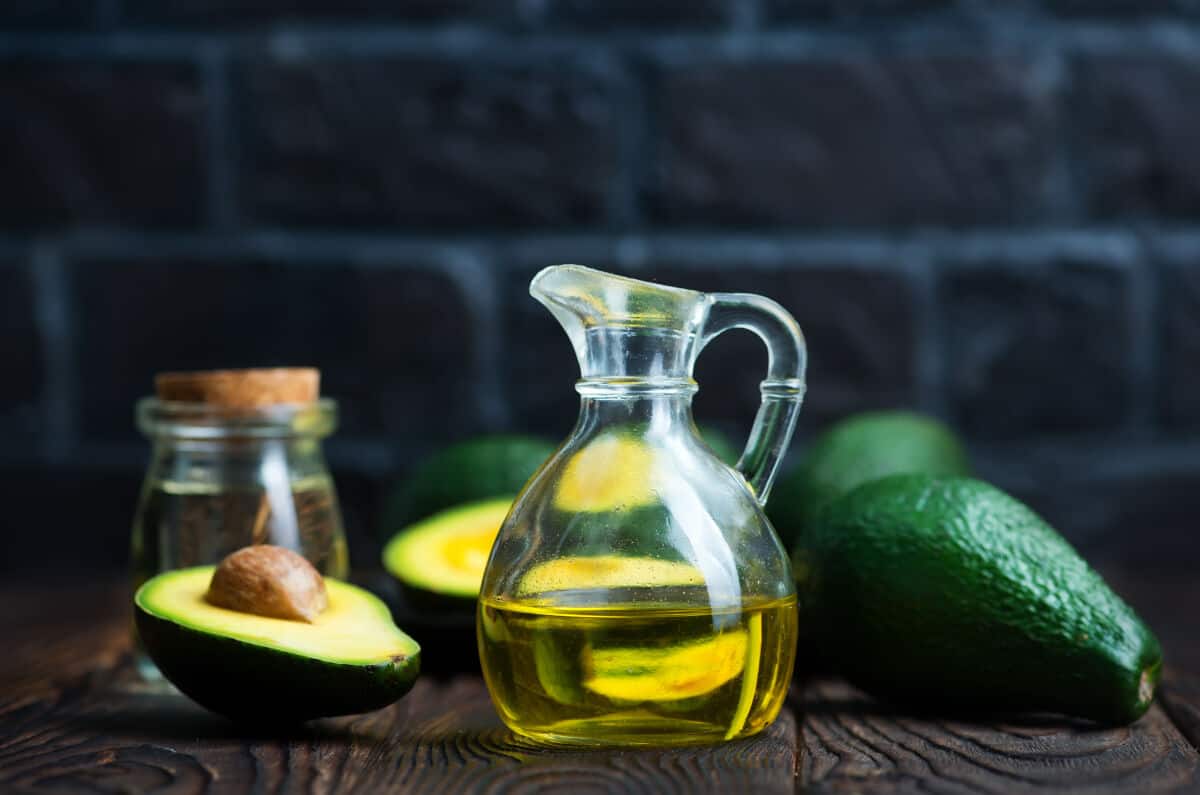
A cooking oil made from pressed avocado pulp. You can use avocado oil anywhere you’d normally use olive or vegetable oil, including in cooking, baking, and dressings.
Chefs prize avocado oil for its high smoke point of 482°F (250°C). This means you can use it at very high temperatures without worrying about the oil burning, breaking down, imparting an acrid taste, and releasing carcinogenic free radicals.
Cold-pressed avocado oil is a recent invention, dating back to the late 1990s. It has gained in popularity in recent years as consumers have become increasingly aware of its health benefits.
- Nutritional info: Like the fruit, avocado oil is a good source of monounsaturated fats. It has no sugar or carbs and is considered a heart-healthy oil.
- Cooking / Eating tips: Choose unrefined avocado oil where possible for a purer product and more flavor.
Less Common & Unusual Foods Beginning With A
Time for some quick round-ups of fascinating “A” foods from around the world!
Aalsuppe
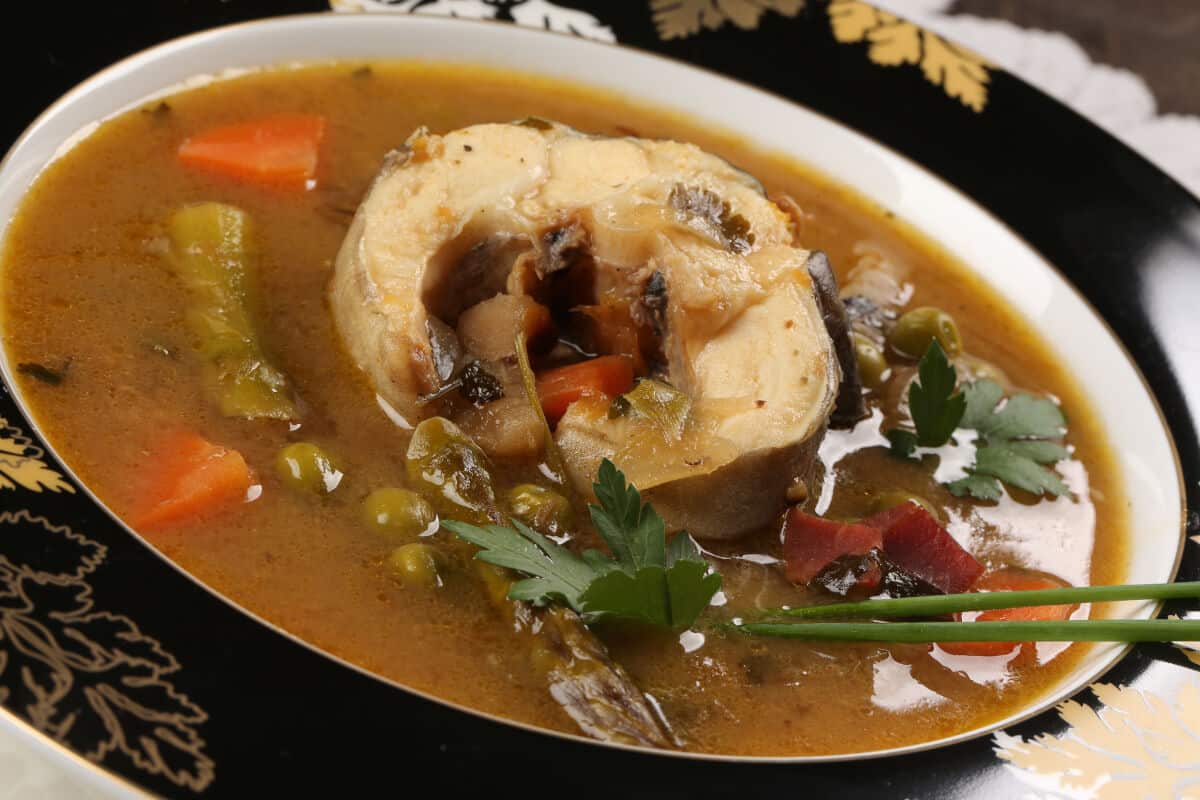
Aalsuppe is a thick, sweet, and sour eel and vegetable soup originating in Northern Germany.
Abacha
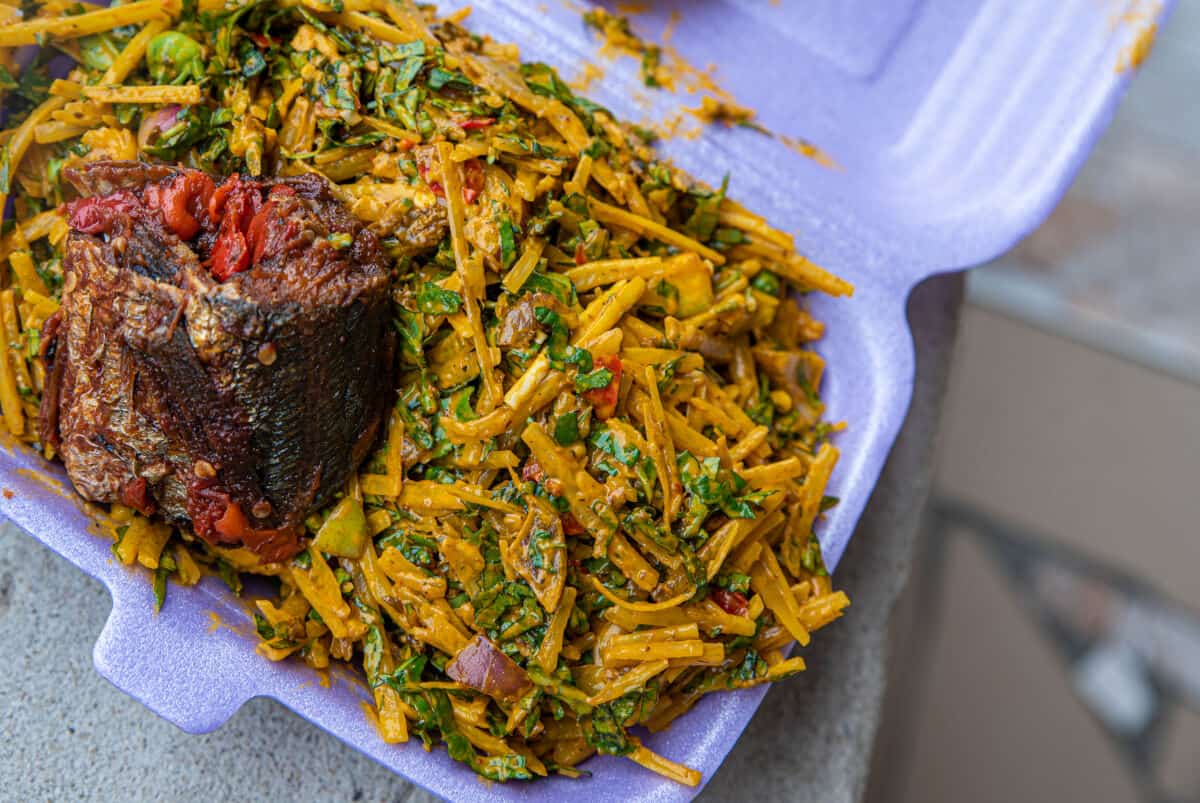
Abacha is a Nigerian dish made with cassava, spices, and sometimes fish or crayfish. Also called African Salad.
Abalone
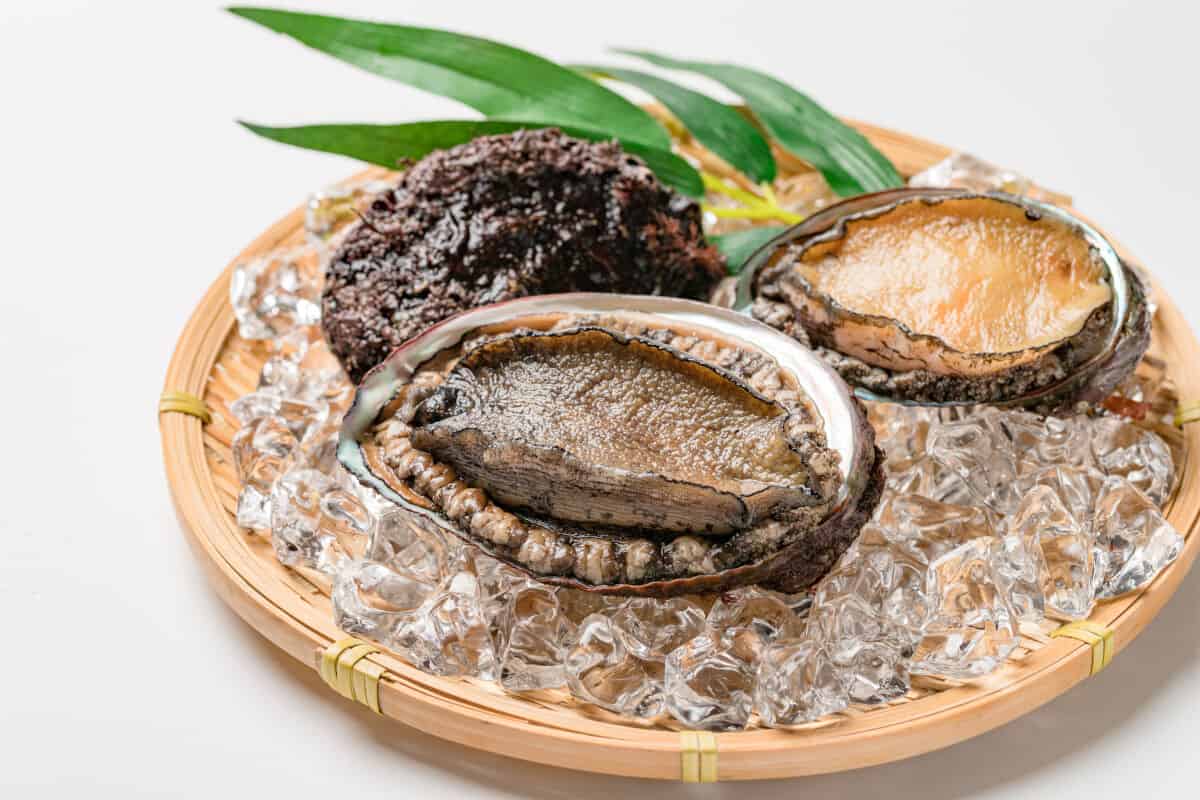
Abalone is a marine mollusk with a single shell that tastes like scallops. Harvested around the world in the wild and from aquatic farms.
Abgoosht
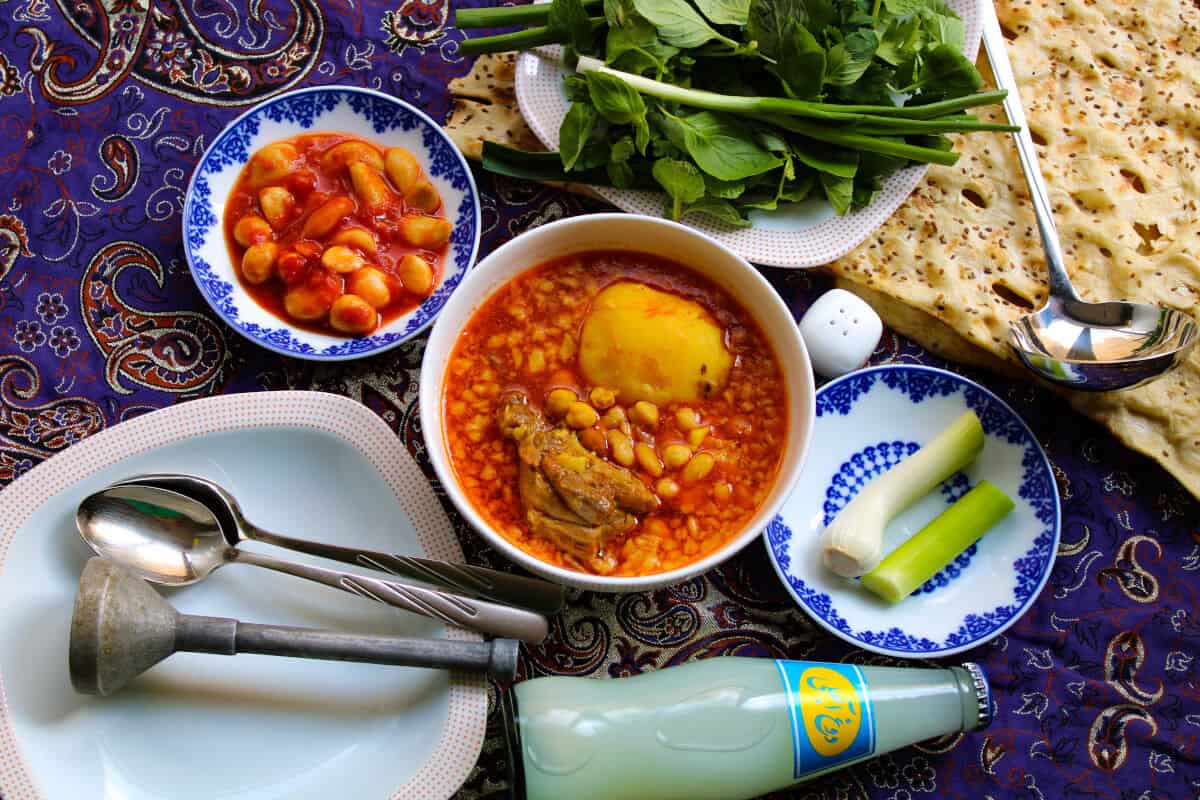
Abgoosht is a Persian stew usually made with lamb, but sometimes beef, chickpeas, beans, potatoes, turmeric, and more.
Acerola Cherries
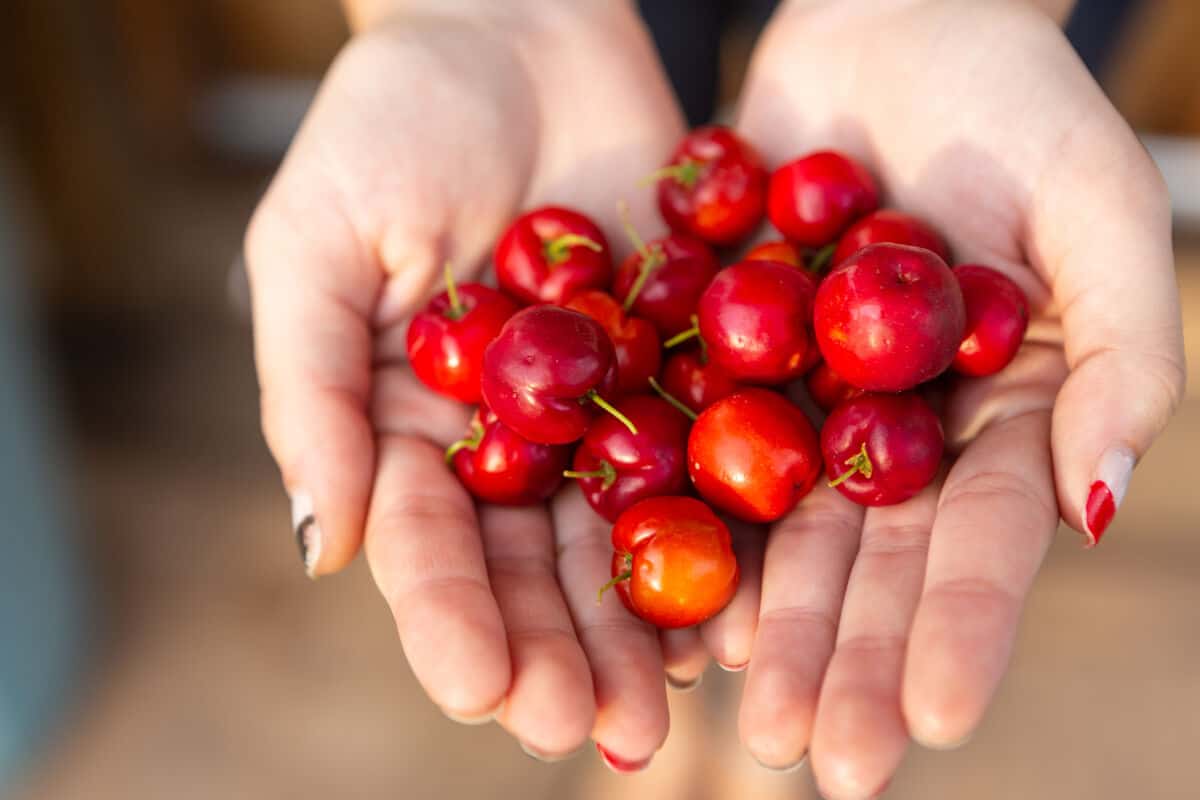
Acerola Cherries are Southern North American to northern South American berries, also called Barbados cherries or West Indian cherries. Highly nutritious; a single berry contains over 130% of your vitamin C RDI.
Achacha
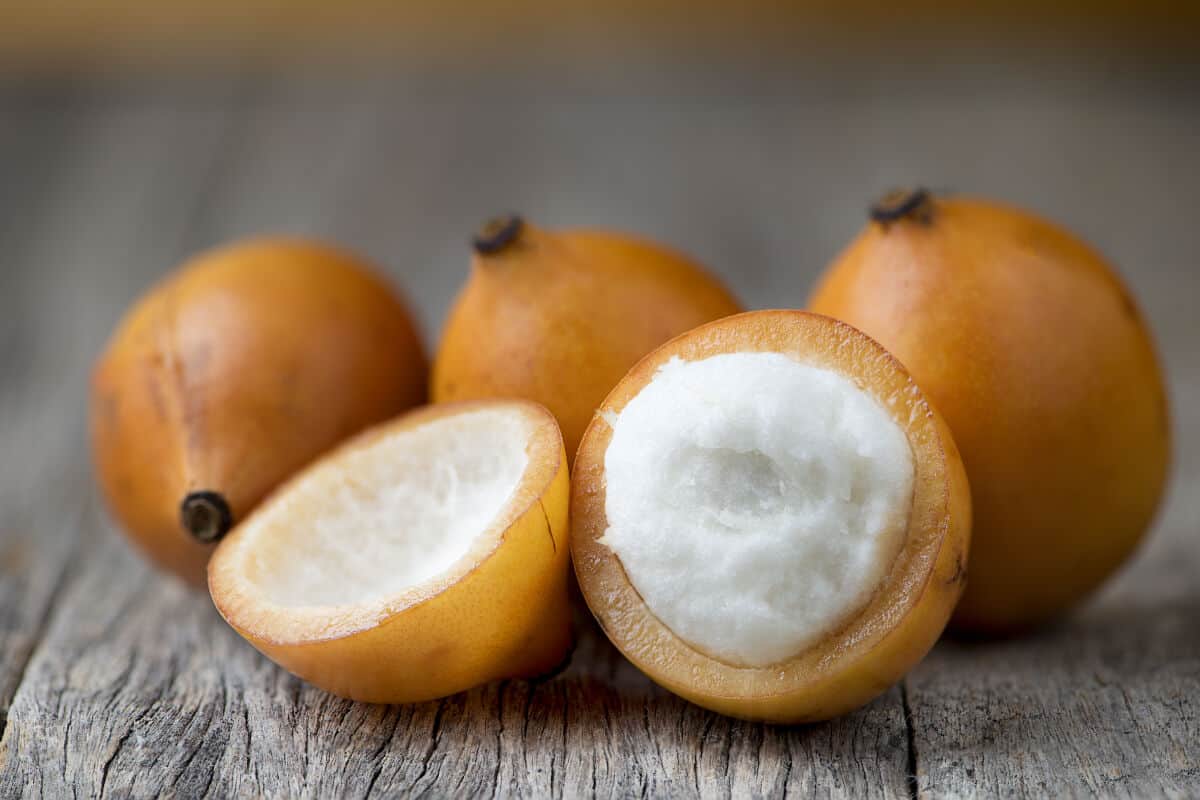
Achacha is a small fruit native to the Amazon forest. Inside the peel, the fruit looks like lychee but tastes similar to mangoes and peaches. Highly nutritious.
Achar
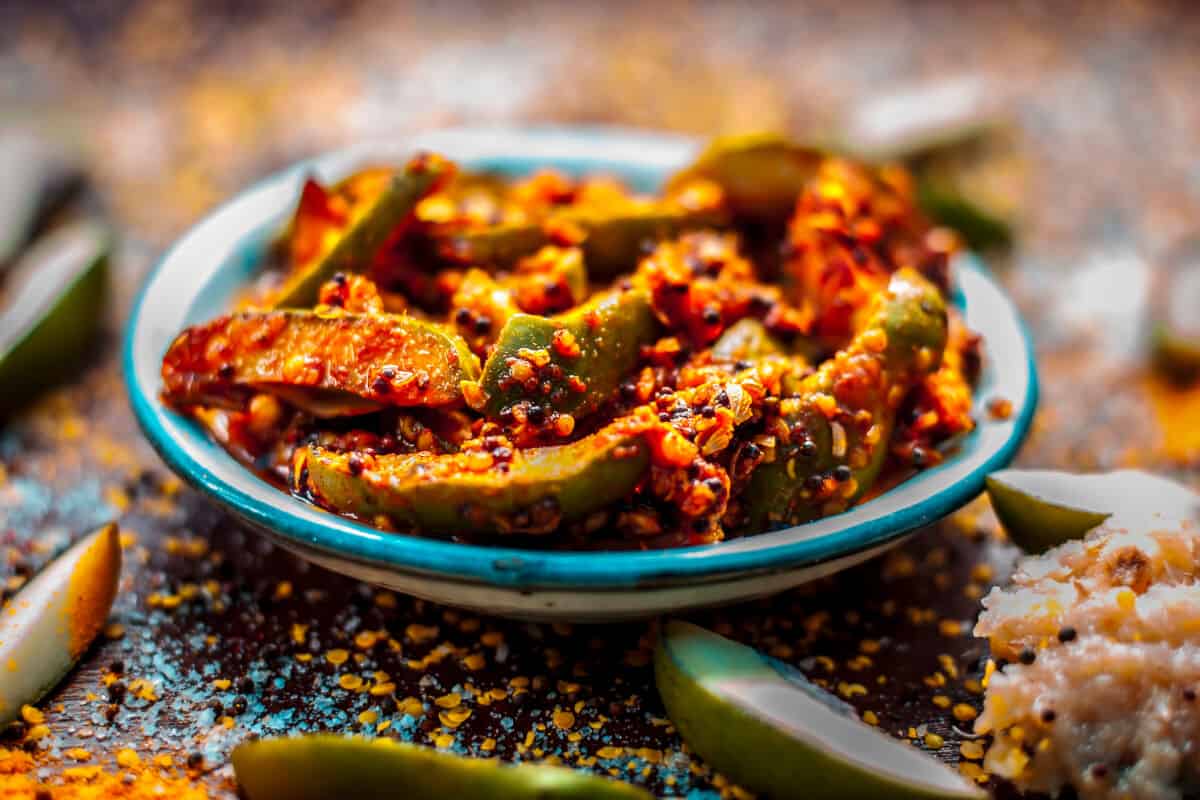
Achar is pickled vegetables and fruits with oil and spices, used as a go-to sauce in India. Alternately spelled achaar and atchar.
Acheke
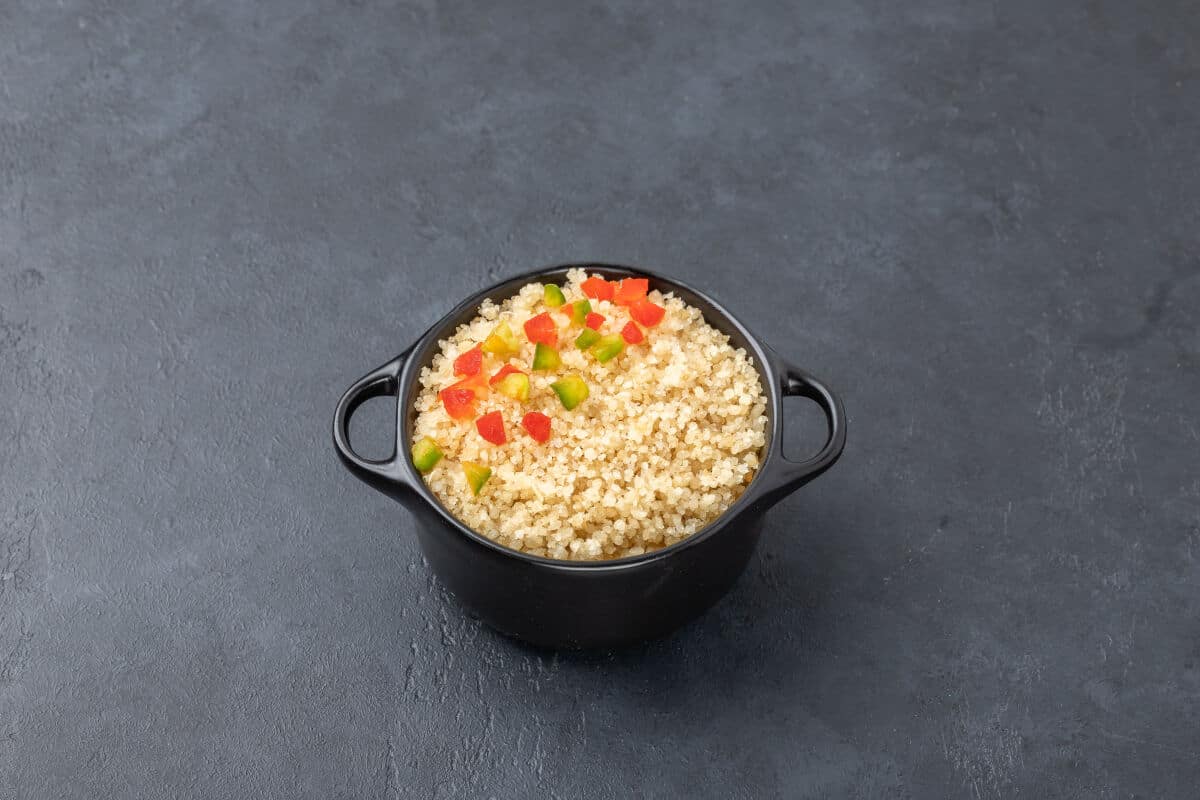
Acheke is a West African side dish made from fermented and grated cassava pulp. Also spelled attiéké.
Achiote Paste
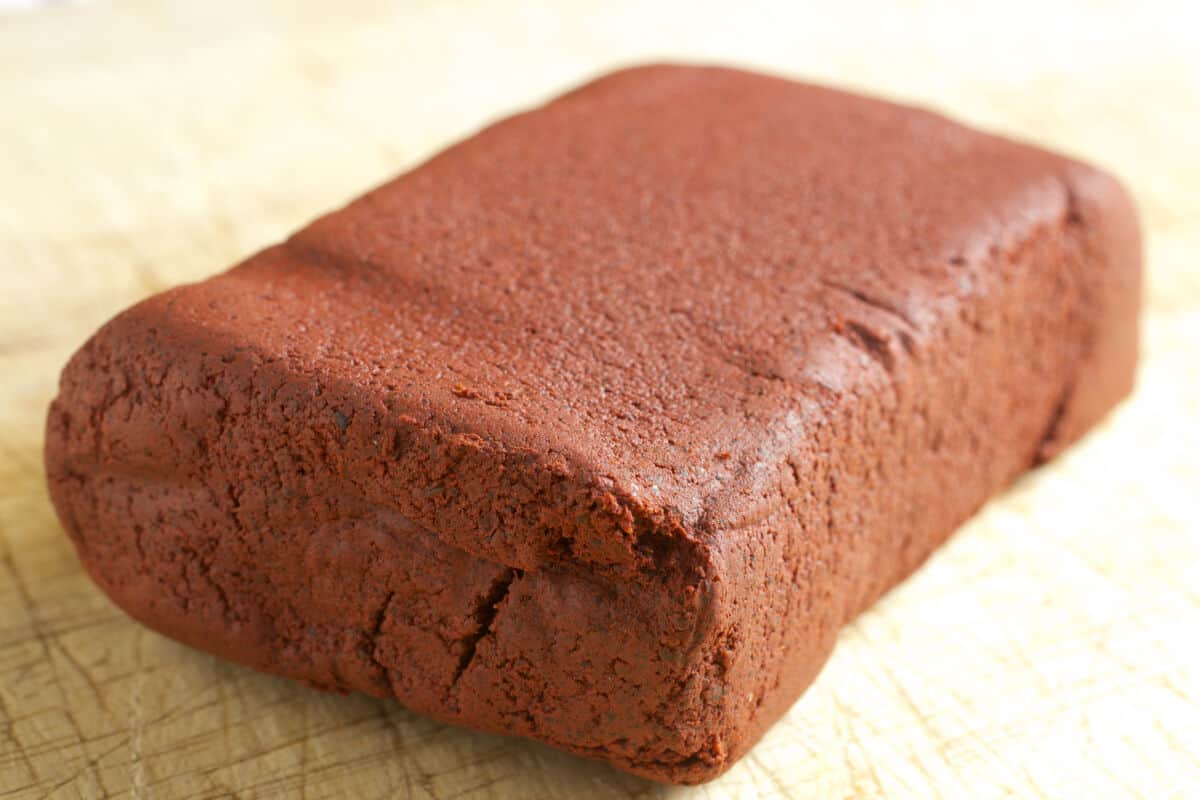
Achiote paste is a red paste made with ground annatto seeds, vinegar, peppery spices, and garlic. Popular in Central America, Mexico, and the Caribbean for color and flavor.
Acorns

Acorn nuts grow on oak trees. They may be eaten whole, ground into flour, or mushed for oil extraction. Extremely bitter unless soaked to remove tannins.
Acuka
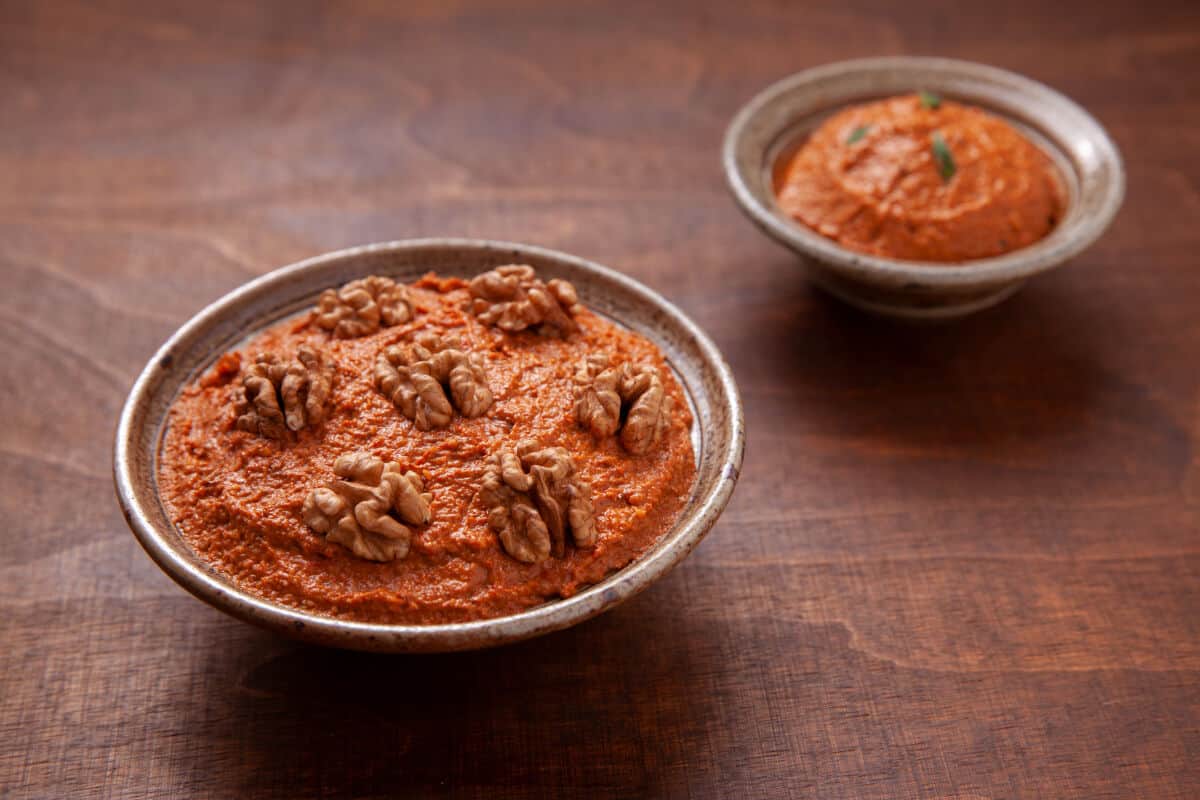
Acuka is a Turkish spread served at breakfast. Made with sweet peppers, tomato paste, walnuts, and spices.
Adai
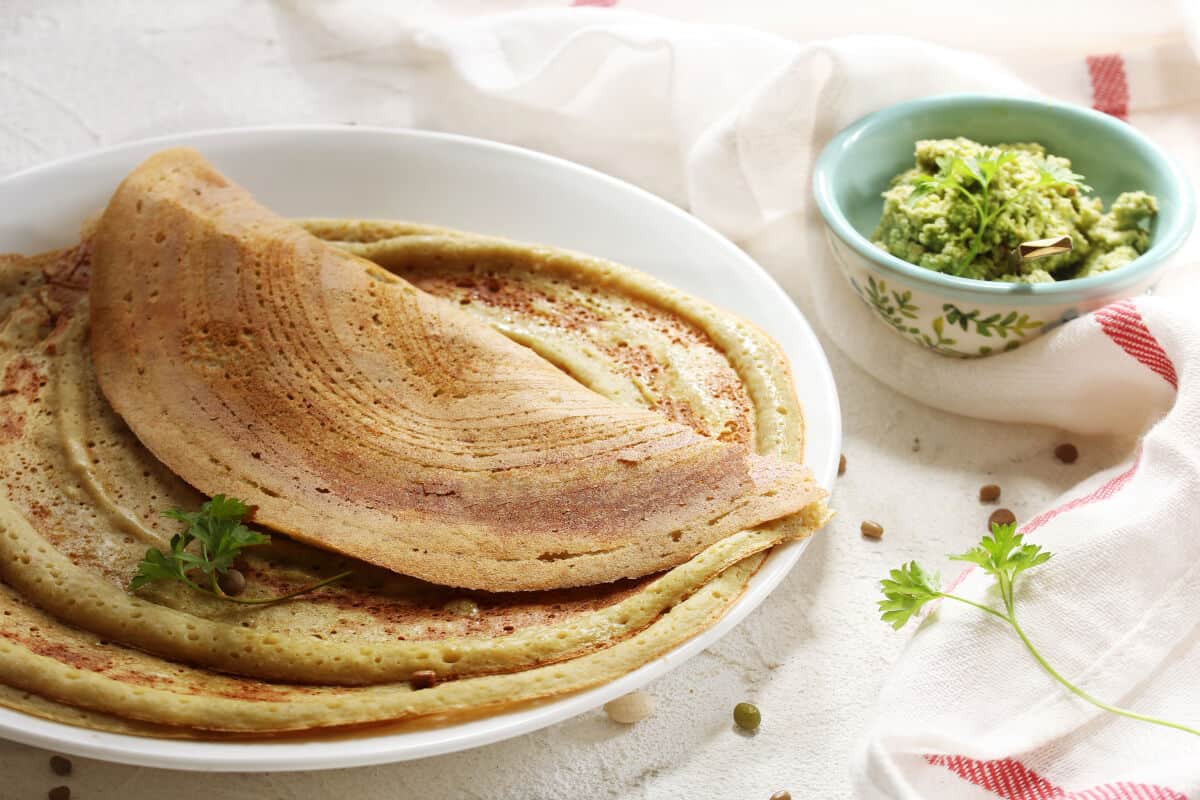
Adai is a type of crepe made in India with lentils and rice, chilies, and other spices and seasonings.
Adzuki Beans
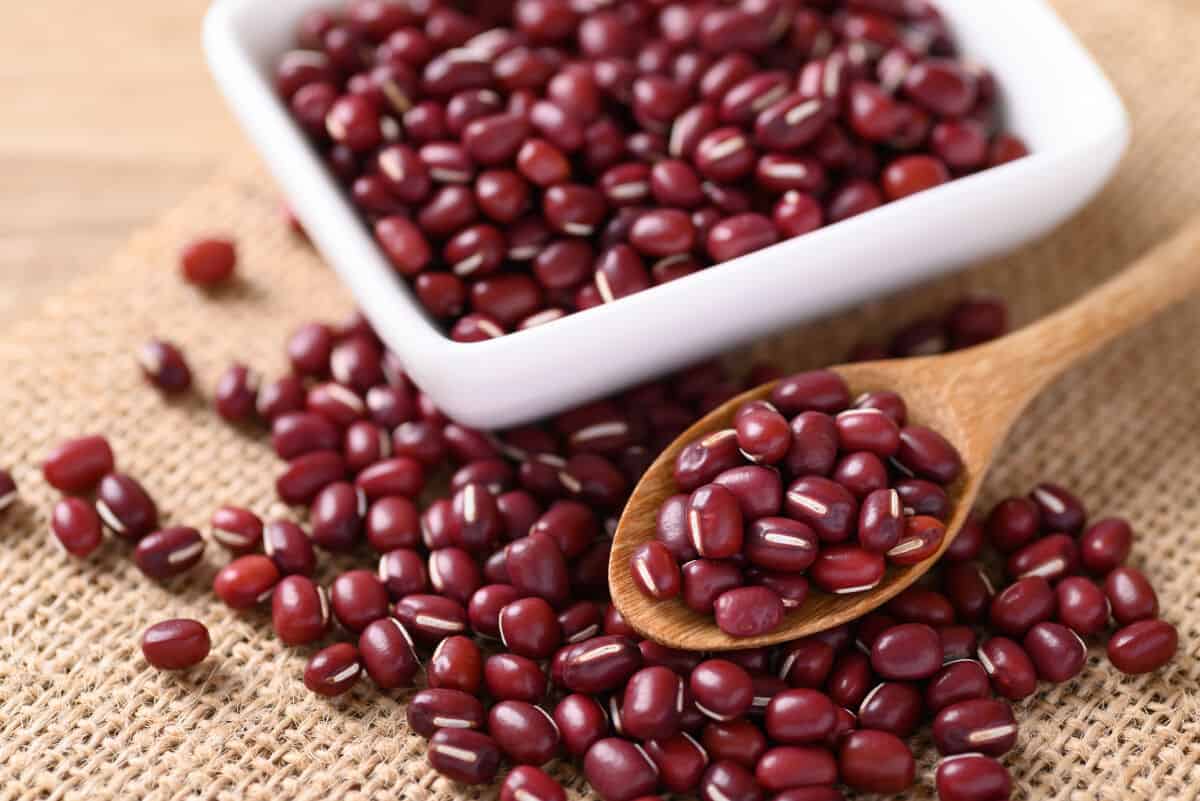
Adzuki beans grow in East Asia. They are also called red beans and red mung beans. They are high in fiber and antioxidants.
Afang
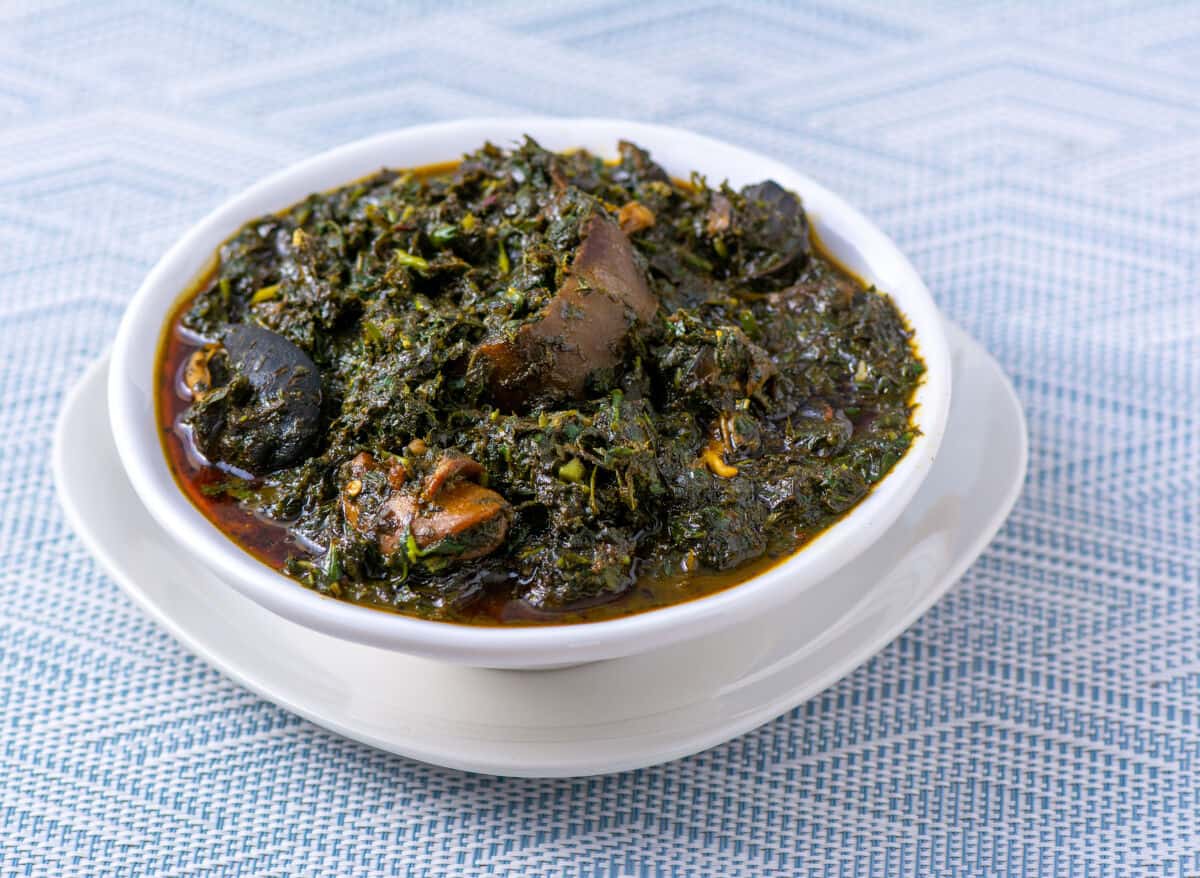
Afang is a leafy green vegetable popular in Nigeria and known in English as wild spinach. Commonly used in Afang soup, which contains leaves, palm oil, seasonings, and beef, fish, or crayfish.
Agrodolce
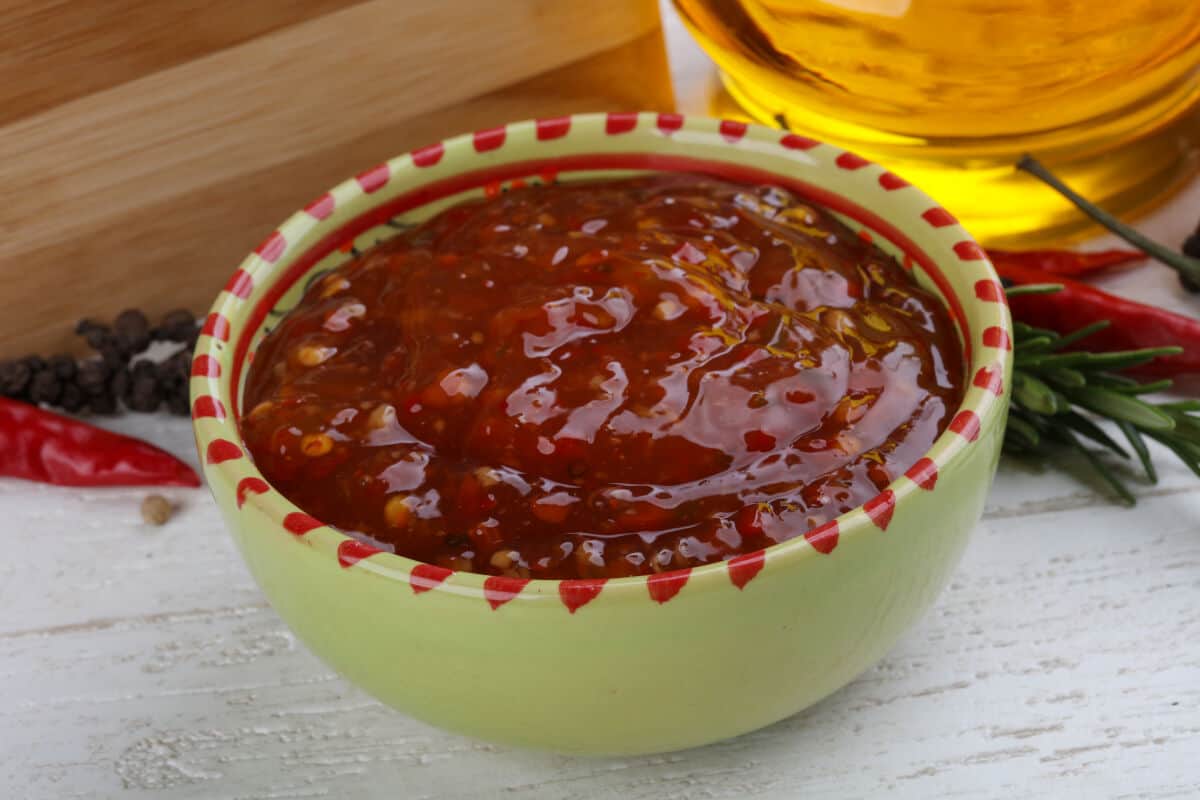
Agrodolce is a sticky, sweet-tart Italian condiment of reduced sugar, honey, and vinegar. Sometimes includes fruit or vegetables.
Aguachile
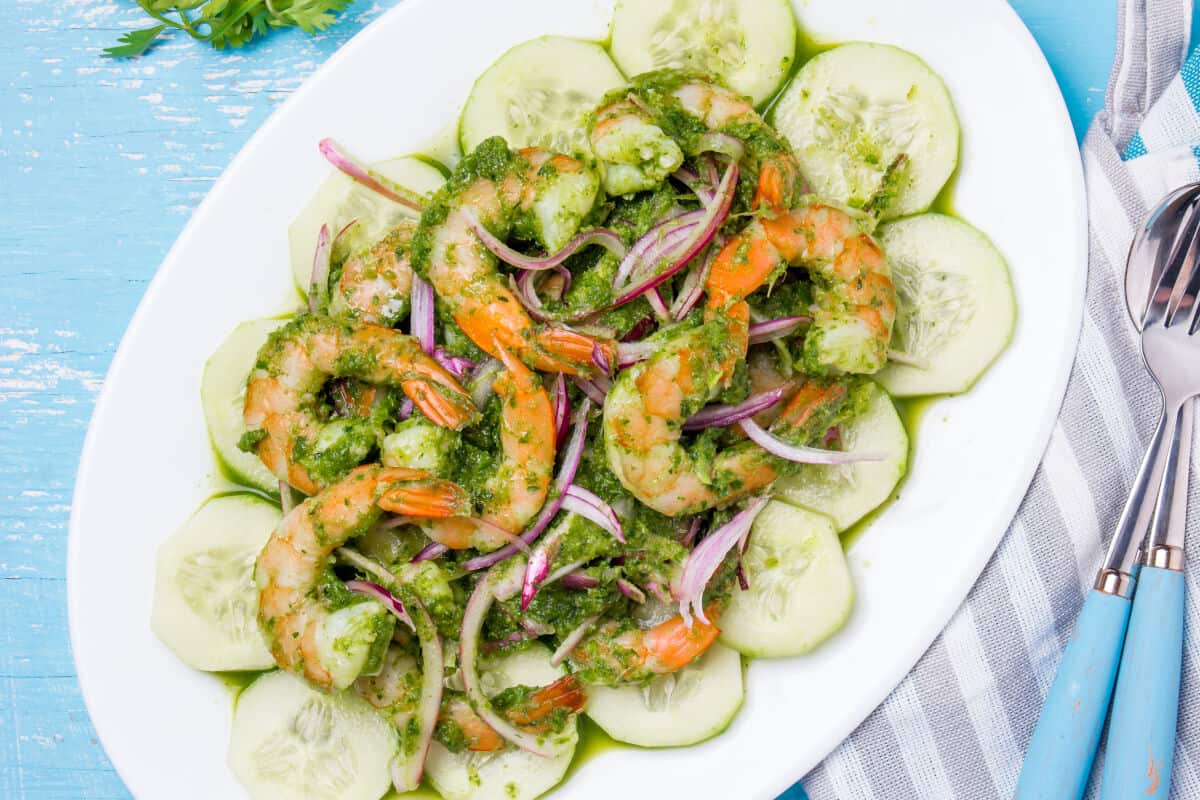
Aguachile is a Mexican dish made with lime-marinated raw shrimp served in a liquid made of blended chilies and lime juice, with red onion and cucumber.
Ahriche
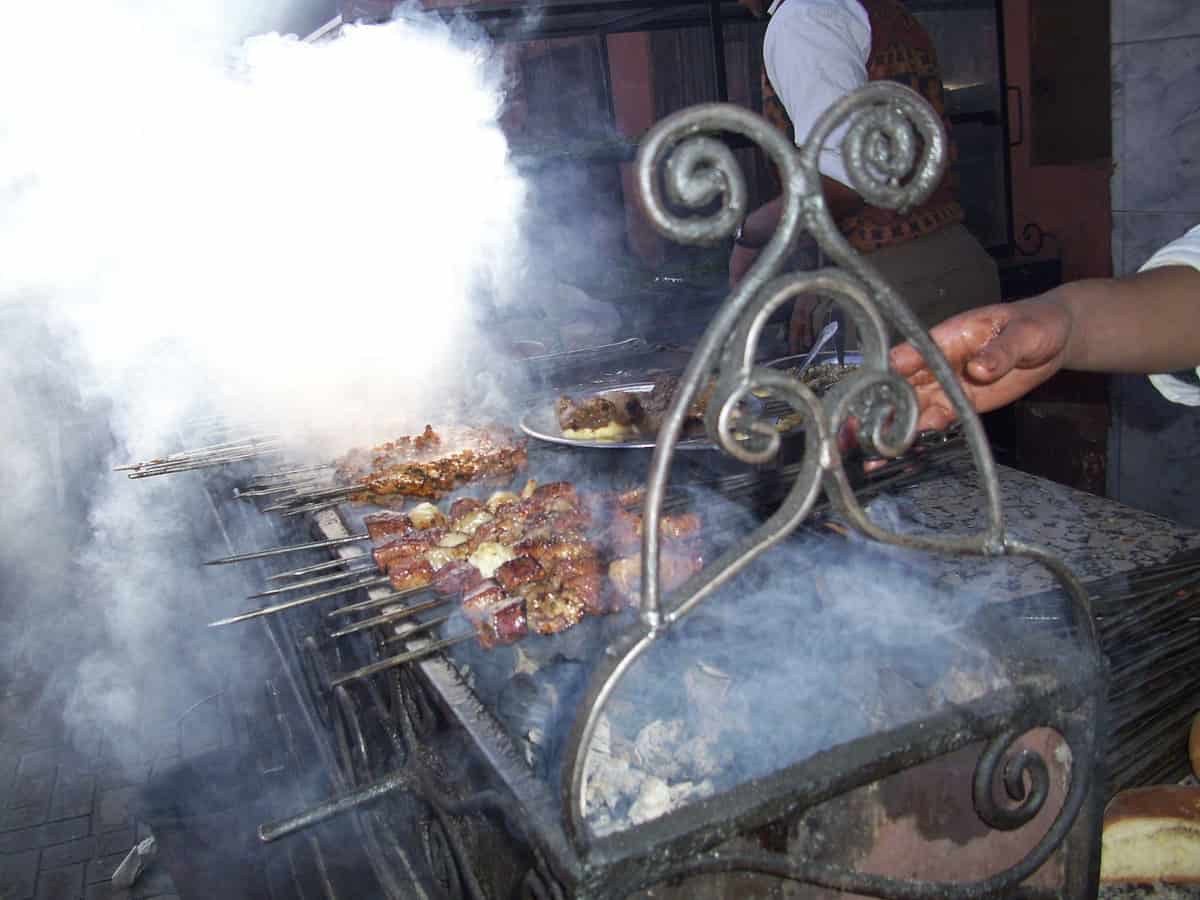
Ahriche is Moroccan skewers of tripe, usually intestine, lung, or heart, grilled over charcoal.
Ajika
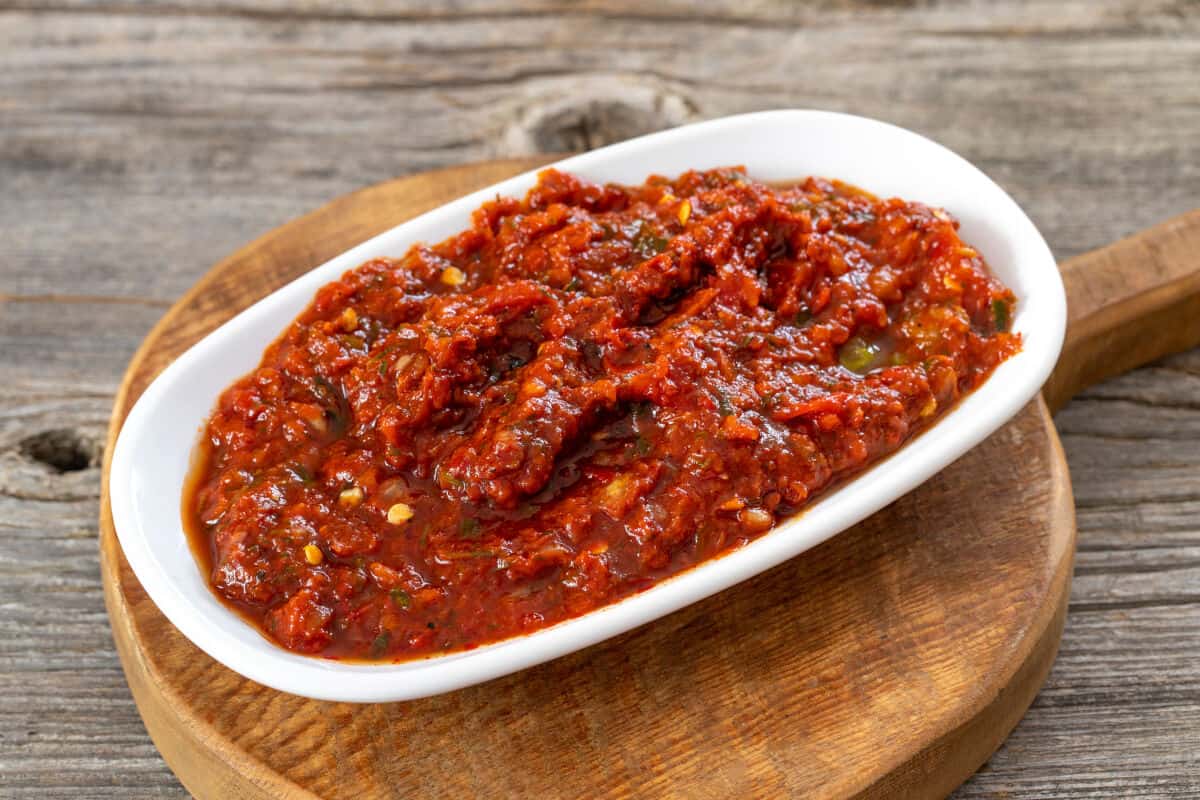
Ajika is a hot, spicy dip made with red peppers, garlic, walnut, and spices. Originating from the country of Georgia in Eastern Europe/Western Asia.
Ajvar
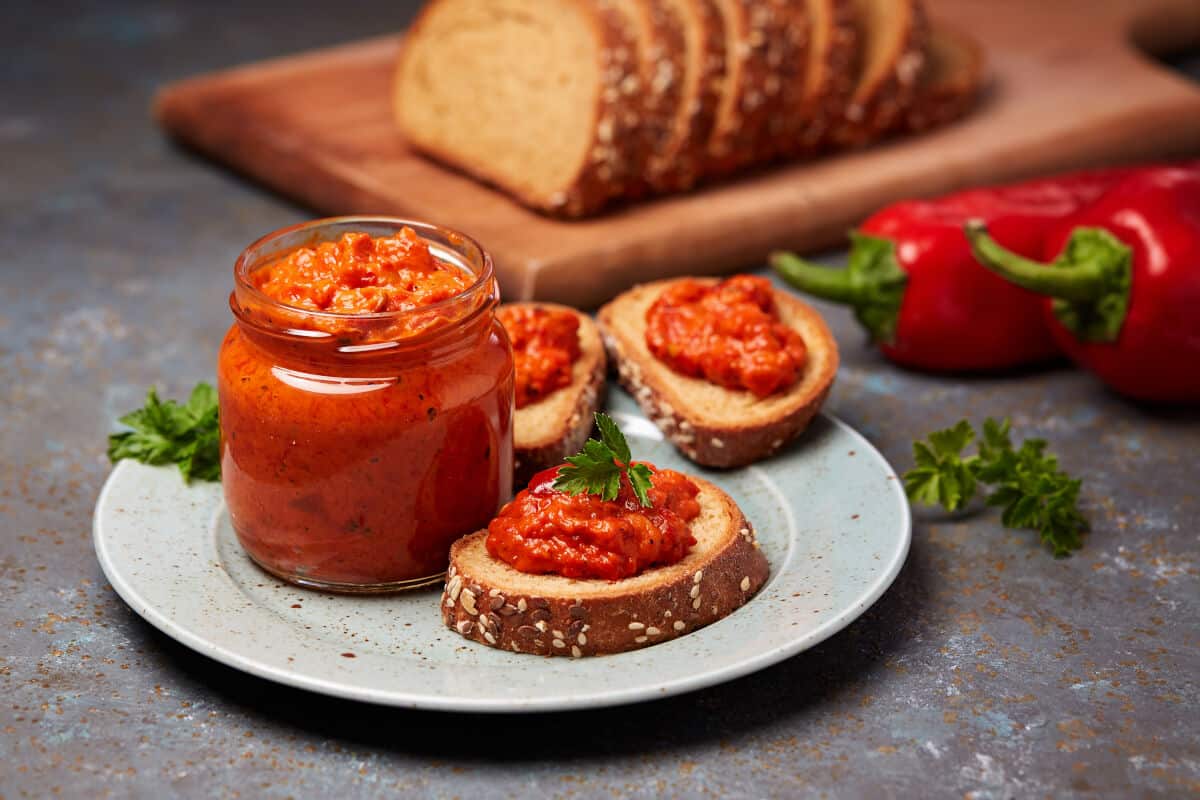
Ajvar is a roasted red pepper spread popular in the Balkans. It can be used as a dip, sauce, or ingredient.
Ajwain Seed
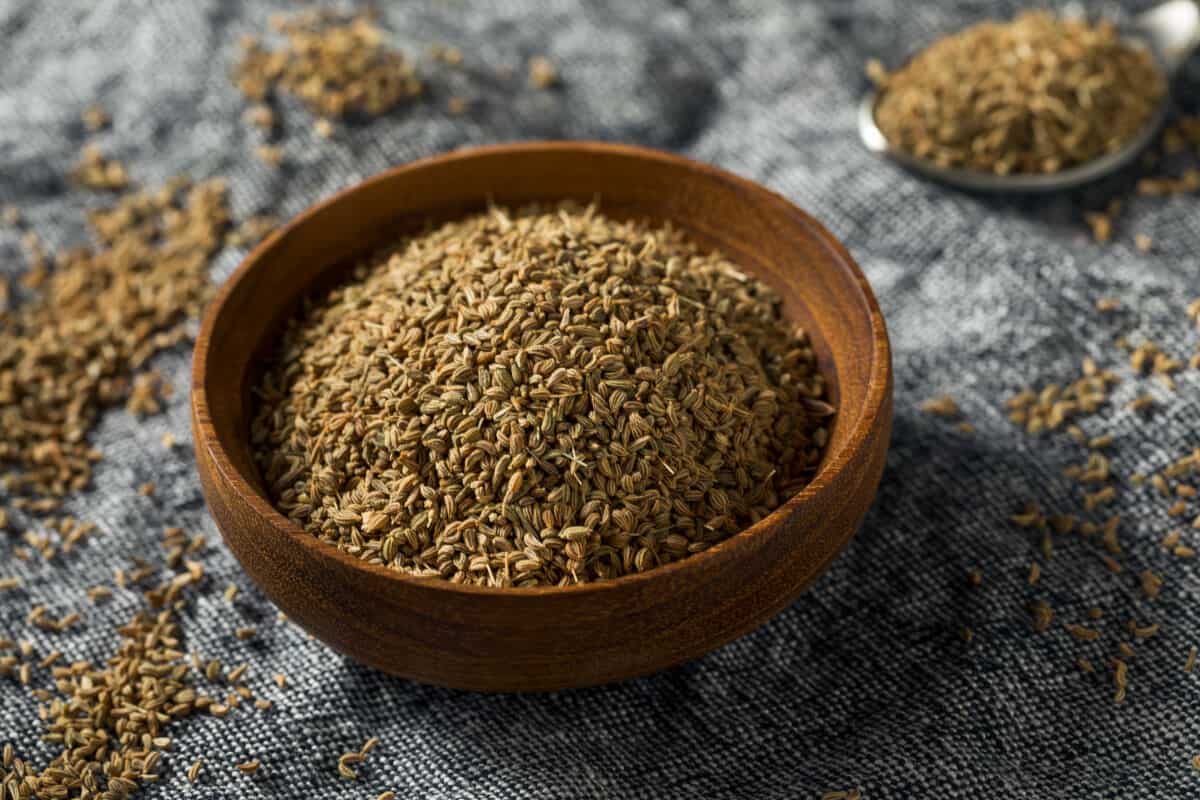
Ajwain seed is also known as ajowan, ajowan caraway, and carom. A fragrant seasoning used in Indian, African, and Middle Eastern cuisine.
Akara
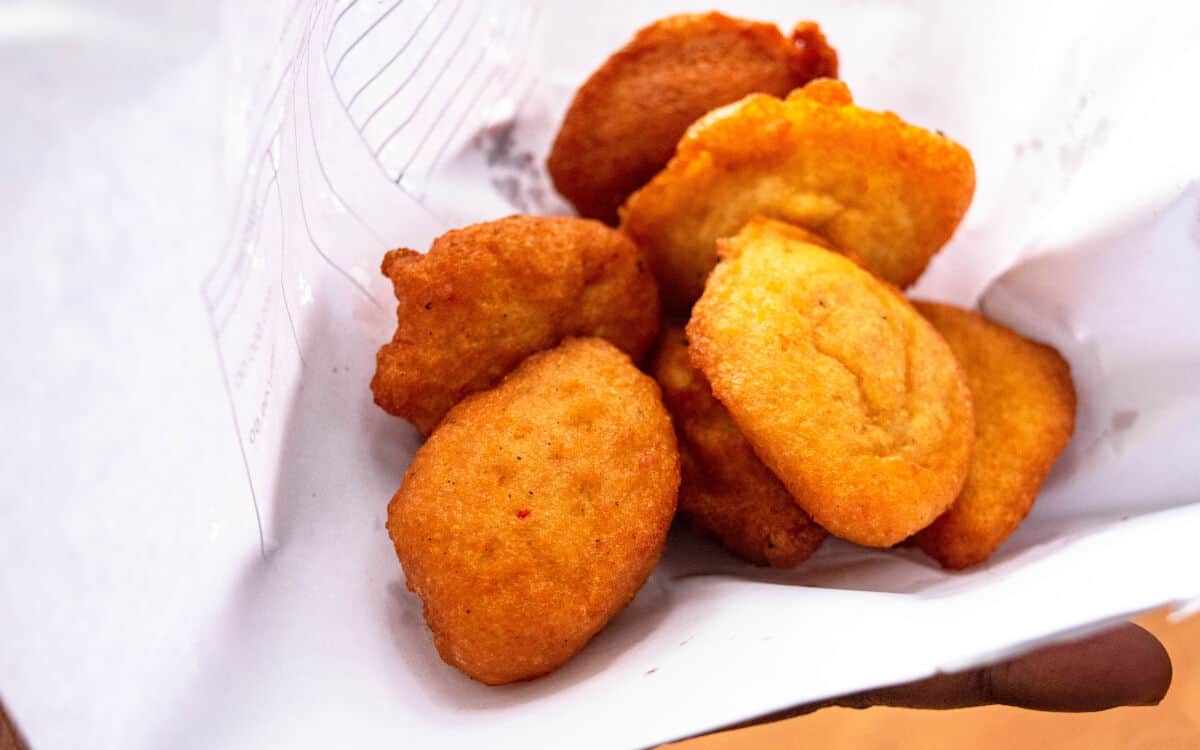
Akara is a deep-fried cake or fritter made with black-eyed peas. Popular in West Africa, Brazil, and the Caribbean.
Akkawi
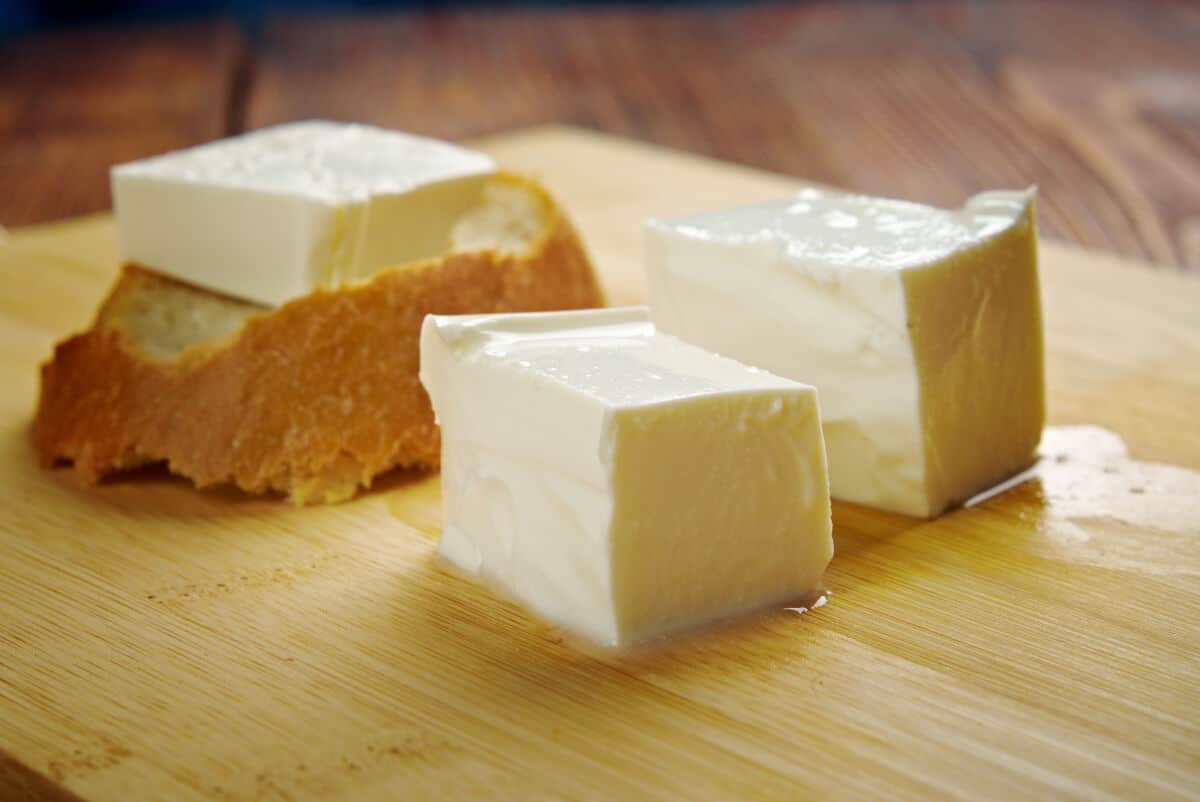
Akkawai is a soft, unripened cheese served in brine with a mild, salty flavor. Made with cow, goat, or sheep milk, and is common in North Africa and the Middle East.
Alewife
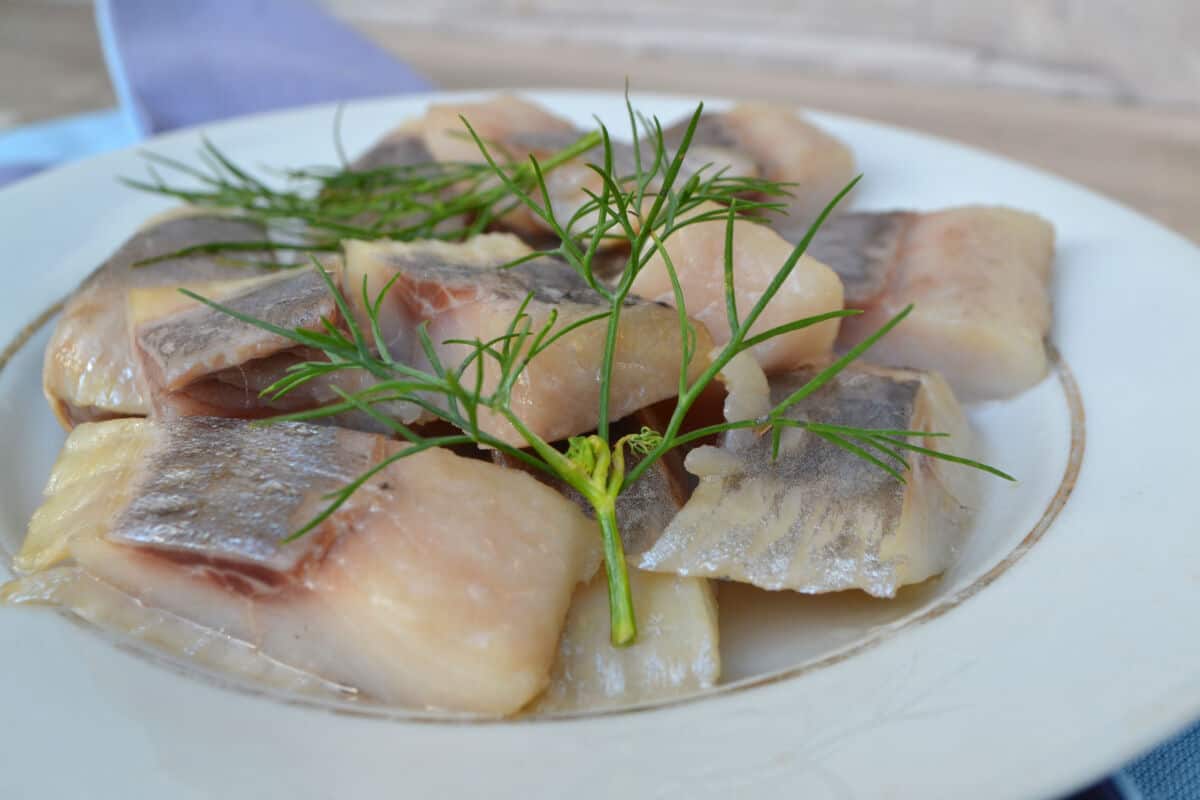
Alewife is a type of herring native to the West Atlantic Ocean. Tasty and nutritious. Threatened in their native habitat, but thriving as an invasive species in the Great Lakes.
Alheira

Alheira is a Portuguese sausage made with a blend of meats, typically some combination of duck, veal, pork, rabbit, chicken, and quail.
Alloco
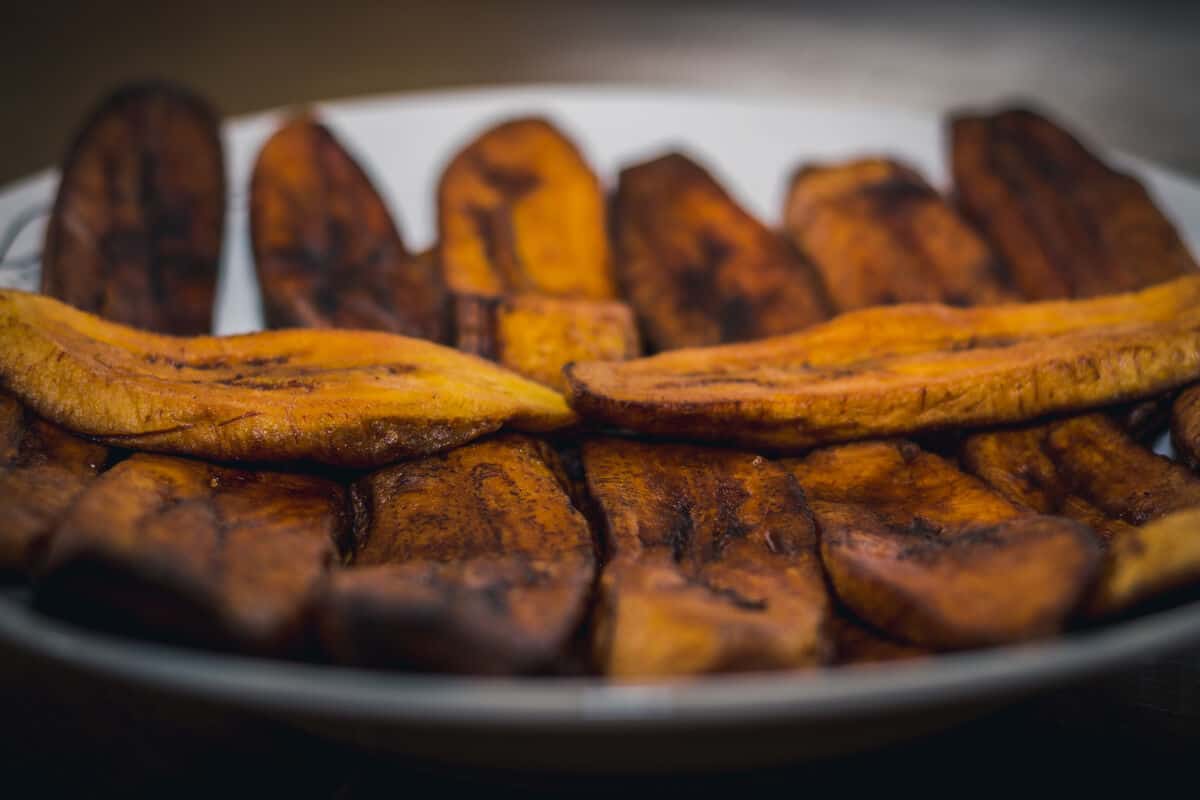
Alloco is a Nigerian street food consisting of fried plantain served with chilli peppers and onion.
Aloo Gobi
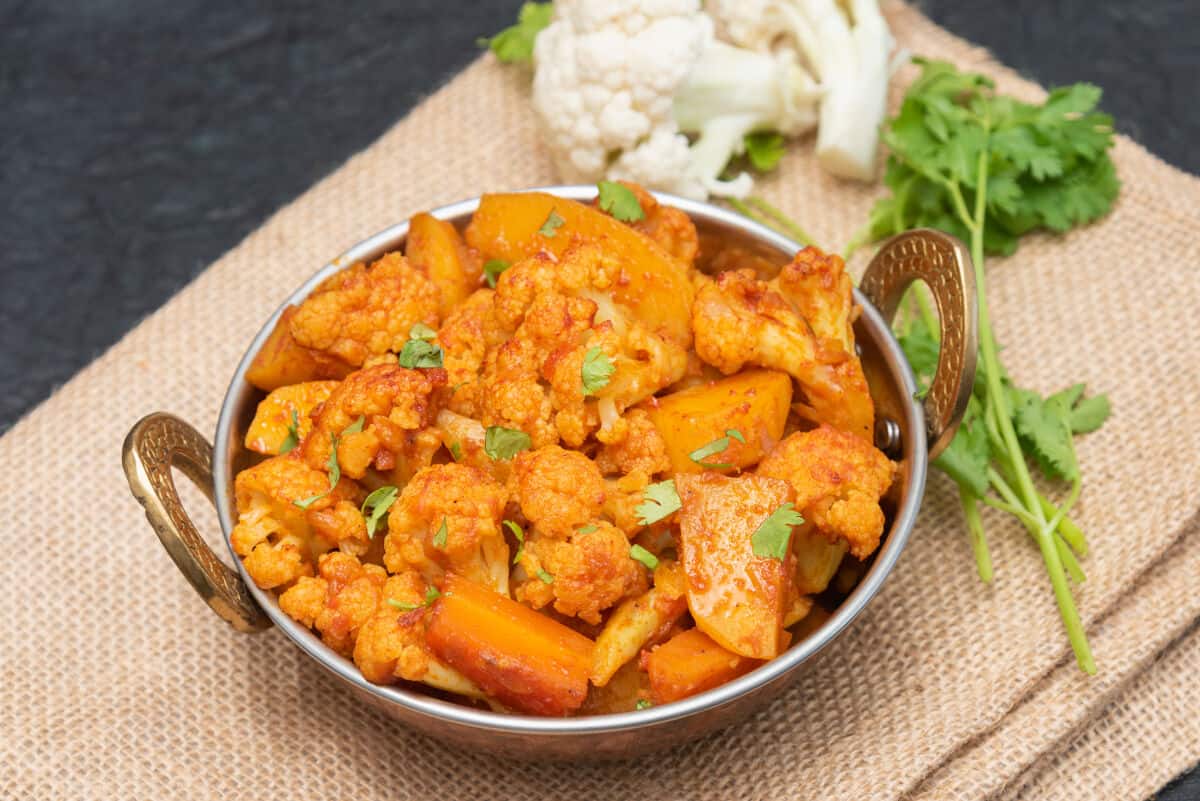
Allo Gobi is a potato and cauliflower dish made with turmeric and other spices. Common in India and Pakistan.
Amala
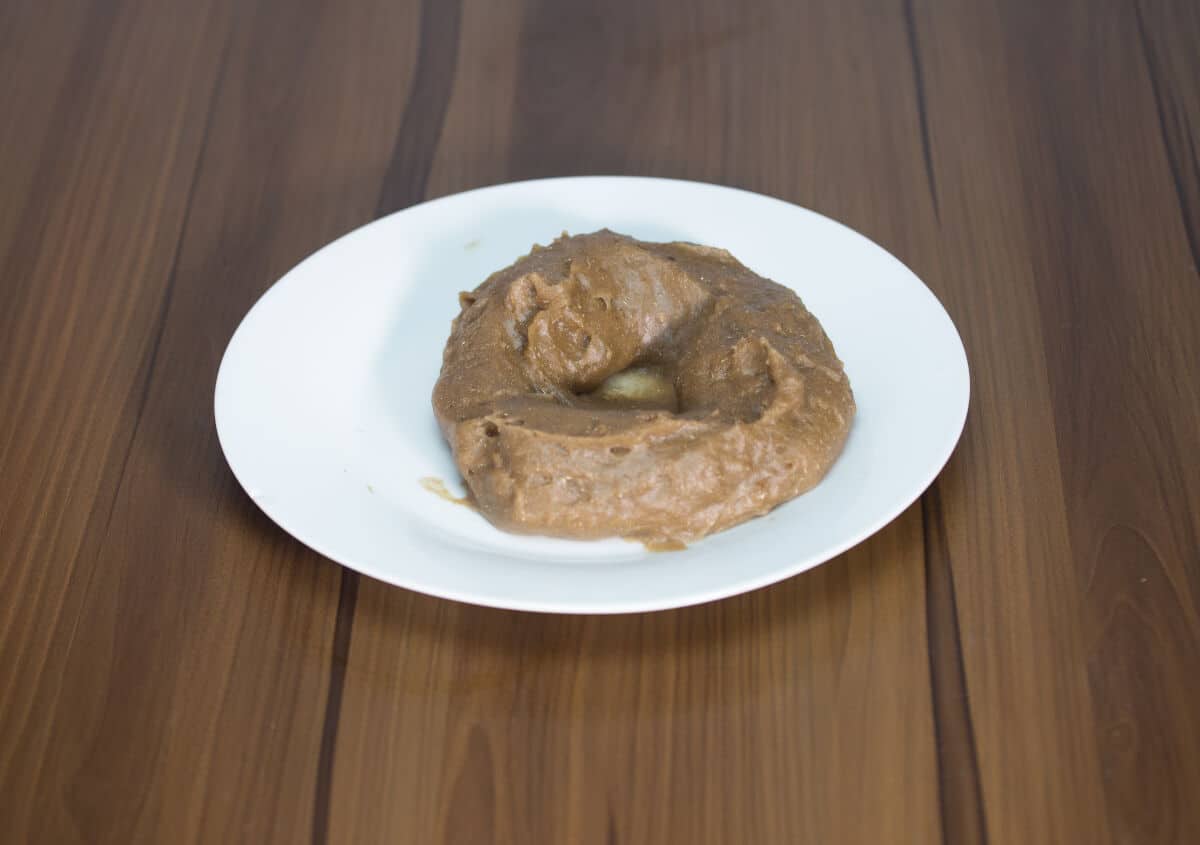
Amala is a Nigerian side dish made with yam flour stirred into boiling water until it’s smooth.
Amanatsu
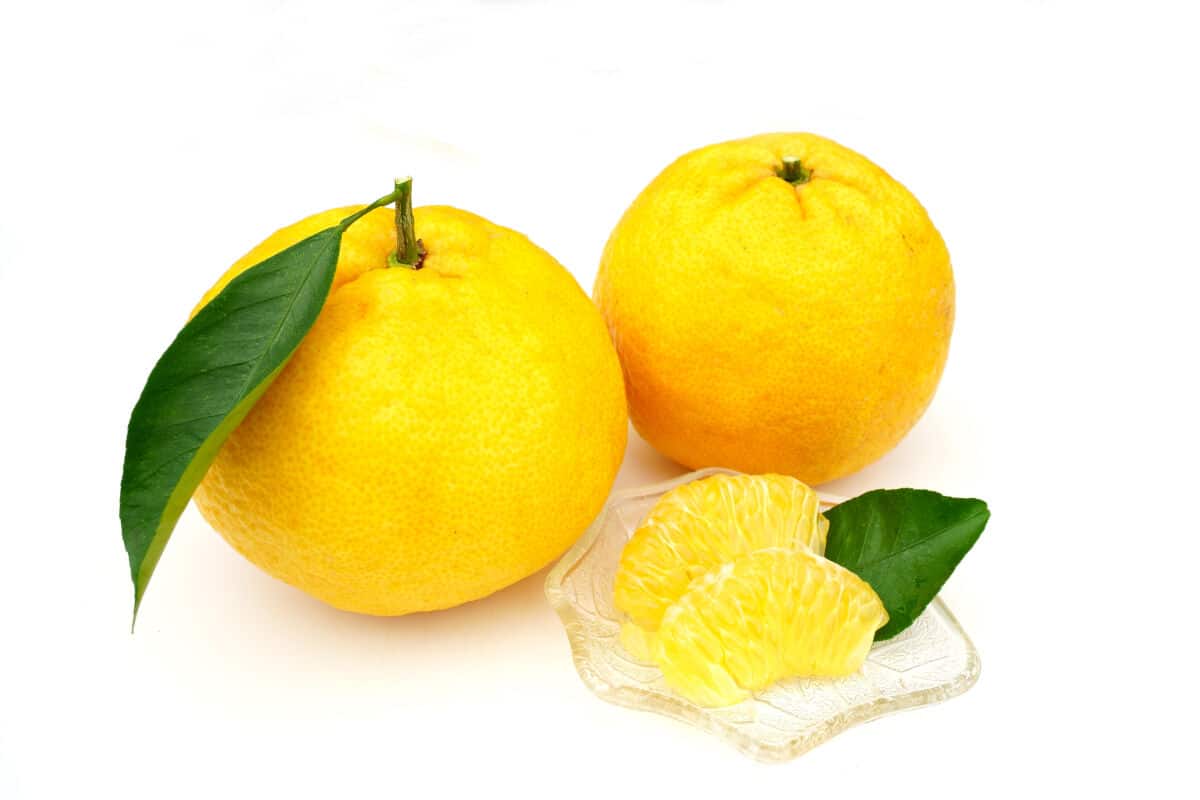
Amanatsu is a Japanese sweet and sour citrus fruit about the size of a grapefruit. Believed to be a naturally-occurring hybrid of sour orange and pomelo.
Amaranth
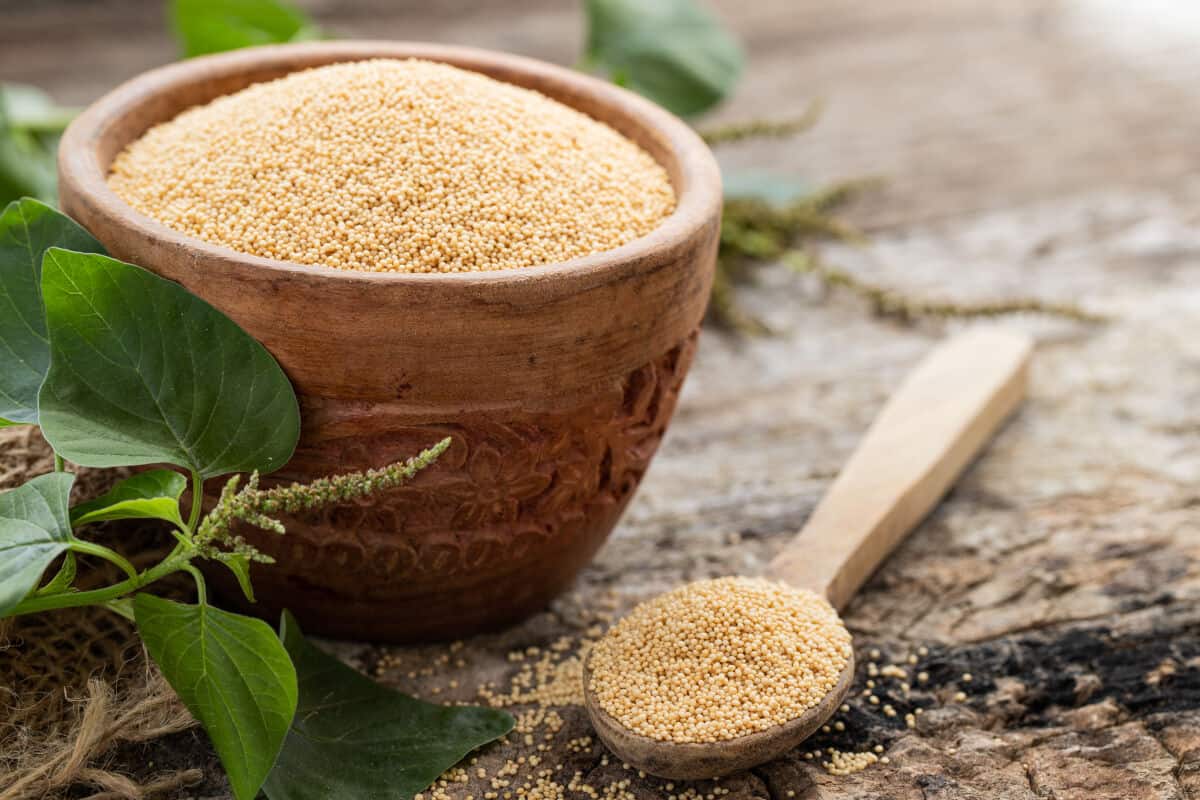
Amaranth is an ancient grain that cooks like oats or rice. It’s also sold ground into flour for gluten-free baking.
Amarelle Cherries

Amarelle cherries are a grouping of sour cherries, including the marasca cherry, used to make maraschino cherries.
Ambrosia
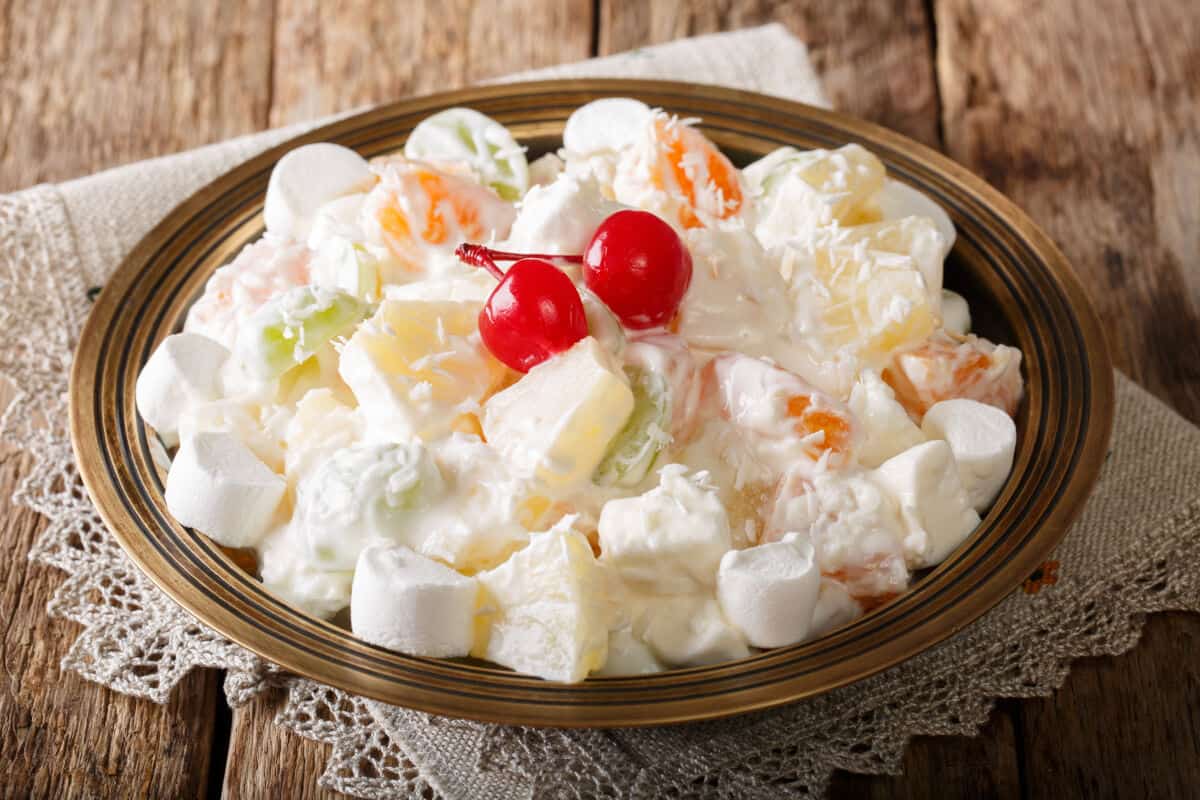
Ambrosia is a sweet holiday salad typically made with whipped cream, pineapple, maraschino cherries, mandarin oranges, coconut, and miniature marshmallows.
Ambuyat
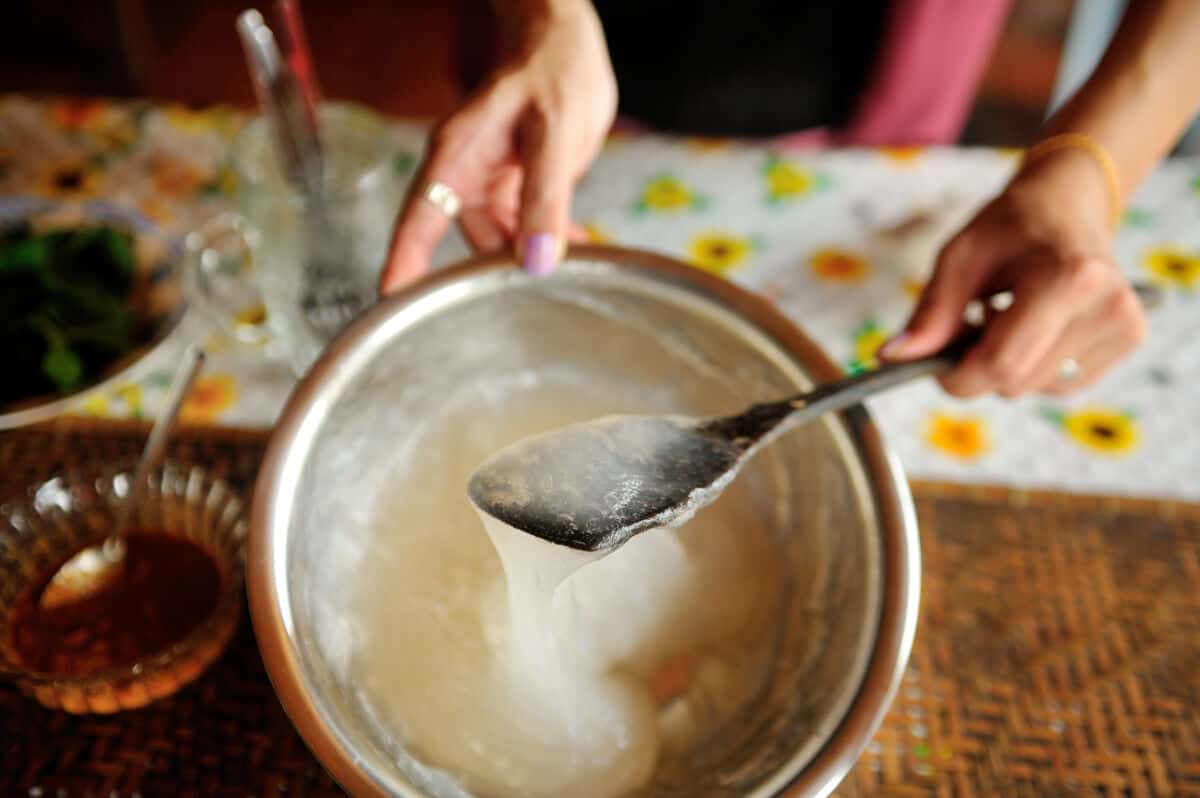
Ambuyat is the national dish of Brunei. A gluey substance made by cooking starch from sago palm trees. Eaten by wrapping around a stick and dipping it into any of a variety of sauces.
Amchoor
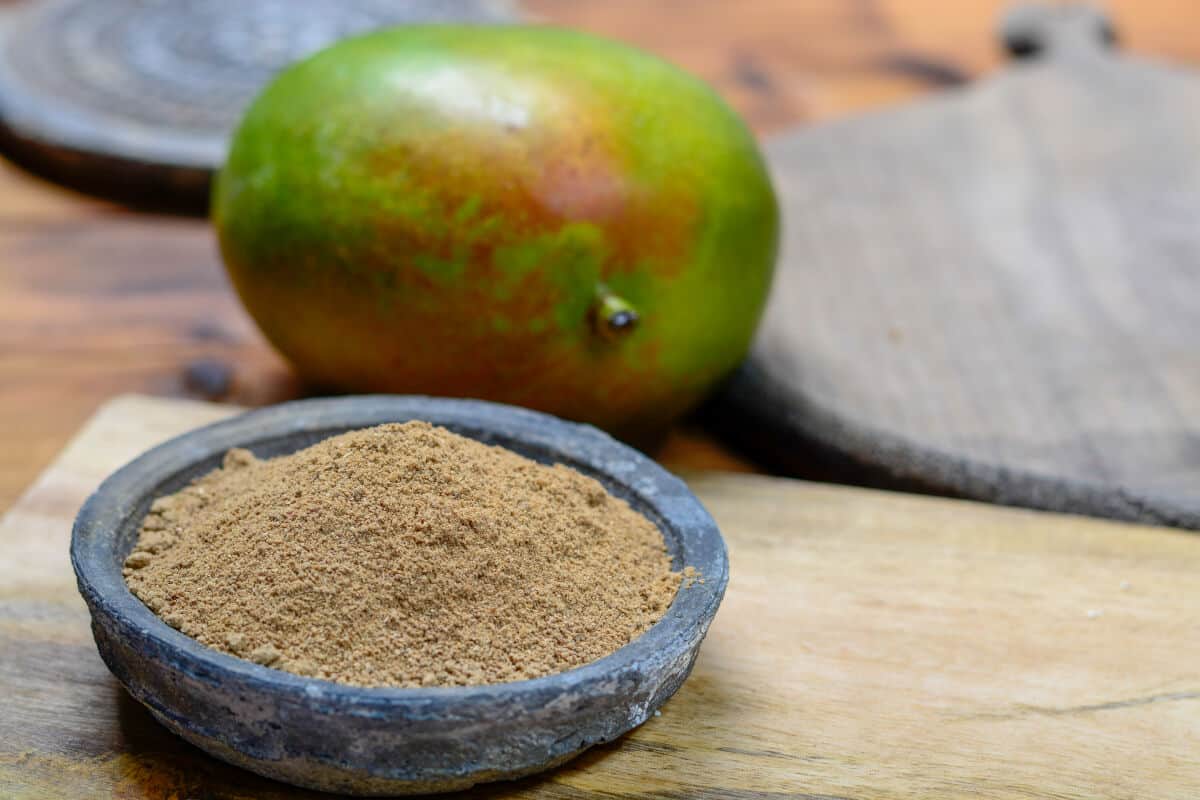
Amchoor is a powdered ingredient made from dried, unripened green mangoes. Made primarily in Pakistan and India.
Amok Trey
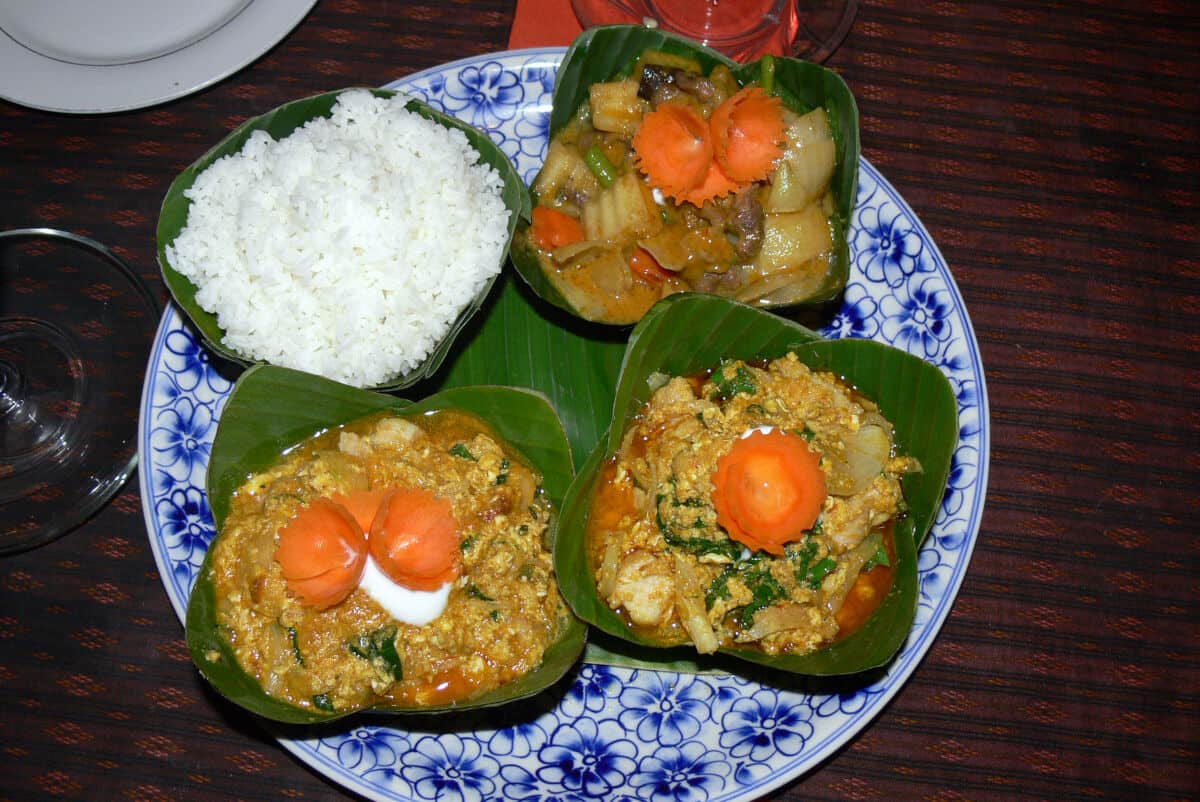
Amok trey is a Cambodian dish consisting of steamed fish curry in a banana leaf.
Andagi
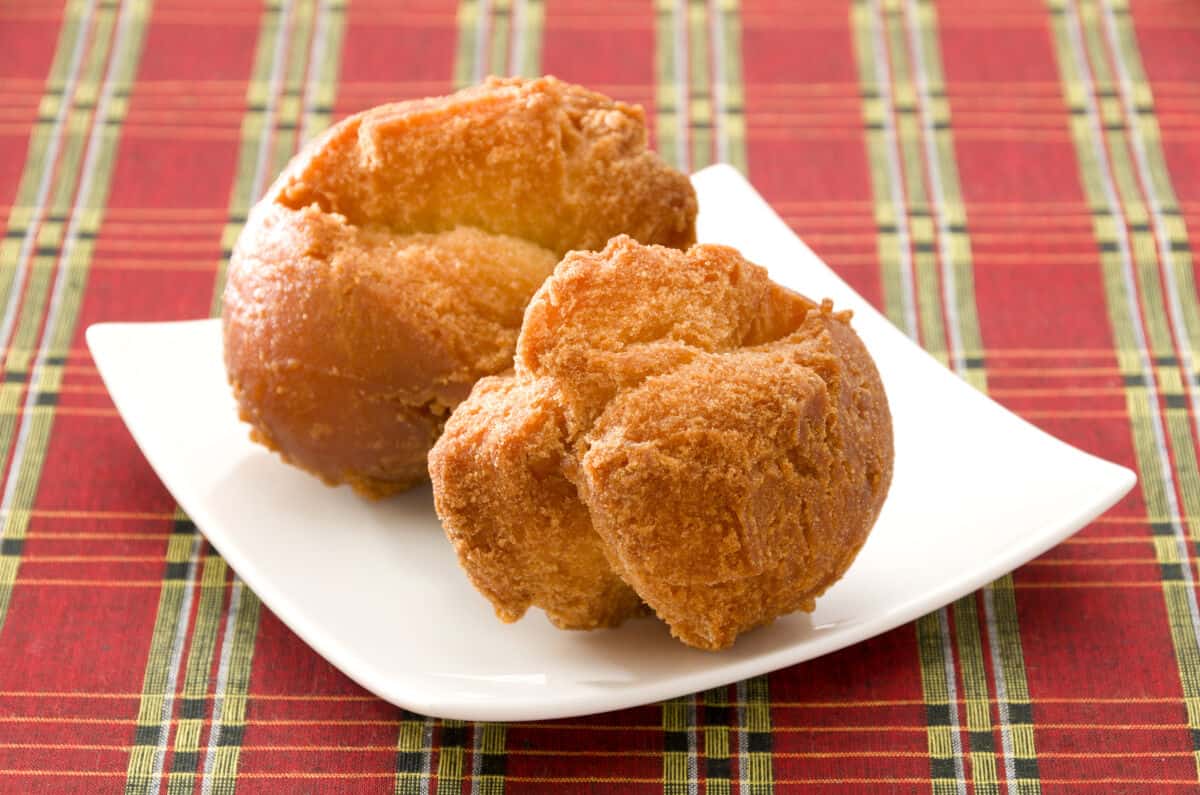
Andagi are basic deep-fried donuts originally from Japan but are now popular in Hawaii.
Anko
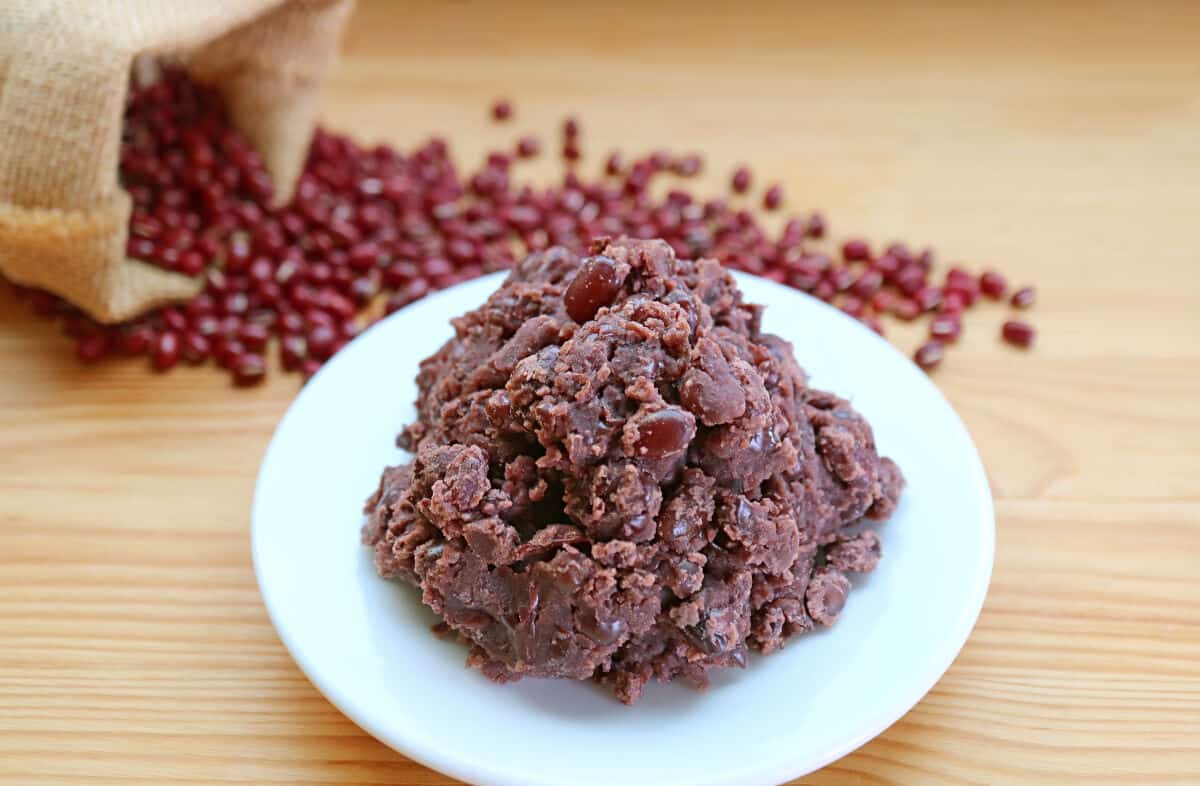
Anko is an East Asian paste made with red beans. Sometimes sweetened and used like a jam or spread.
Anmitsu
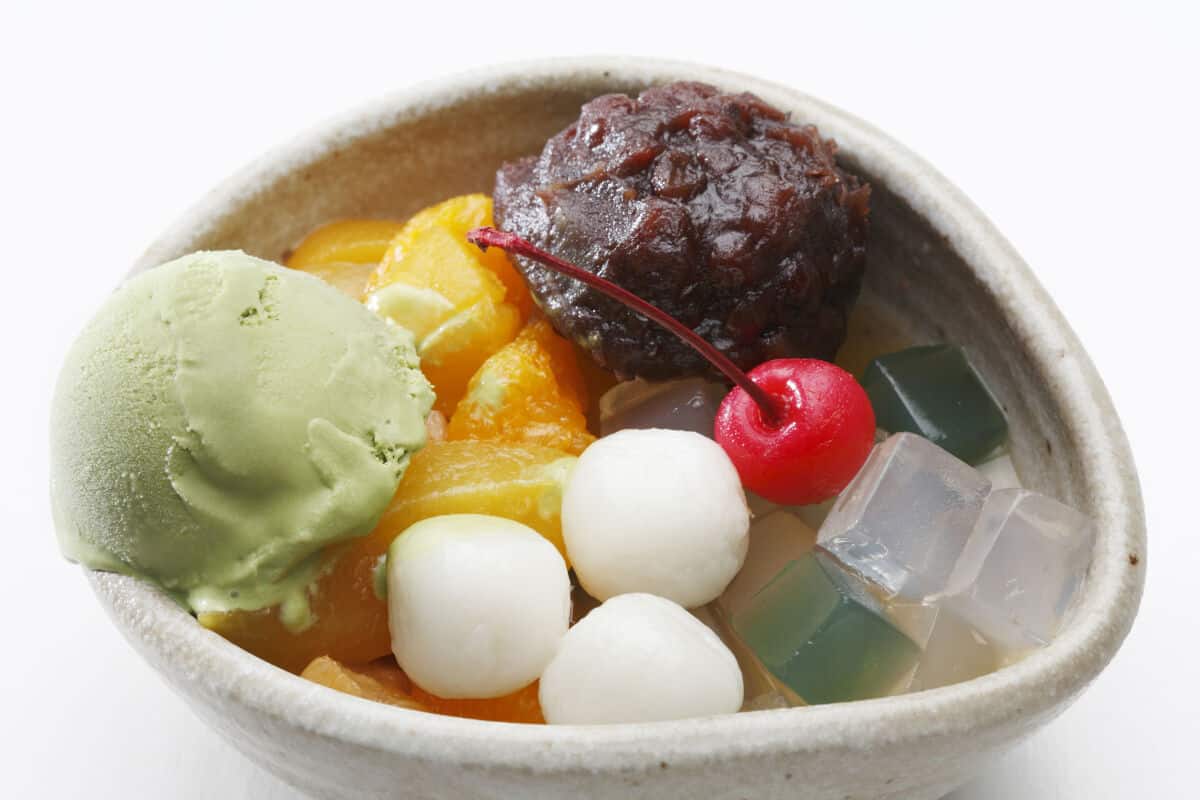
Anmitsu is a Japanese dessert of agar jelly cubes served with red bean paste, fruit, and syrup.
Annatto
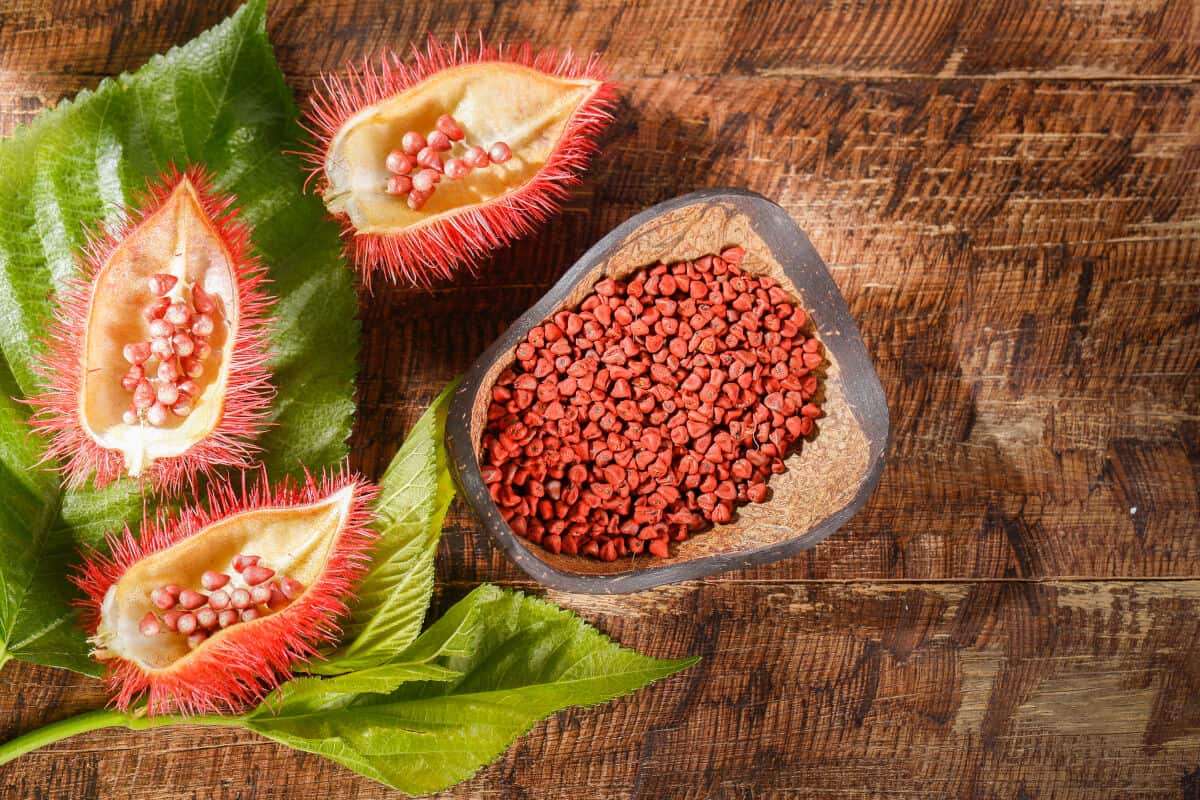
Annatto is a condiment and natural food coloring made from seeds from the achiote tree of Central and South America.
Aonori
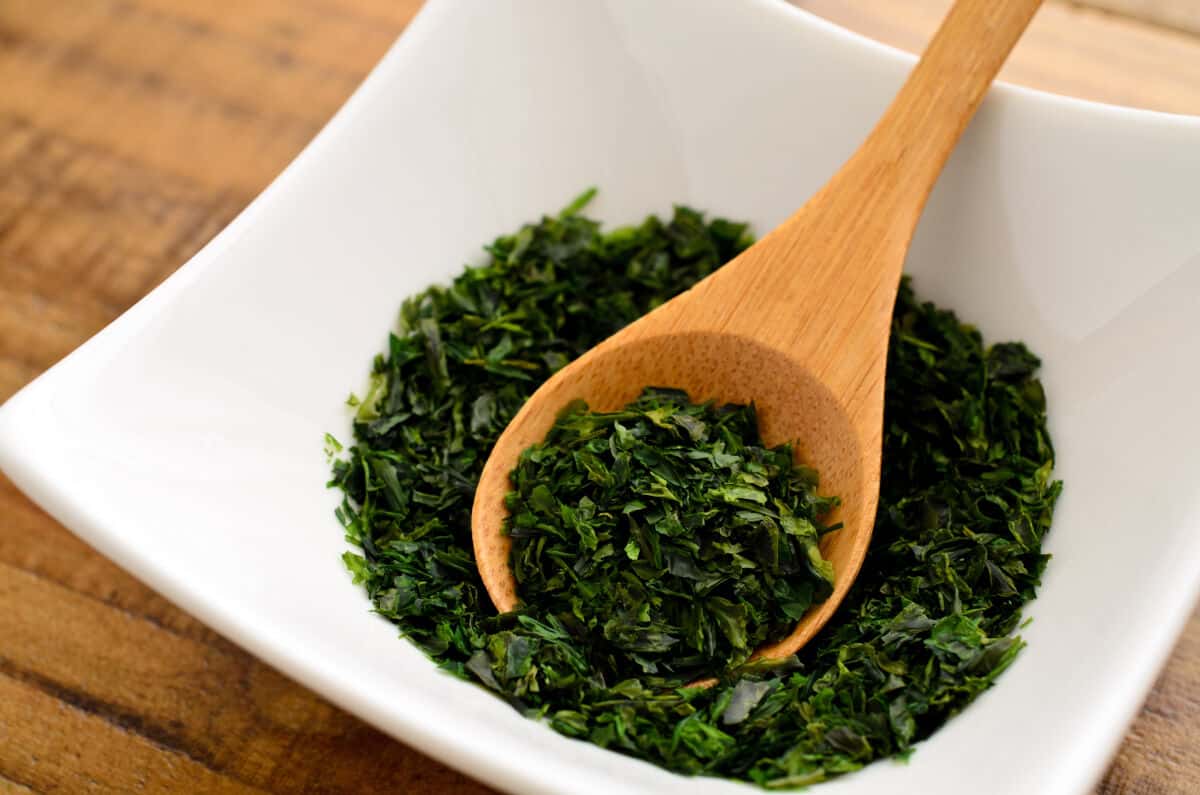
Aonori is an edible seaweed used as a flavorful garnish in Japanese cooking.
Appam
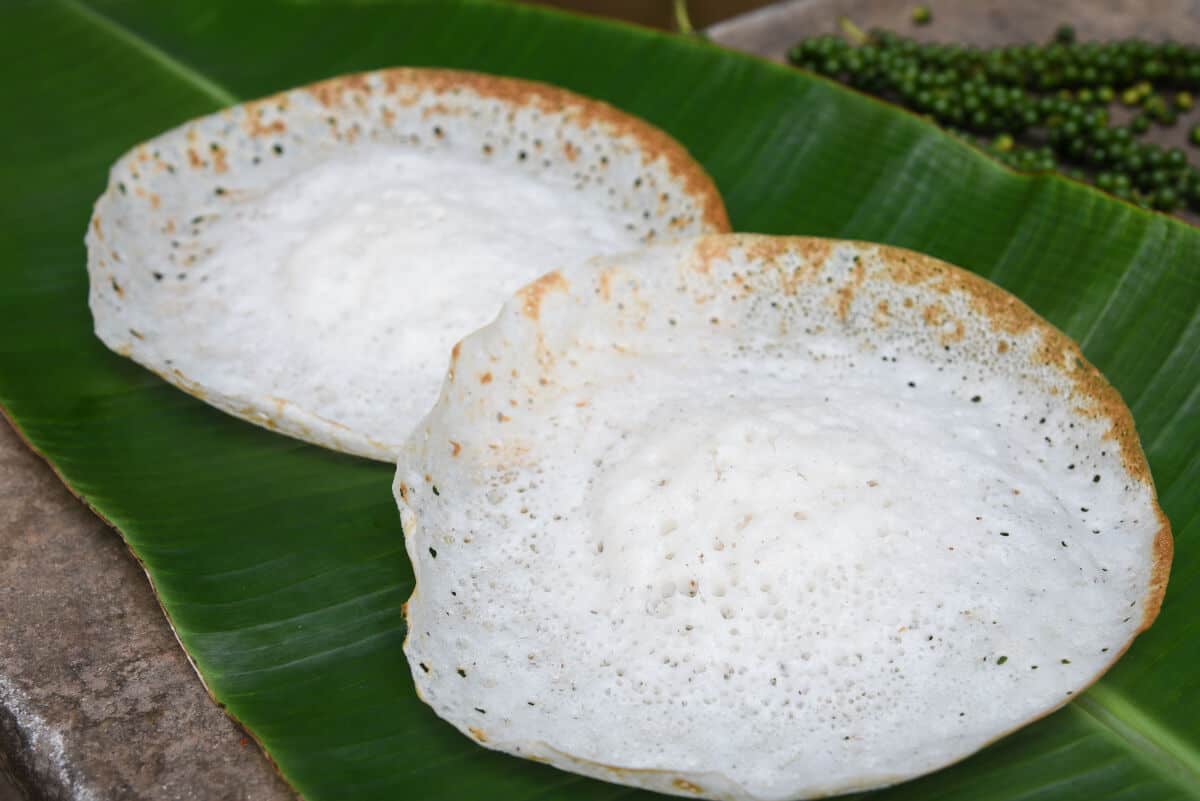
Appam are fluffy South Indian pancakes made with coconut milk and fermented rice.
Apple Fritter
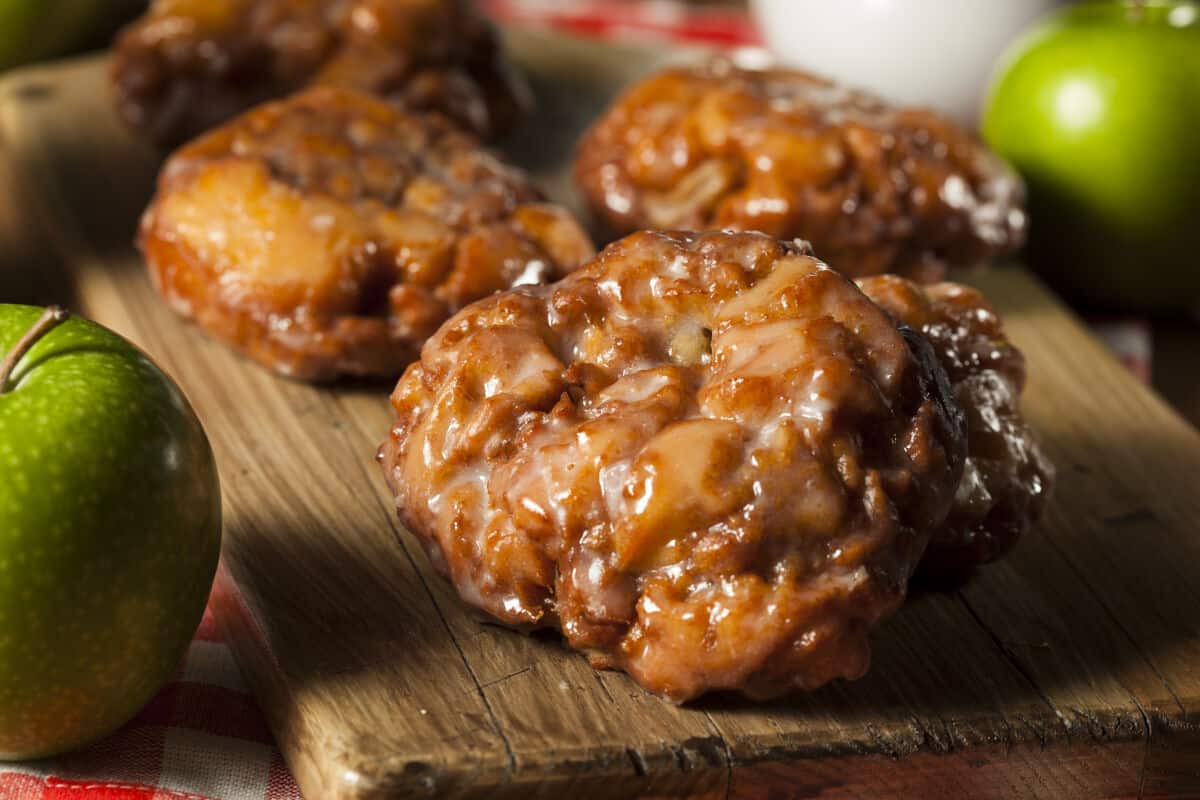
An apple fritter is a large deep-fried donut filled with apples and drizzled or coated with a sweet glaze.
Arame
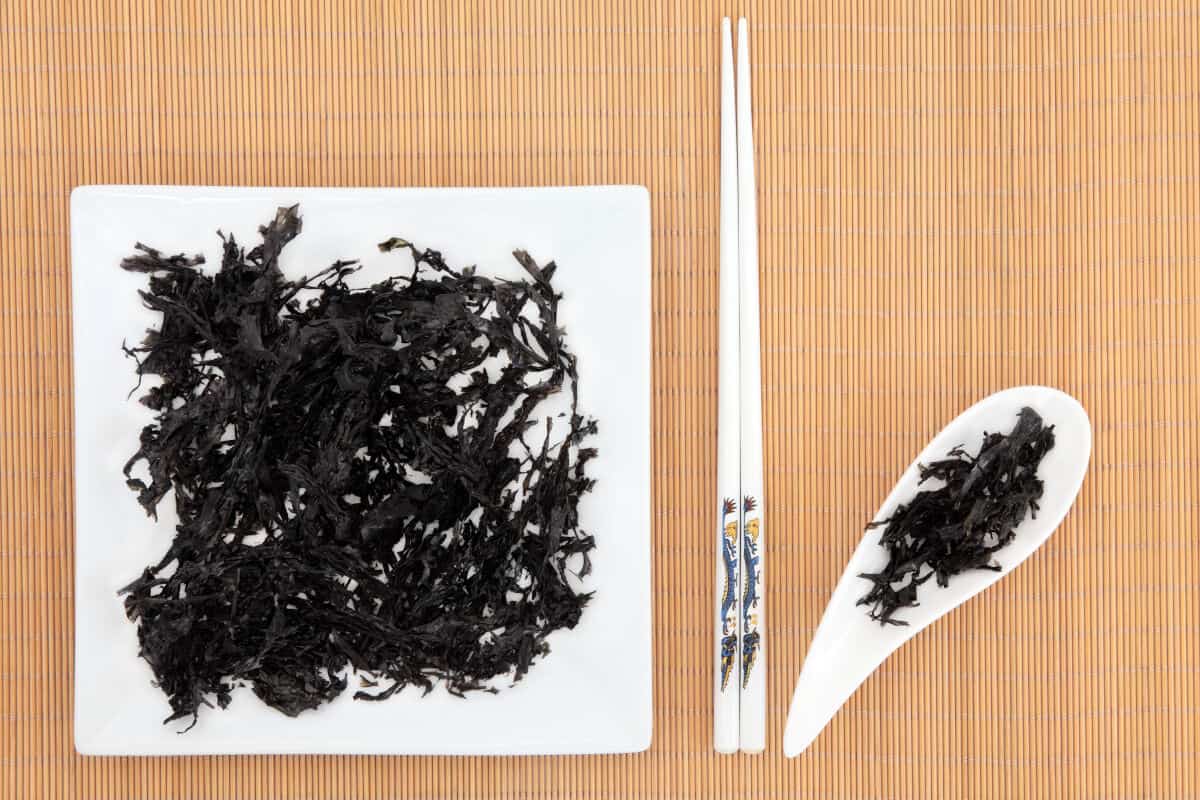
Arame is an edible kelp harvested off Japan and South Korea. Sold powdered and used to flavor a variety of dishes.
Arracacha
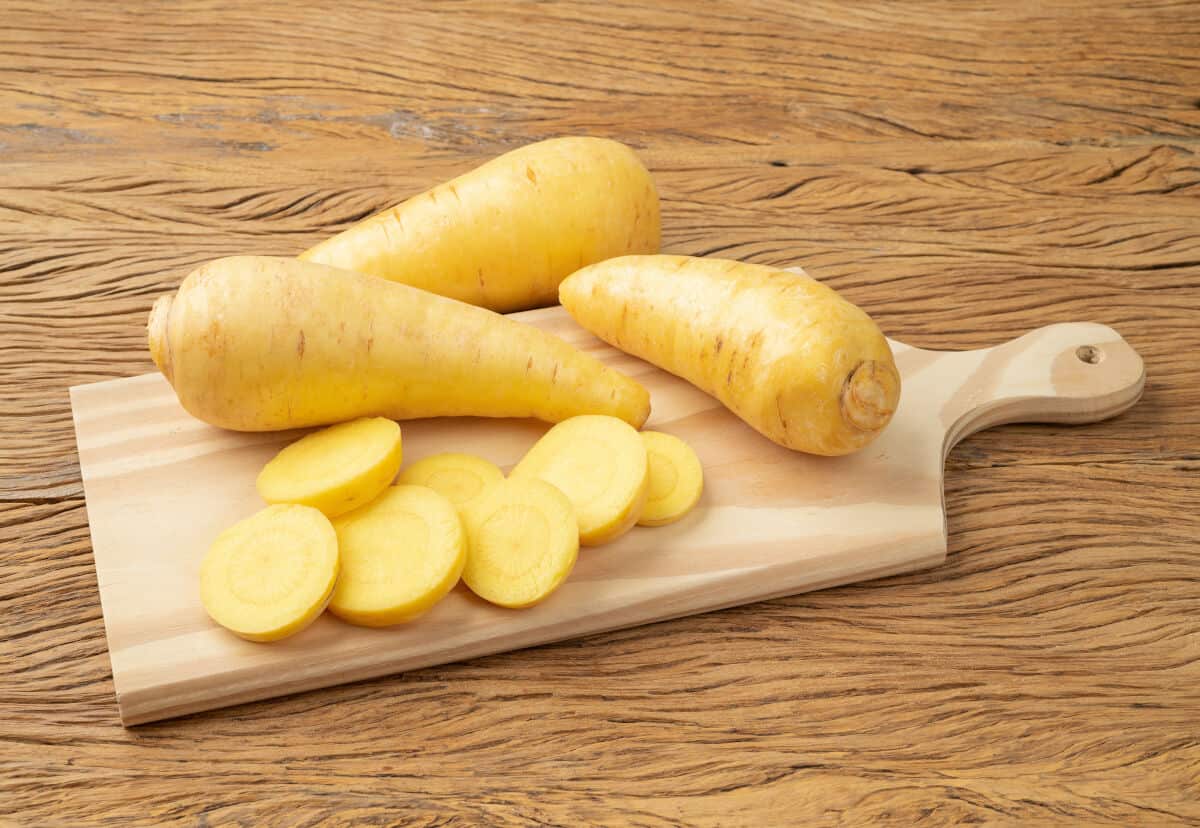
Arracacha is a South American root vegetable that looks like a carrot or parsnip and tastes like cabbage or celery with nutty notes.
Ash Cake
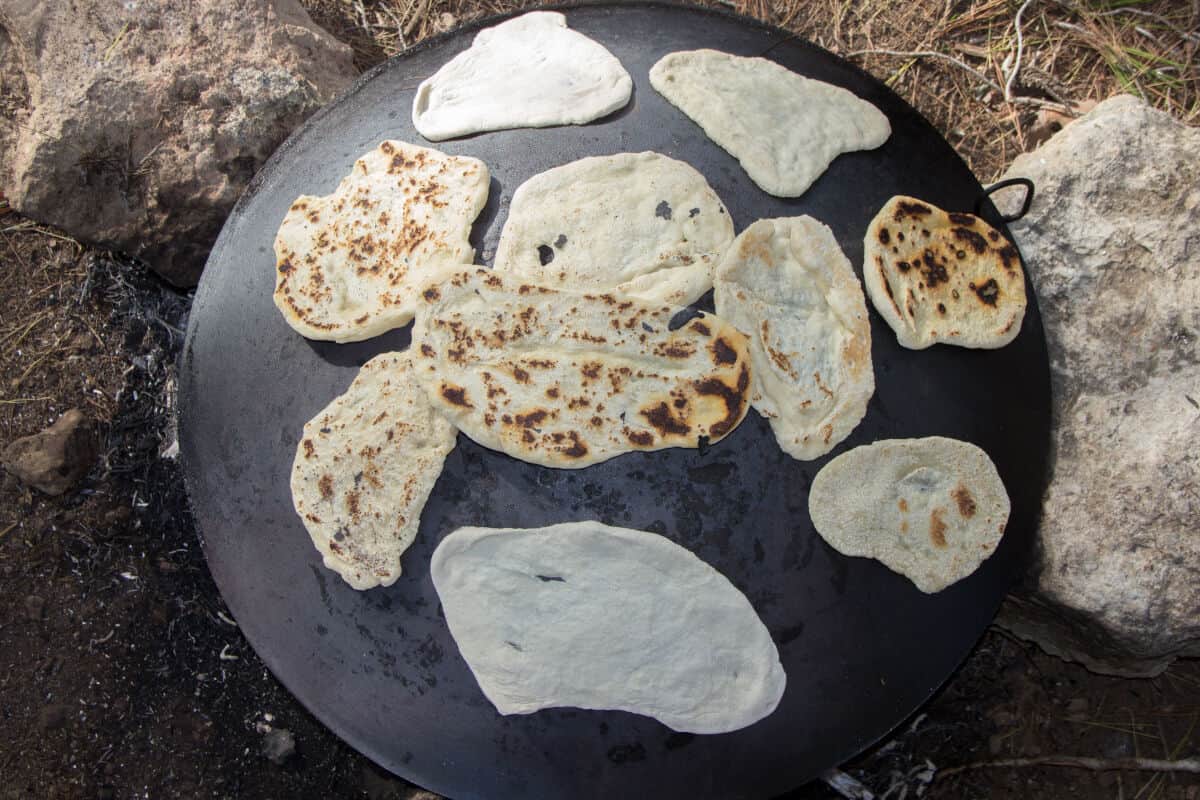
Ash cake is bread baked over hot sand or stones and covered with hot ash.
Ash Soup
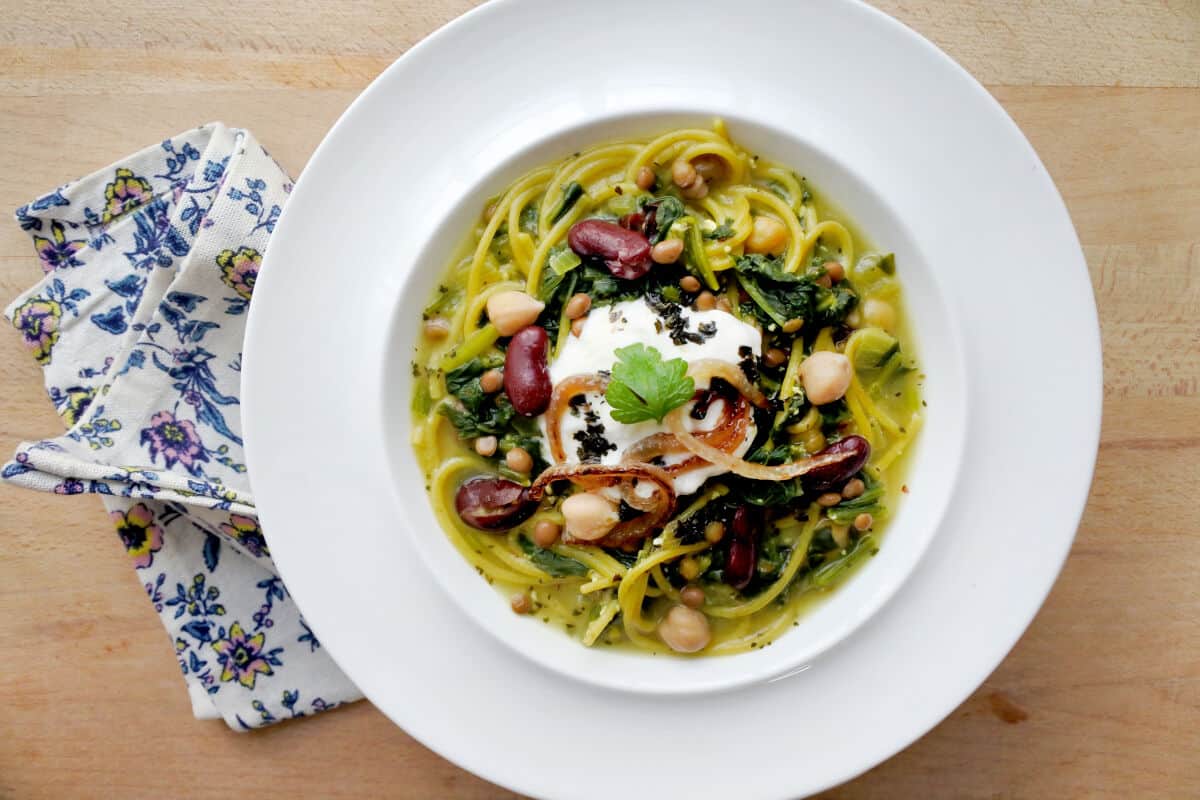
Ash soup is a hearty Persian noodle soup made with vegetables, beans, herbs, and sometimes meat.
Asian Greens
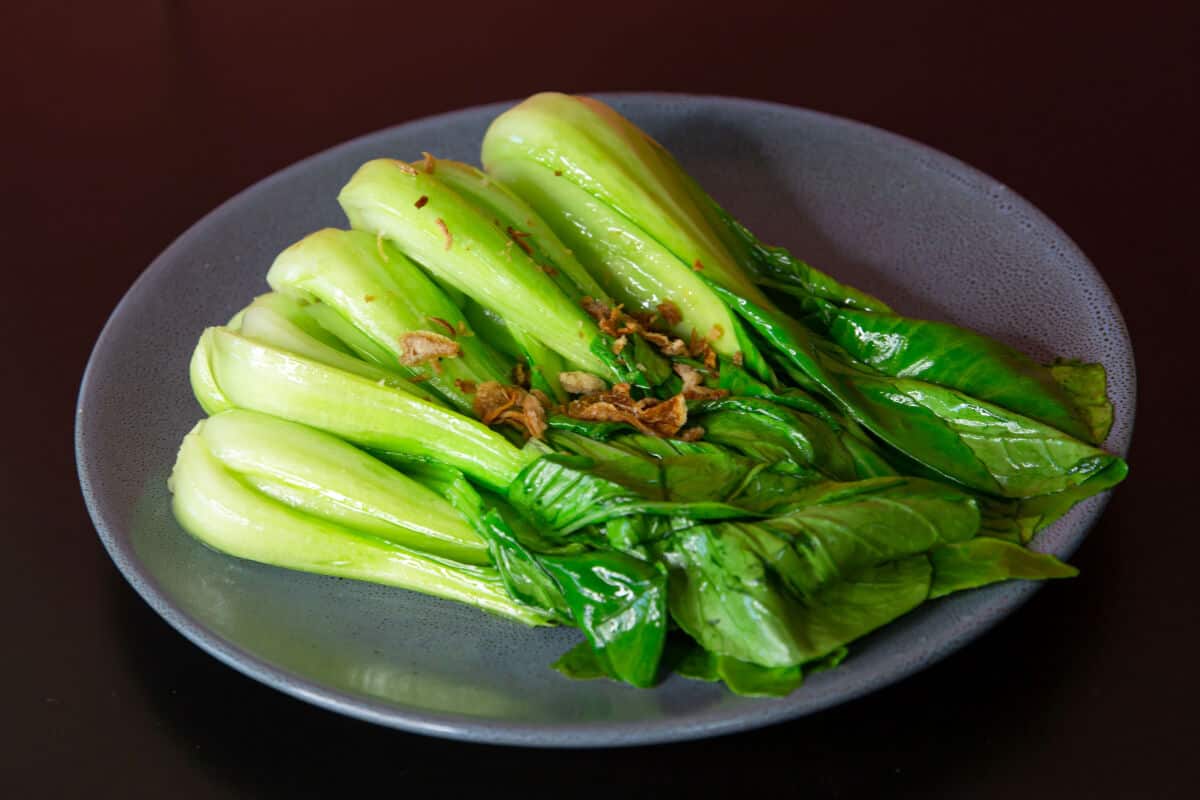
Asian greens is a catch-all term for any leafy green vegetable common to Asian cooking, including bok choy, choy sum, and Chinese broccoli.
Asian Noodles
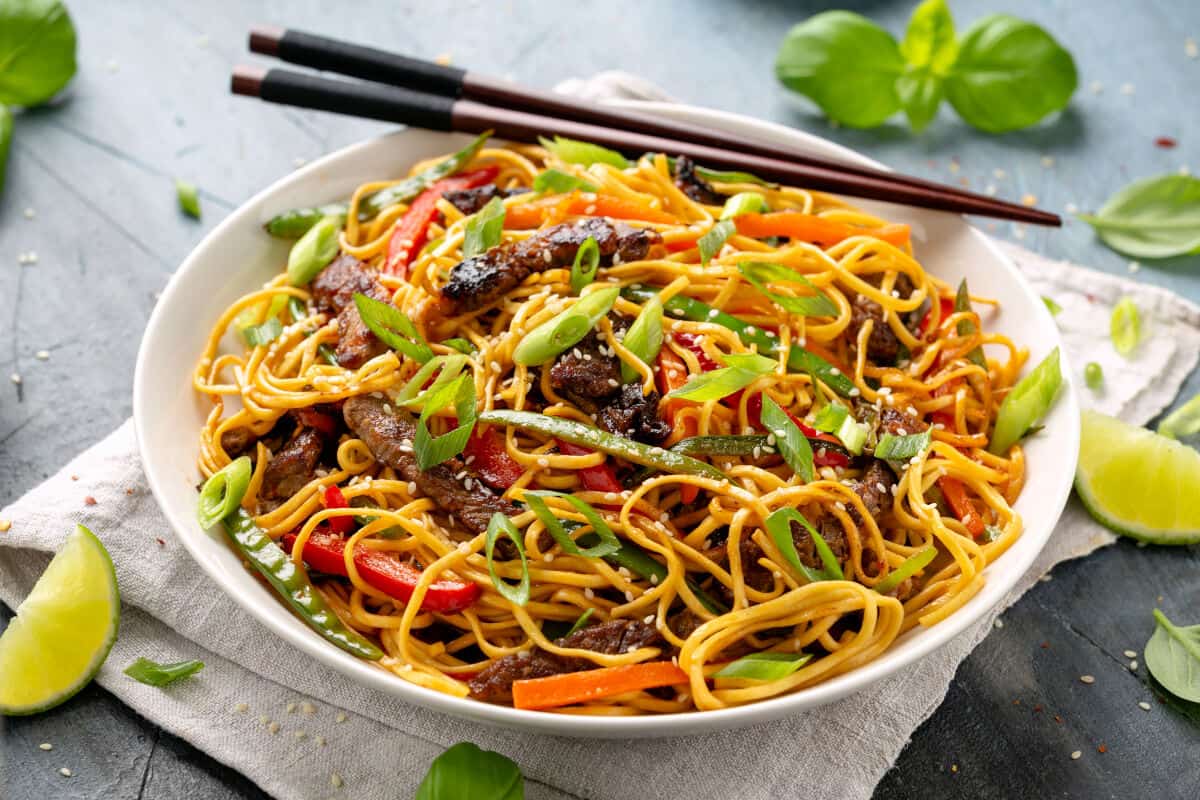
Asian noodles are any kind of noodle used in Asian cuisine. Common examples include lo mein, chow mein, udon, and ramen.
Asida
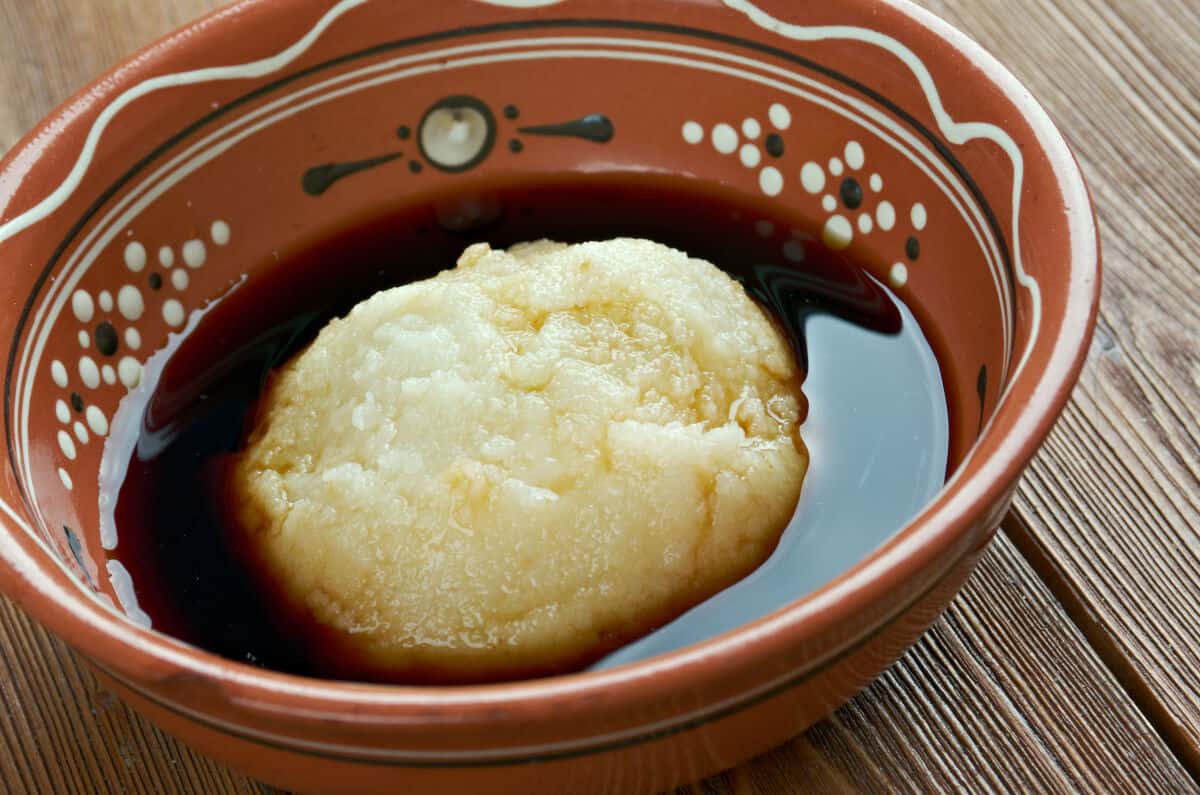
Asida is an African staple food eaten throughout the sub-Saharan region. Made from grains such as corn or red millet, and used to scoop and eat stew by hand.
Asopao
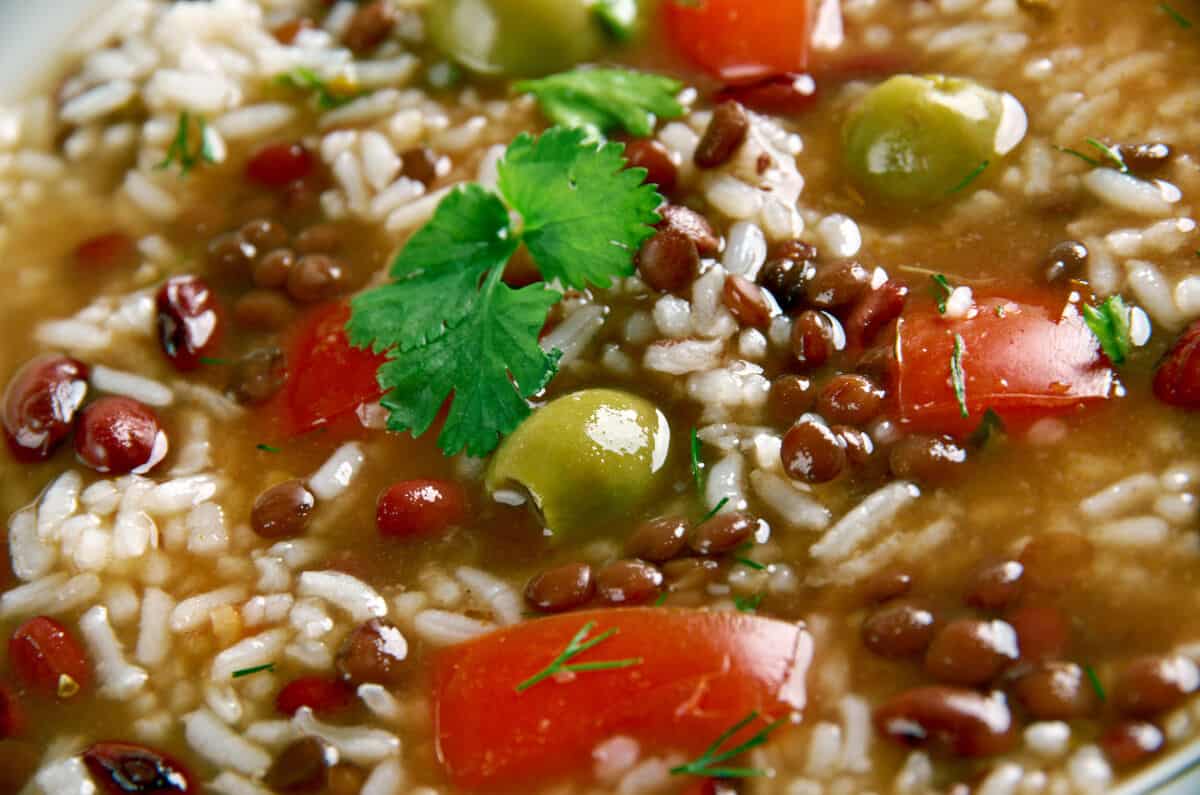
Asopao is a Puerto Rican stew made with seafood, chicken, beef, or pork plus vegetables and flavored with broth, wine, and bay leaf.
Aspic
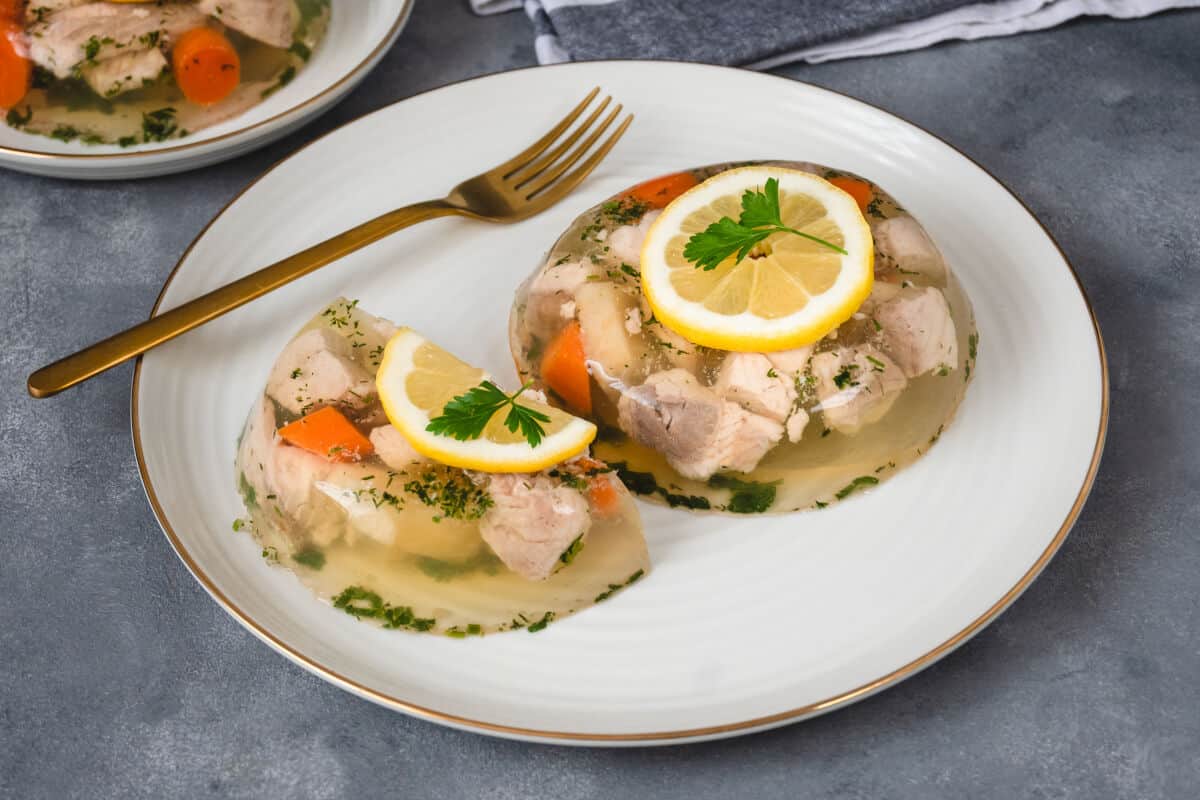
Aspic is a savory gelatin, also known as meat jelly. Made with broth or stock and usually prepared in a mold and filled with chunks of meat, seafood, eggs, or vegetables.
Avgolemono Soup
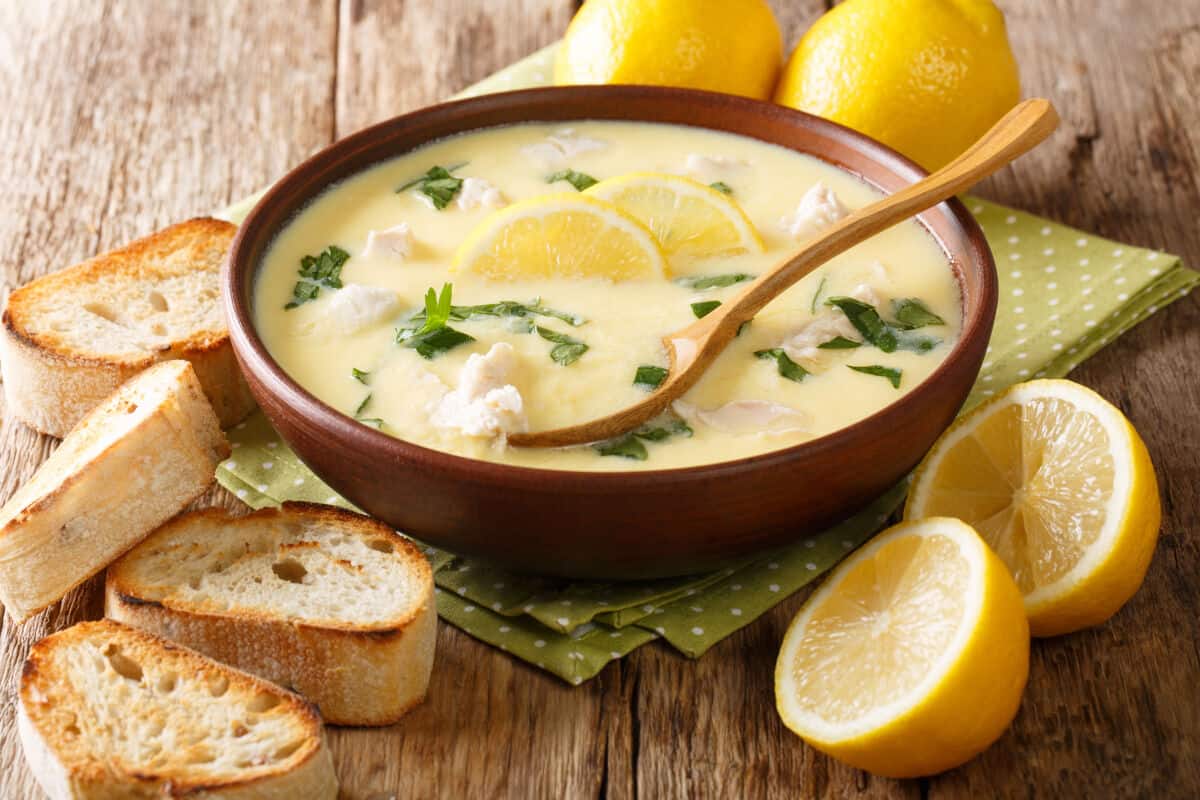
Avgolemono Soup is a rich Greek soup made with chicken, broth, lemon juice, and egg yolk. May be served as a sauce minus the broth.
Final Thoughts
You made it! Not that we expect anyone to read the whole list, mind you. Hopefully, you found what you were looking for and now know what that mystery ingredient really is. Or, maybe you’ll finally try that thing you saw at the grocery store but didn’t know what to do with it.
Trying new foods is always fun, so keep browsing our lists for even more ideas!
Thanks for reading. What letter will you try next?


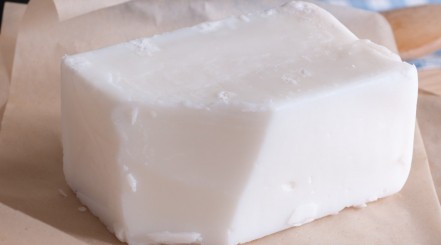
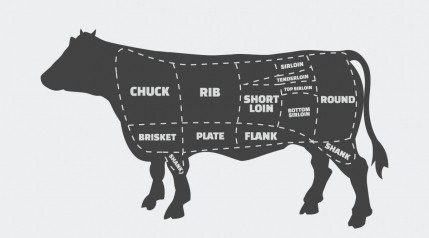

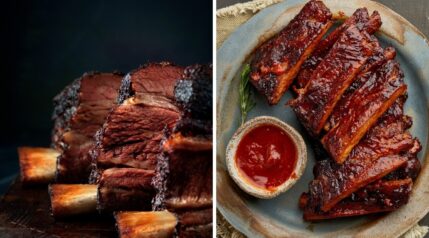
0 Comments